Edible Flowers
Everyone knows that some flowers are edible, but the question has always been “well, which ones?”
To answer that question, we’ve used several academic sources to put together a complete, comprehensive list of flowers that are safe for human consumption. Consisting of over 80 species, this guide includes identification pictures and outlines each flower’s flavor, color, common uses, and other essential details to ensure your edible flower journey is both safe and delightful.
Edible Flowers List
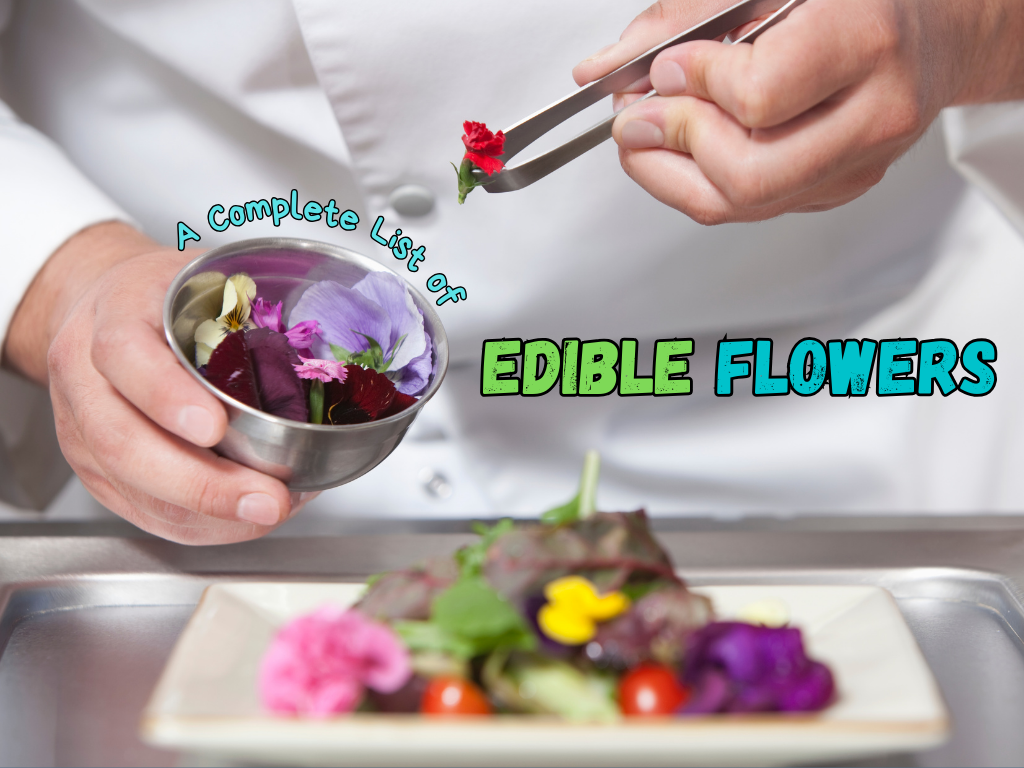
(scroll to the right for more headings if unable to see entire chart)
| Identification | Name | Flavor | Flower Color | Common Uses | Important Considerations |
|---|---|---|---|---|---|
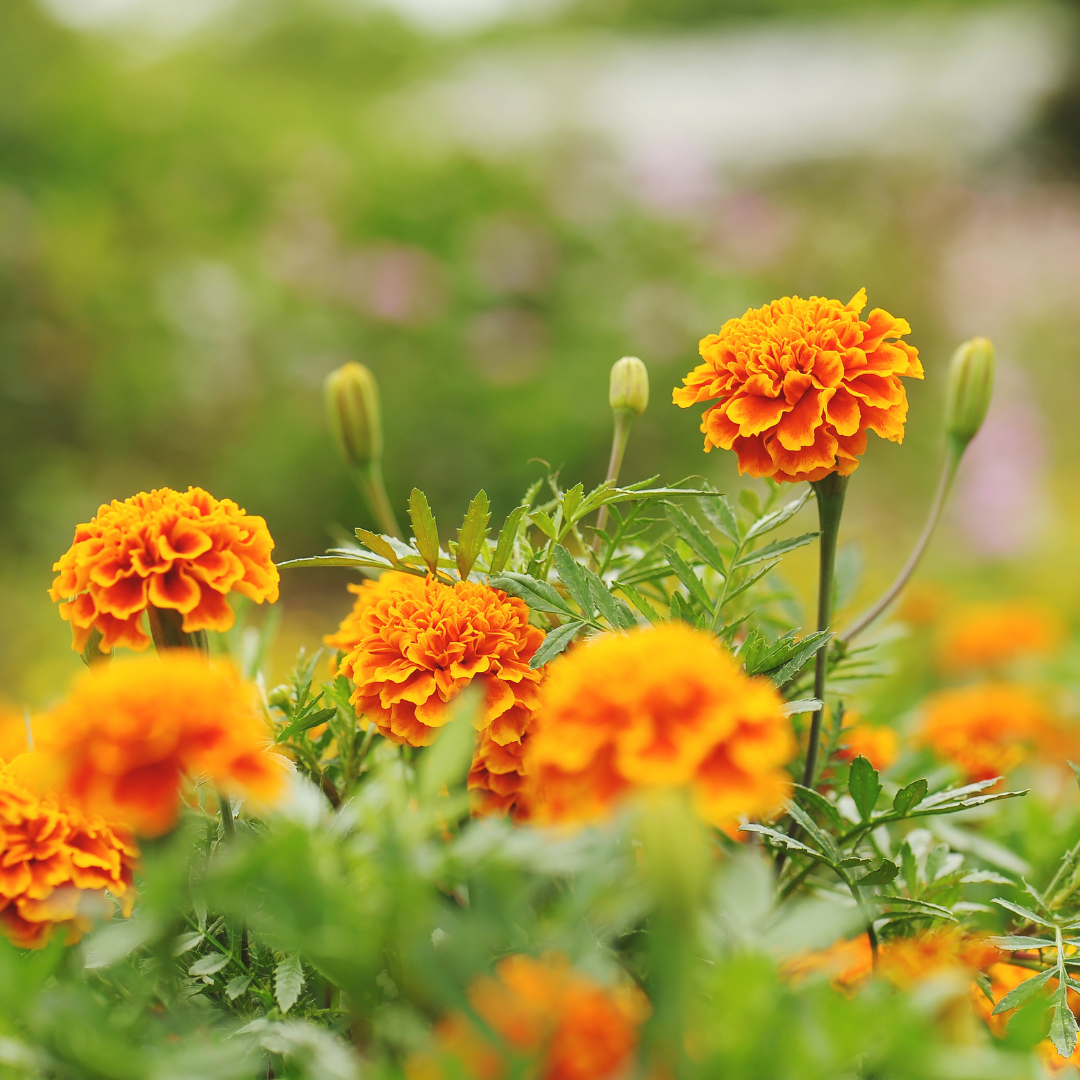 | African marigold Tagetes erecta | Variable; some cultivars are strong and bitter | White, gold, yellow, red | Used in salads or as a garnish | Typically just ornamental. |
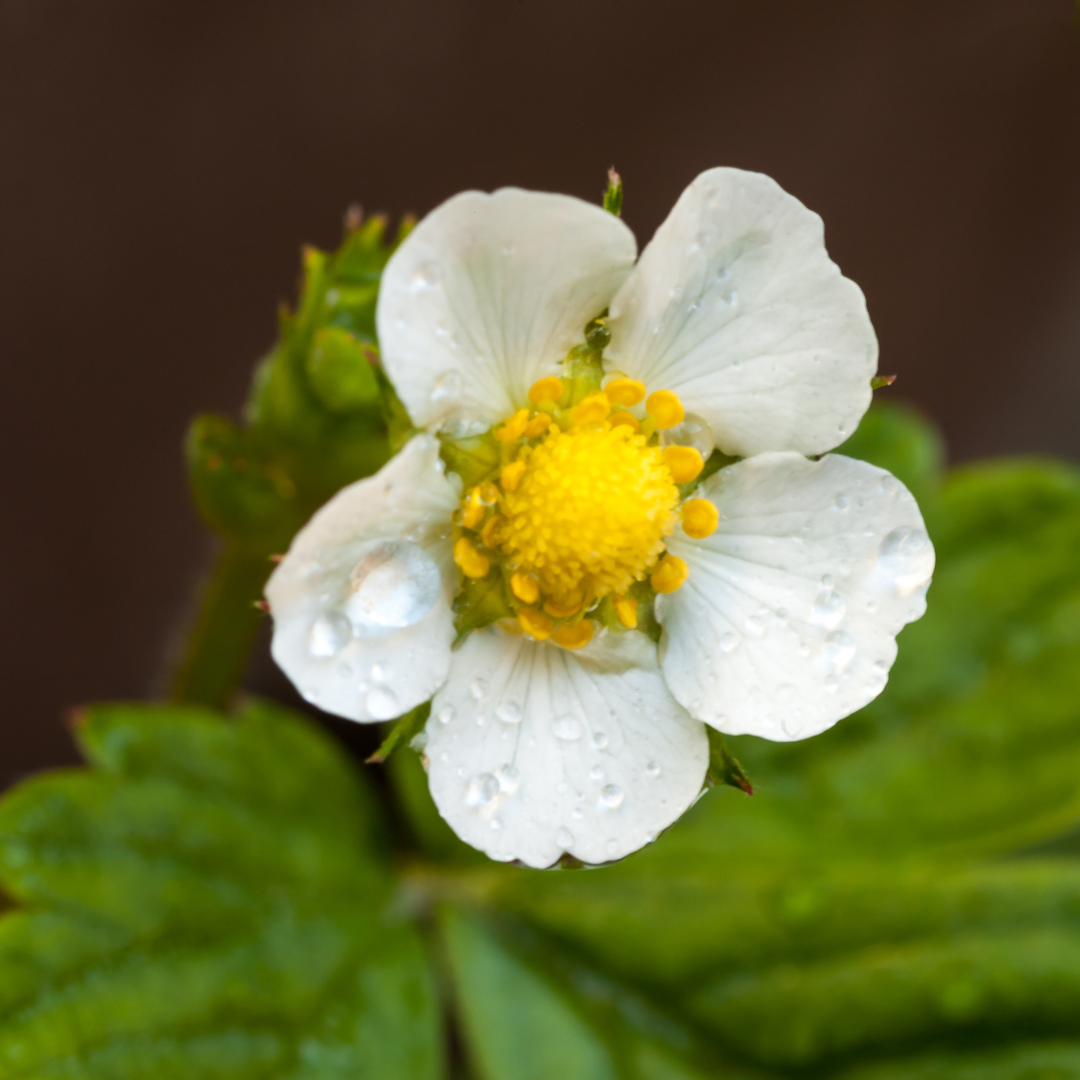 | Alpine Strawberry Fragaria vesca var. vesca | Strawberry Flavor | White | Tea | Leaves can also be used in tea. |
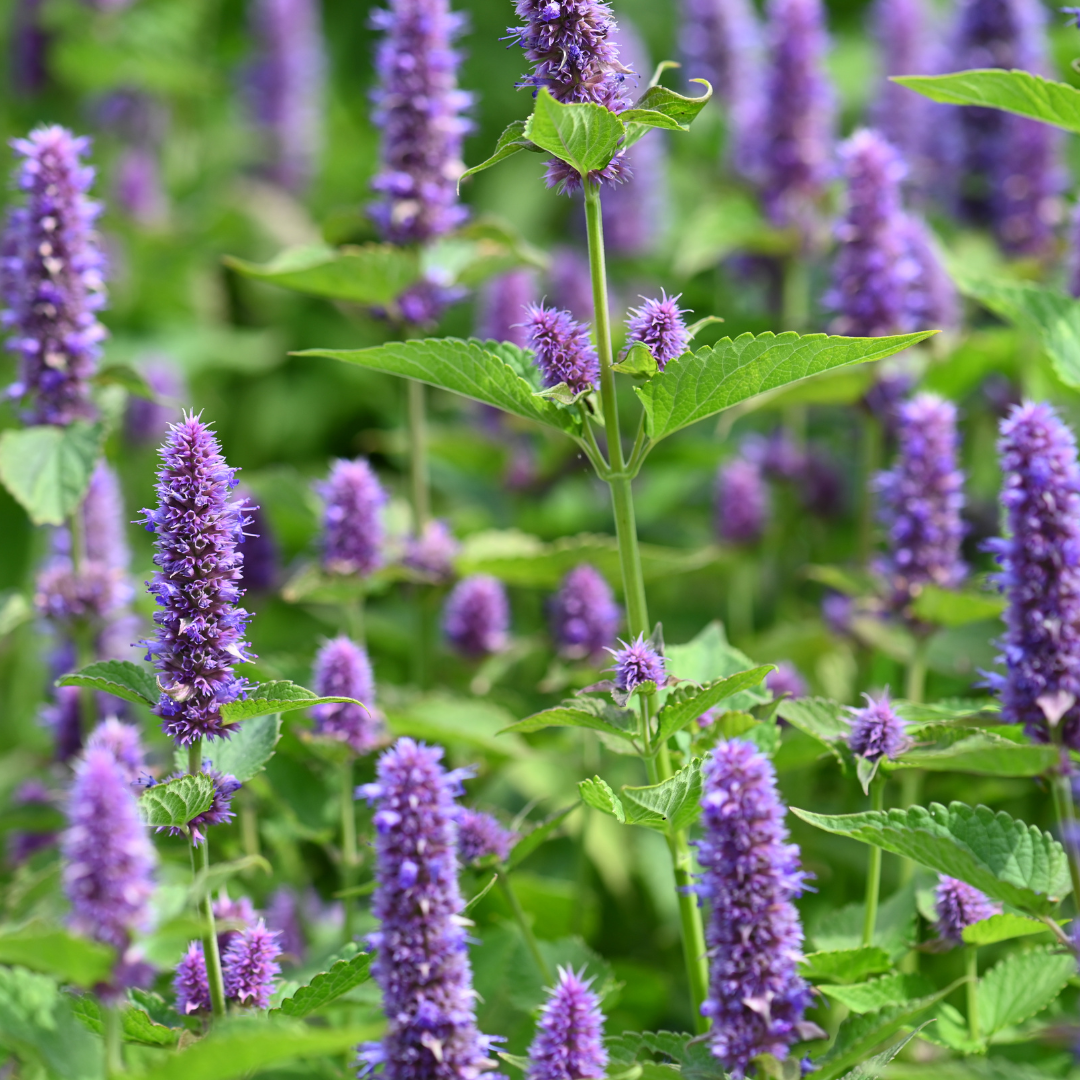 | Anise hyssop Agastache foeniculum Anise | Strong anise, sweet, licorice | Lavender | Use as a seasoning, in tea, or as potpourri. | Licorice scent. |
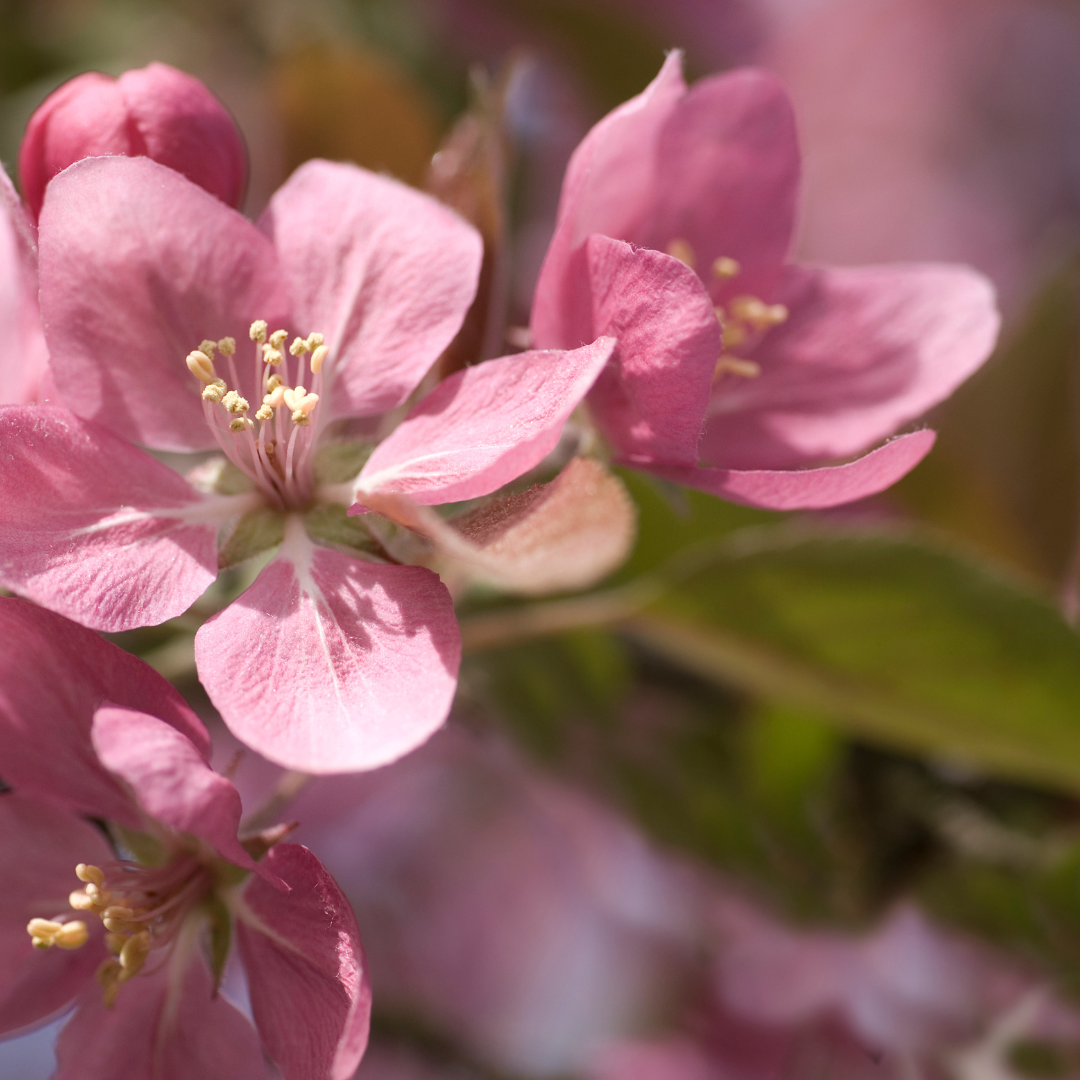 | Apple or crabapple Malus spp. | Slightly floral to sour | White to pink | Salads, mixed with syrups | Eat in moderation because flowers contain cyanide precursors. |
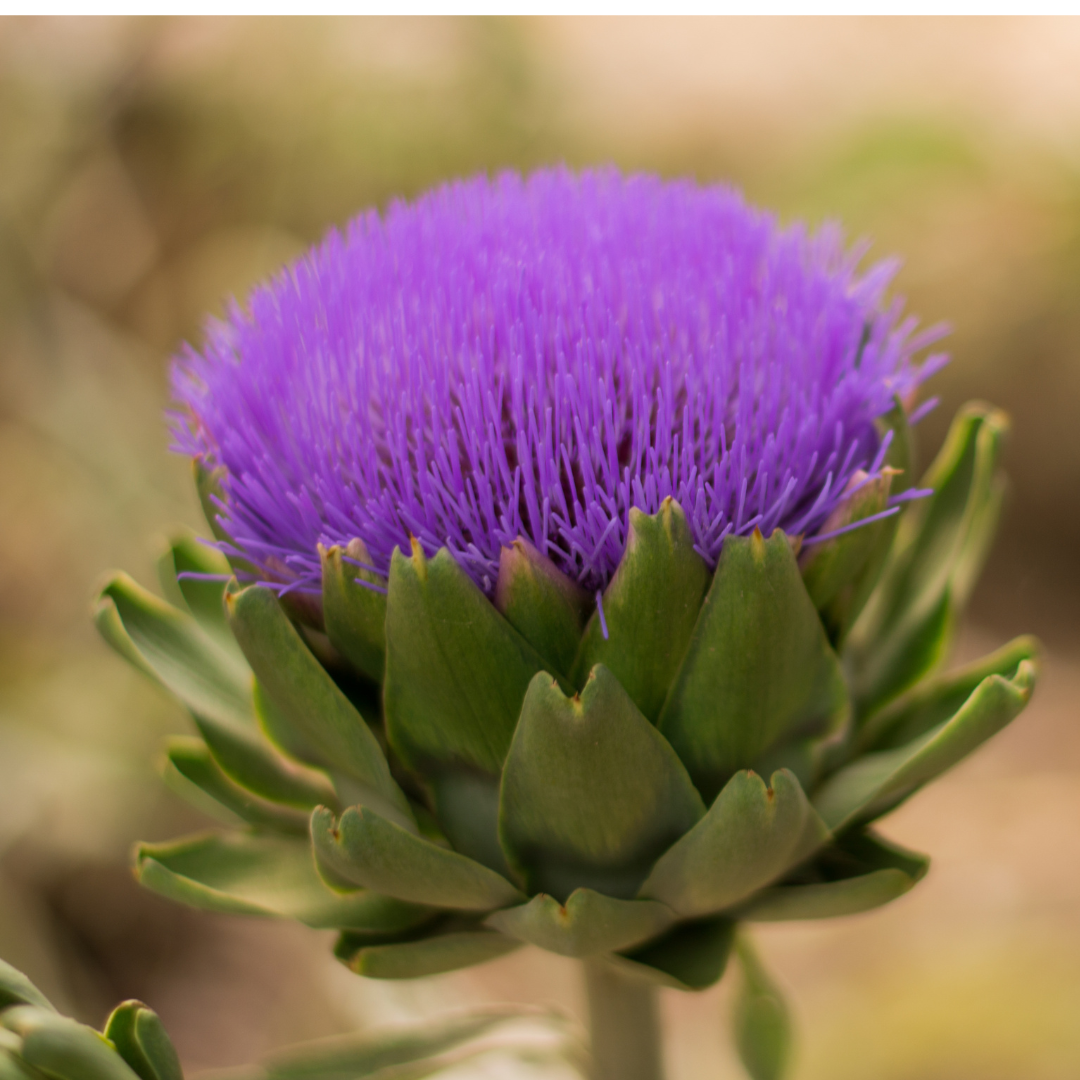 | Artichoke Cynara scolymus | Artichoke | Immature head: green | Use flowers to make tea. | |
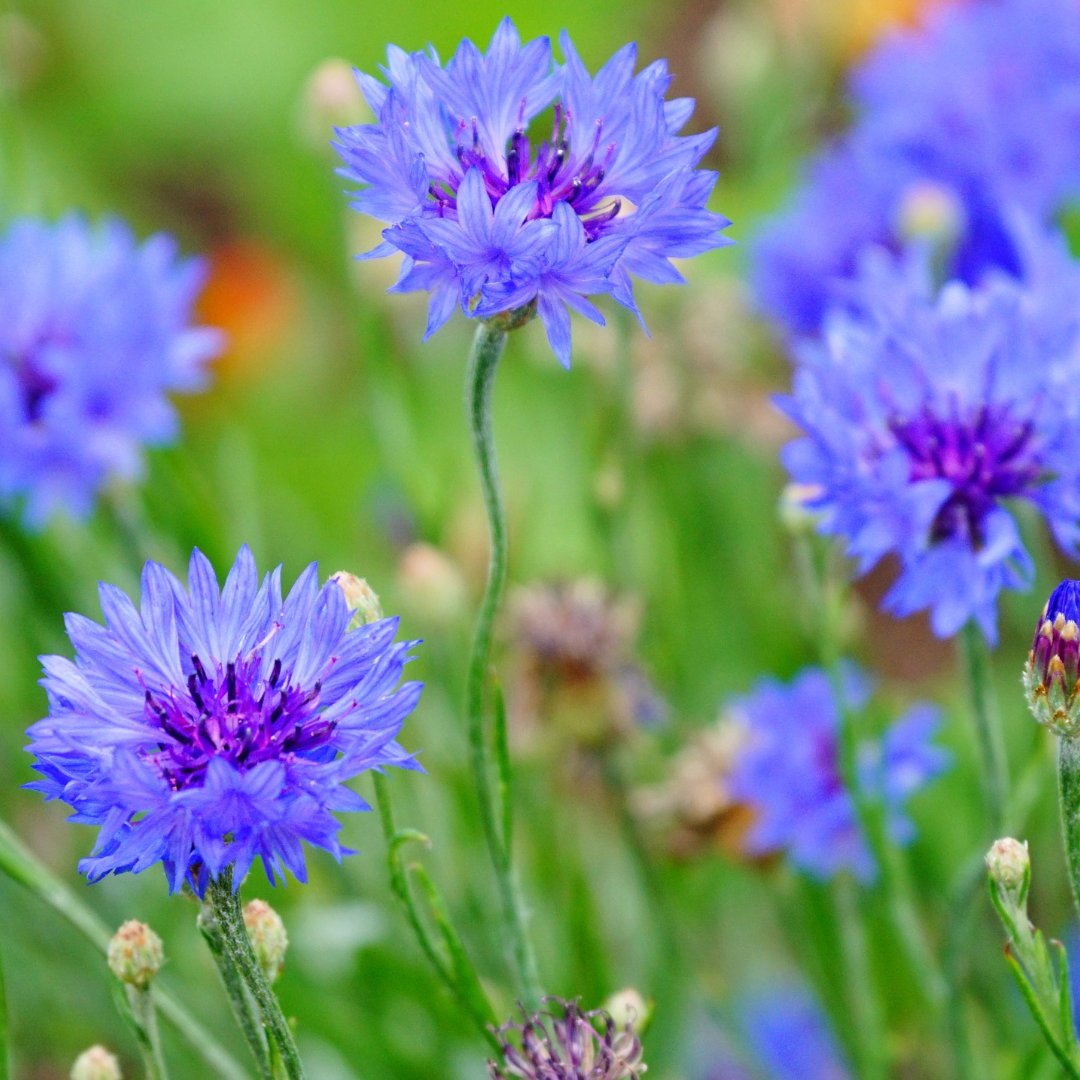 | Bachelor’s Button Centaurea cyanus | Spicy | White, pale pink | Eaten fresh or dried for tea | The tiny green leaves just below the flower are bitter. |
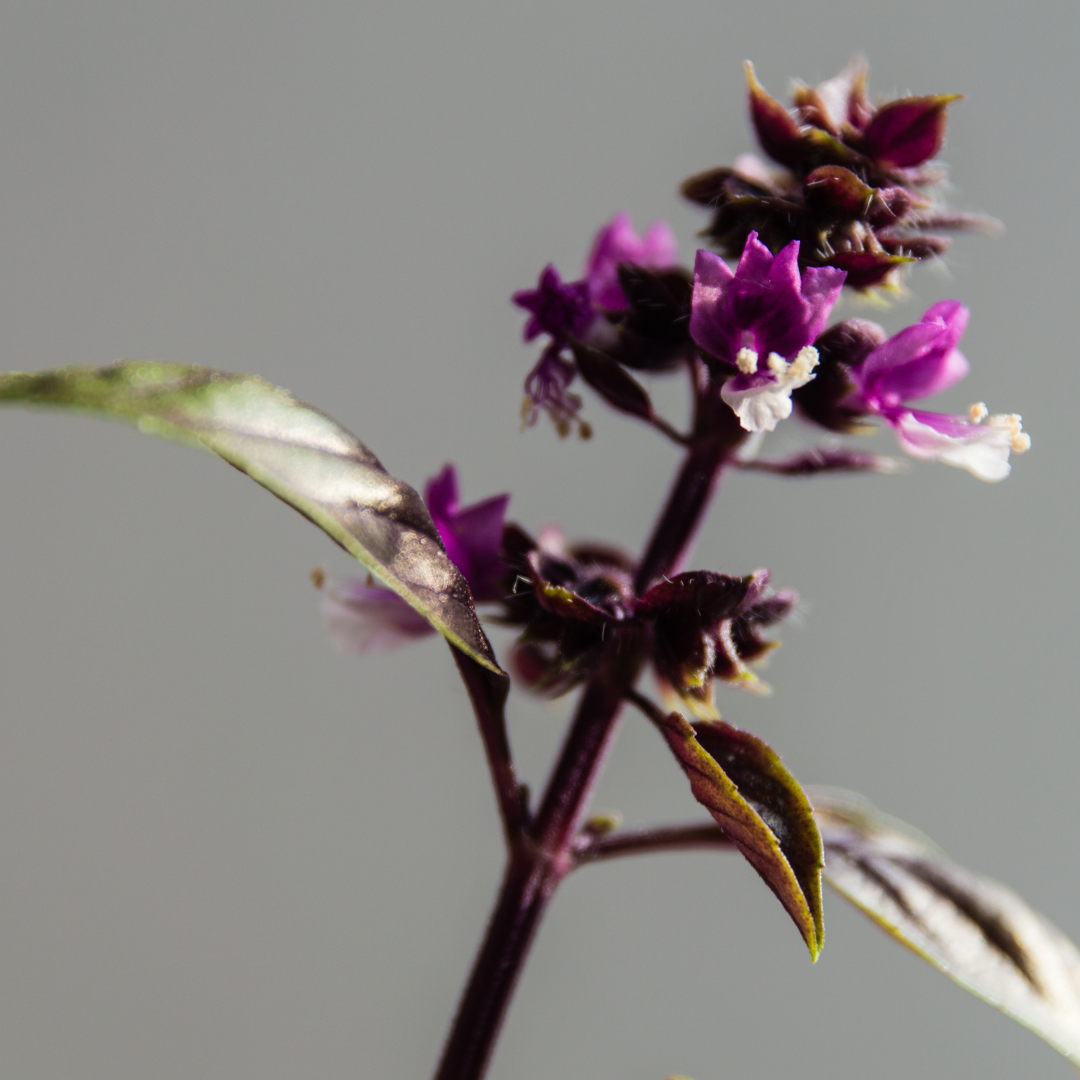 | Basil Ocimum basilicum | Milder than leaves, spicy | White to pale pink | Garnish, salads | |
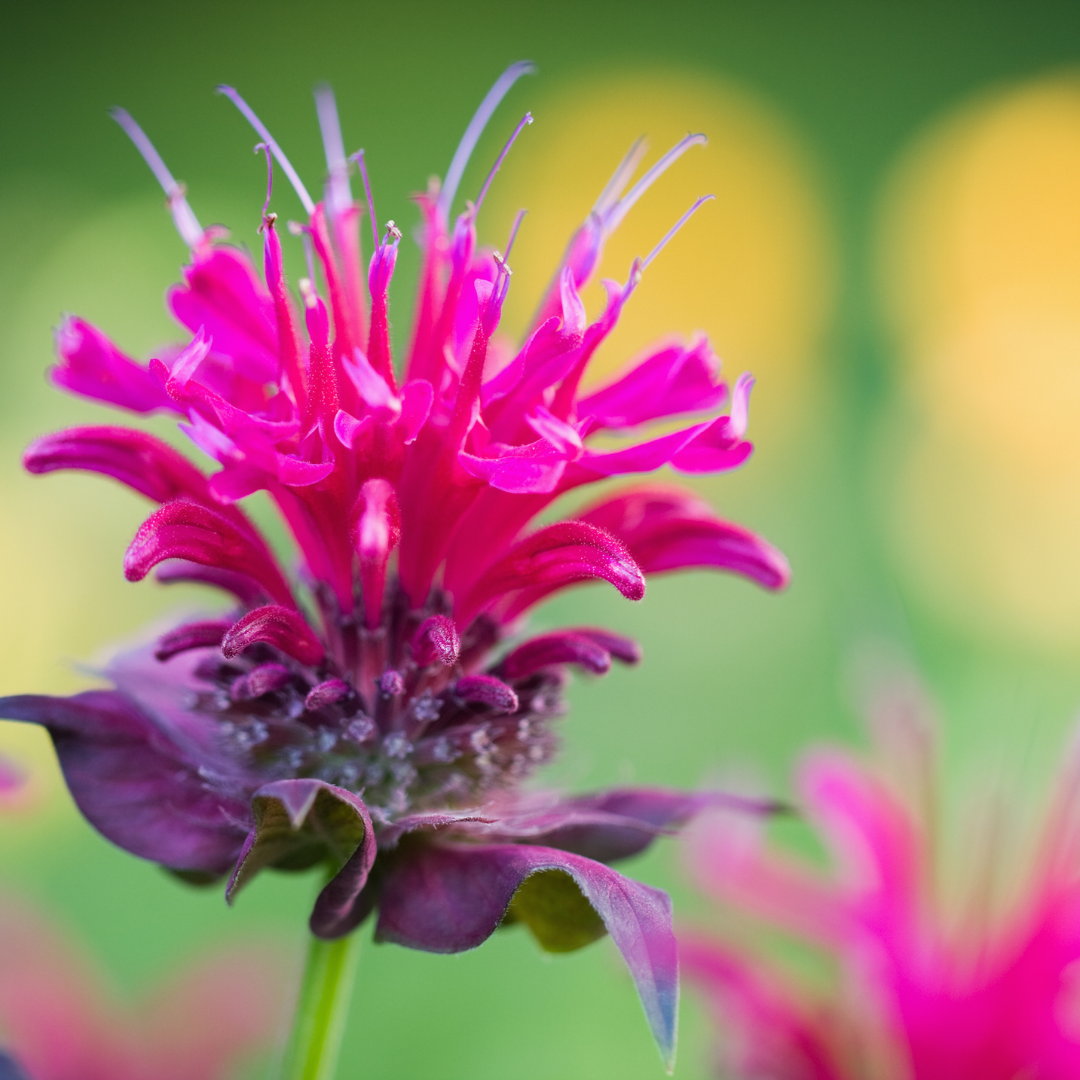 | Bergamot, bee balm, Oswego tea Monarda didyma | Tea-like, more aromatic than leaves | Red, pink, white, lavender | Tea, medicinal purposes, used as a spice | Also attracts hummingbirds and butterflies. |
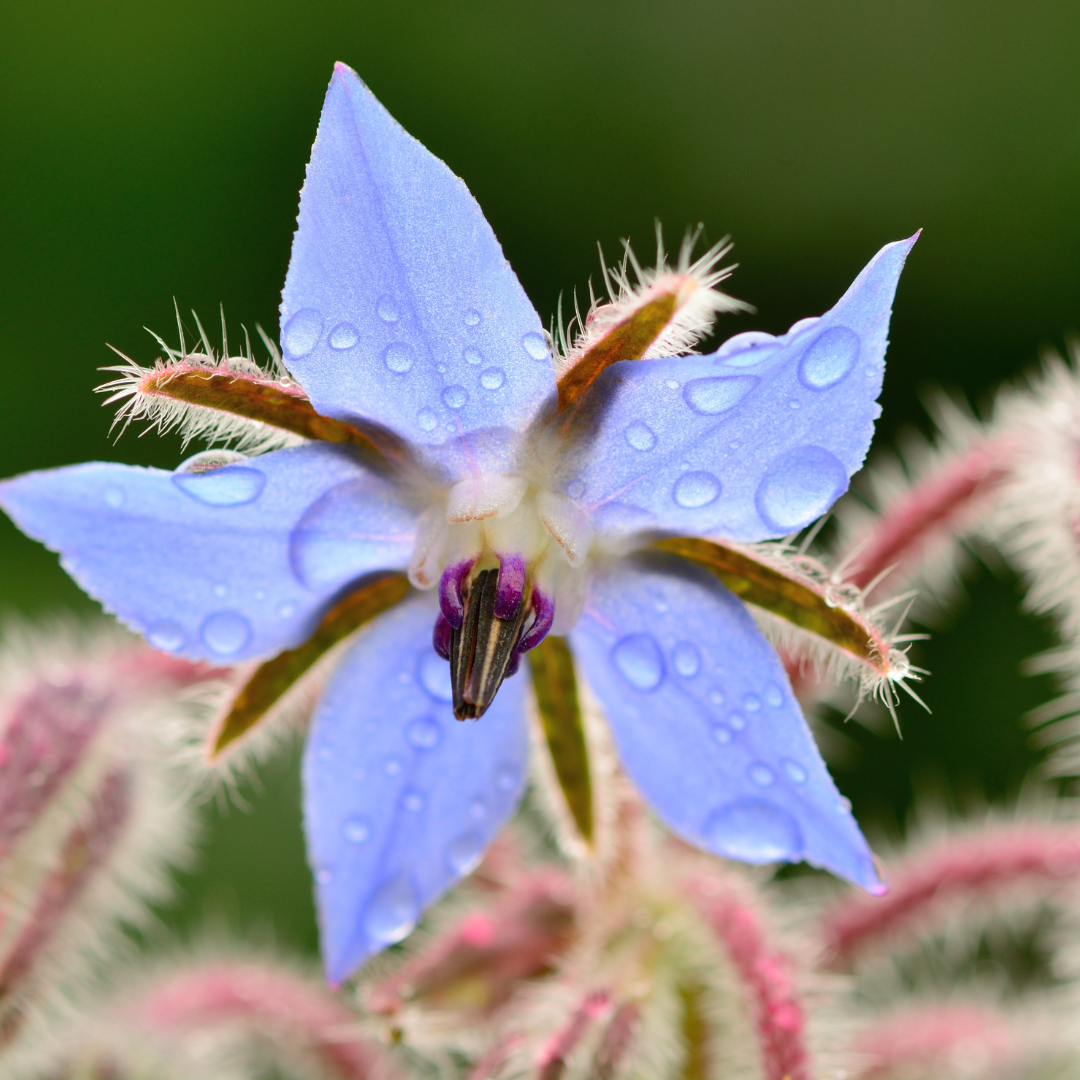 | Borage Borago officinalis | Cucumber | Blue, purple to lavender | Garnish, salads | Nice in combination with nasturtium. Use sparingly—may have diuretic effect. |
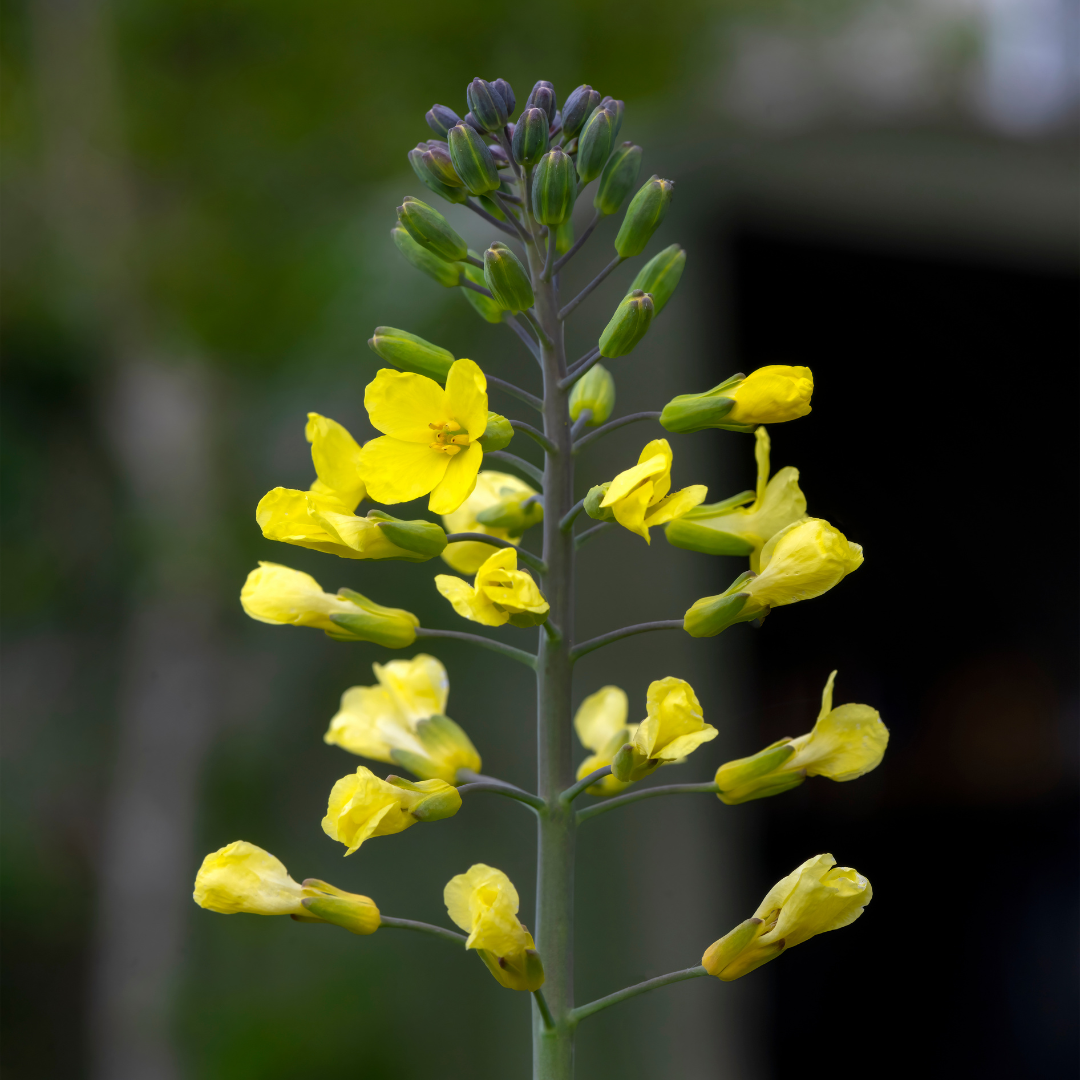 | Broccoli, cauliflower Brassica spp. | Broccoli | Buds: blue-green; yellow flower, white buds in cauliflower | Salads, sauté | |
 | Burnet Poterium sanguisorba | Cucumber | Red | Salads, sauces | |
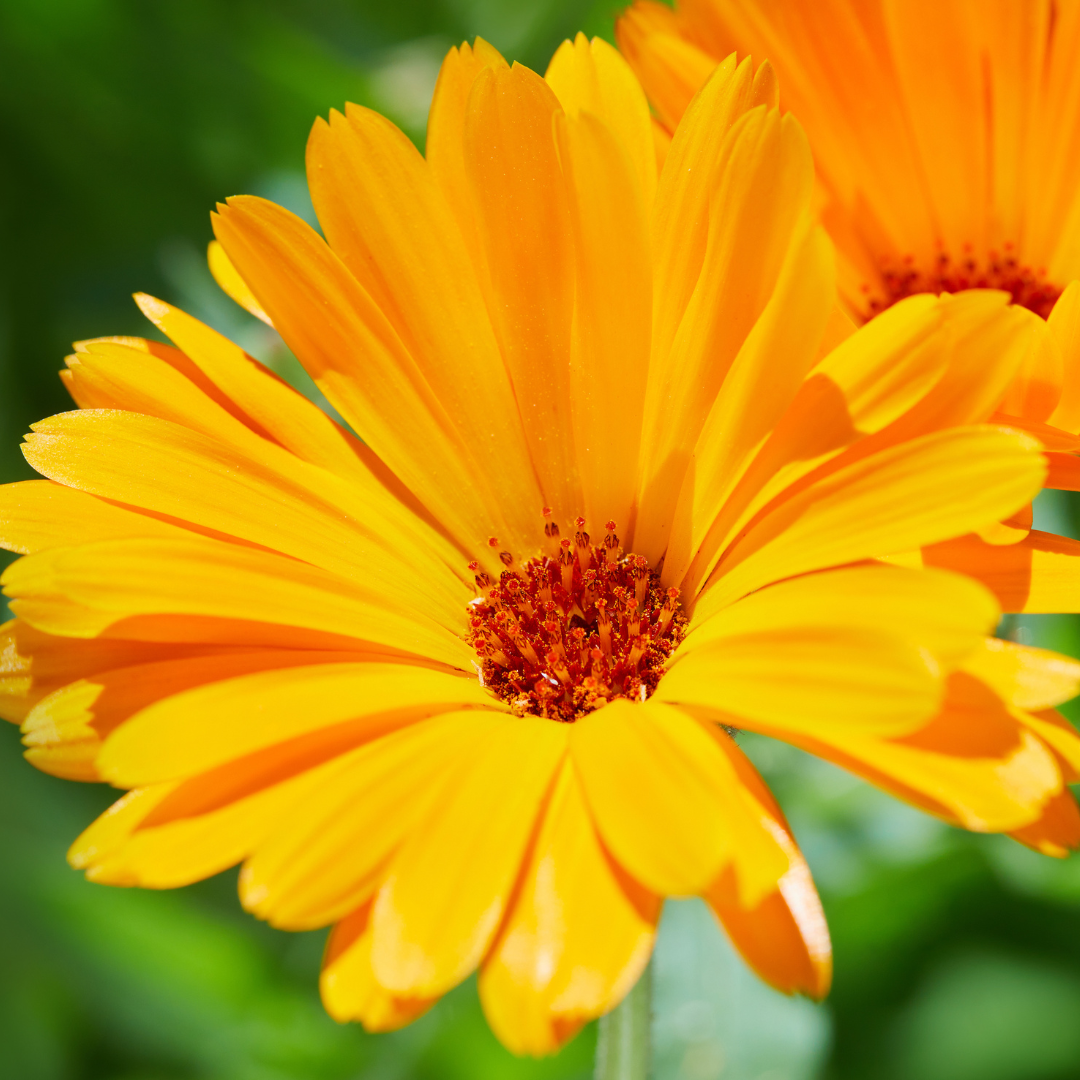 | Calendula, pot marigold Calendula officinalis | Tangy and peppery | Yellow, gold/ orange | Adds color to salads. Use as a garnish in lieu of saffron. Makes a beautiful yellow dye. | |
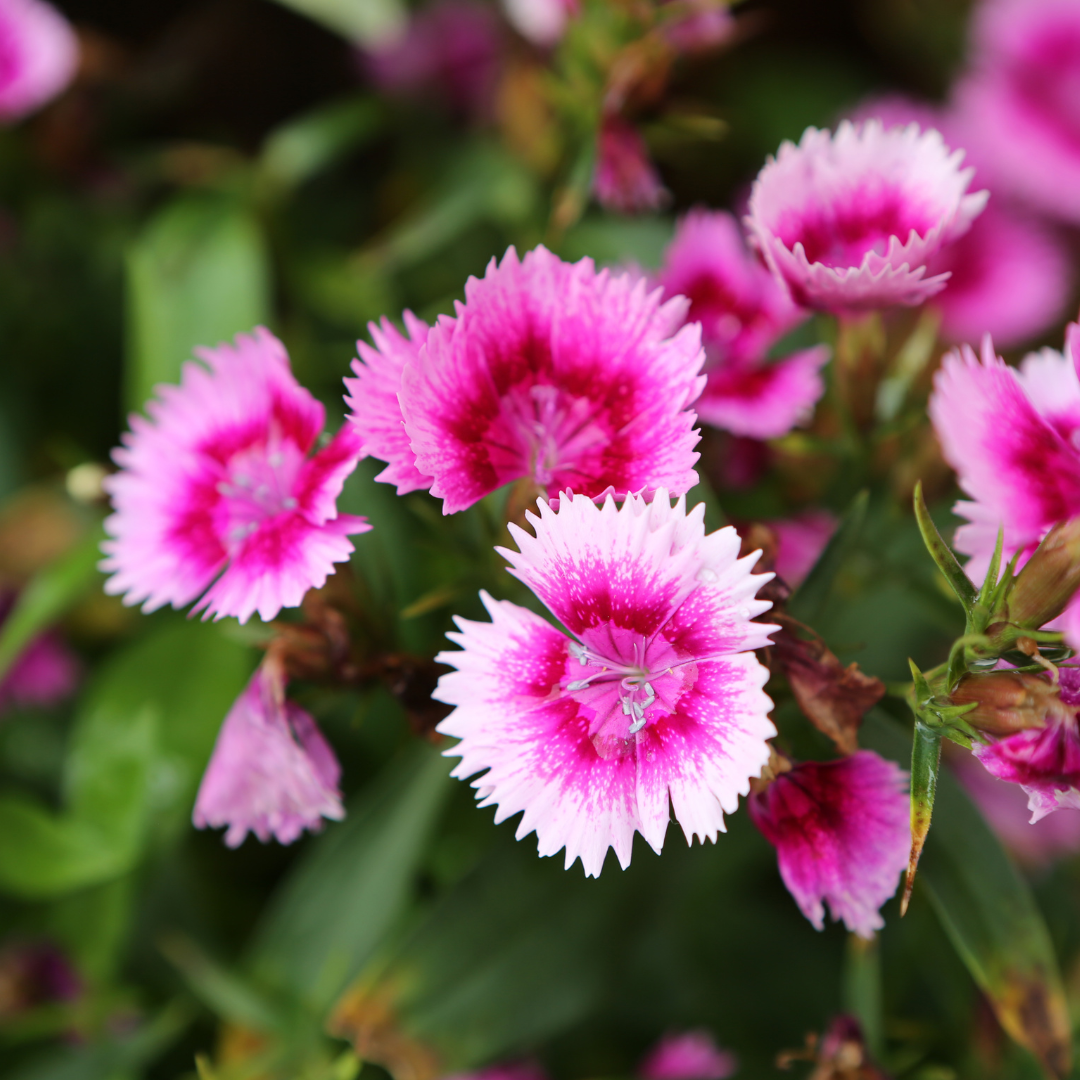 | Carnation Dianthus caryophyllus | Bland or bitter | Red, pink, white, yellow | Salads, sauté | |
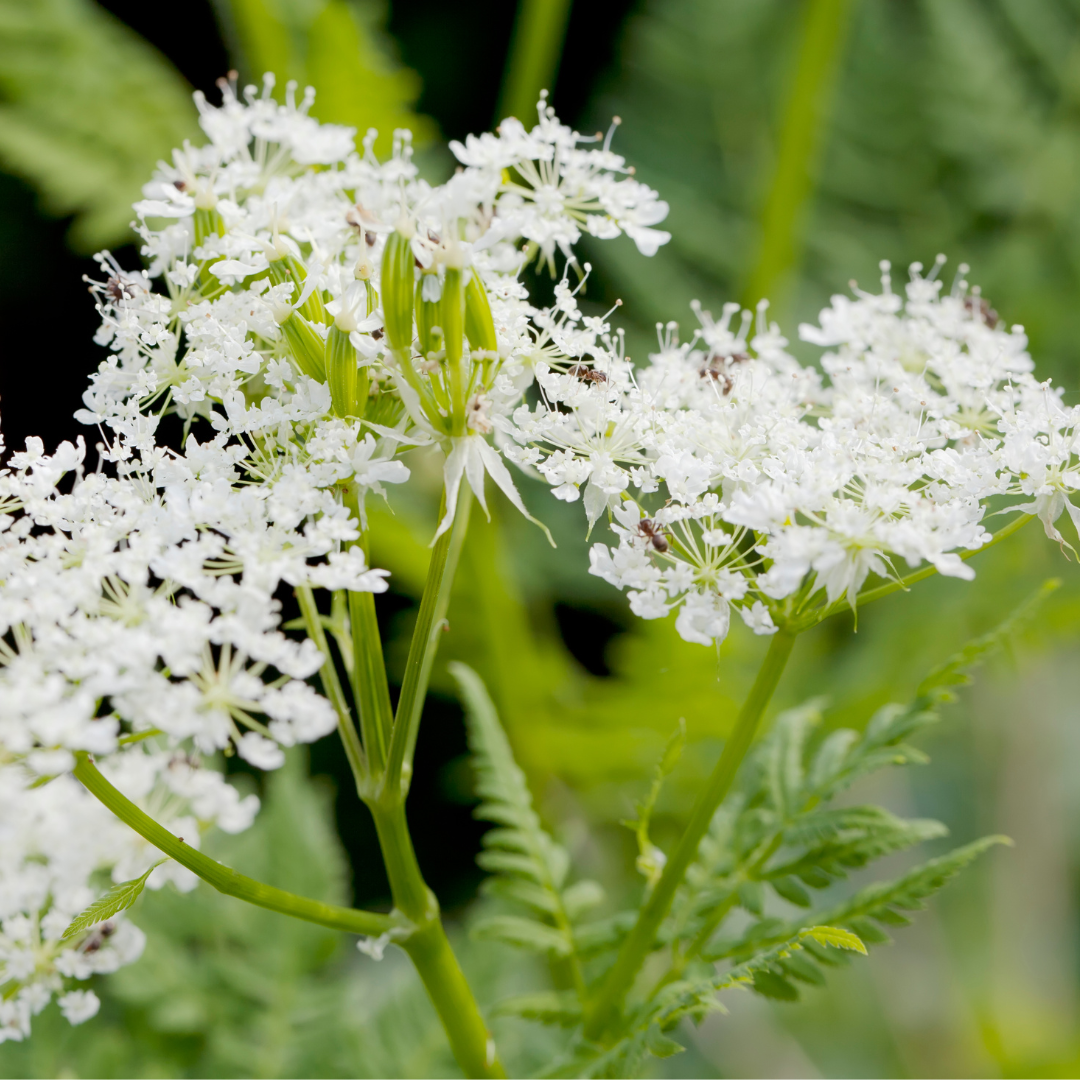 | Chervil Anthriscus cerefolium | Parsley-like, hint of citrus, tarragon | White | Use to season poultry, seafood, and vegetables. Add to omelets, salads, and soups. | |
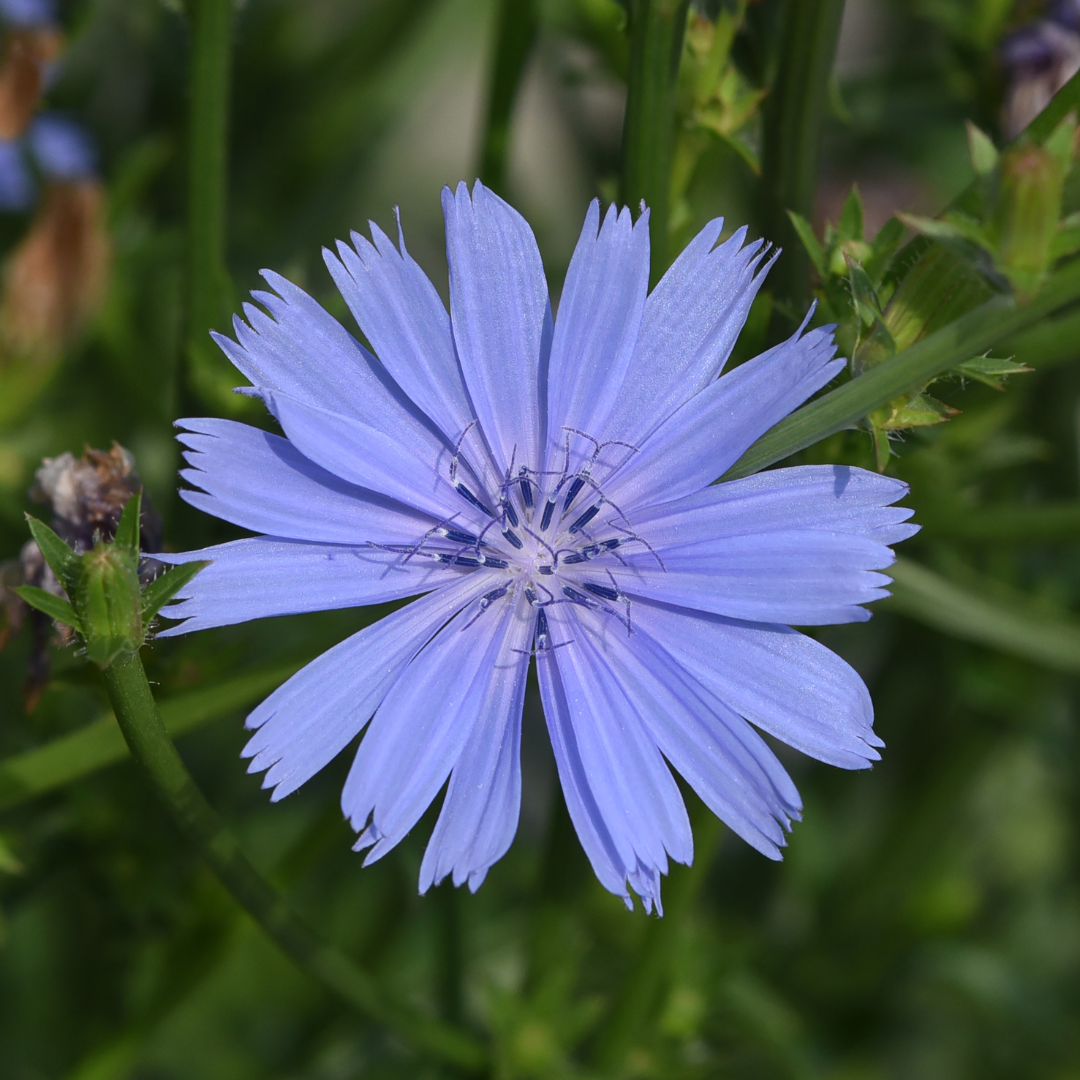 | Chicory Cichorium intybus | Pleasant, mild-bitter similar to endive | Blue to lavender | Eat raw in salads. Brew coffee substitute from root. | |
 | Chive Allium schoenoprasum | Onion, strong | Lavender, red to purple | Use as a garnish. | Avoid eating whole flower. |
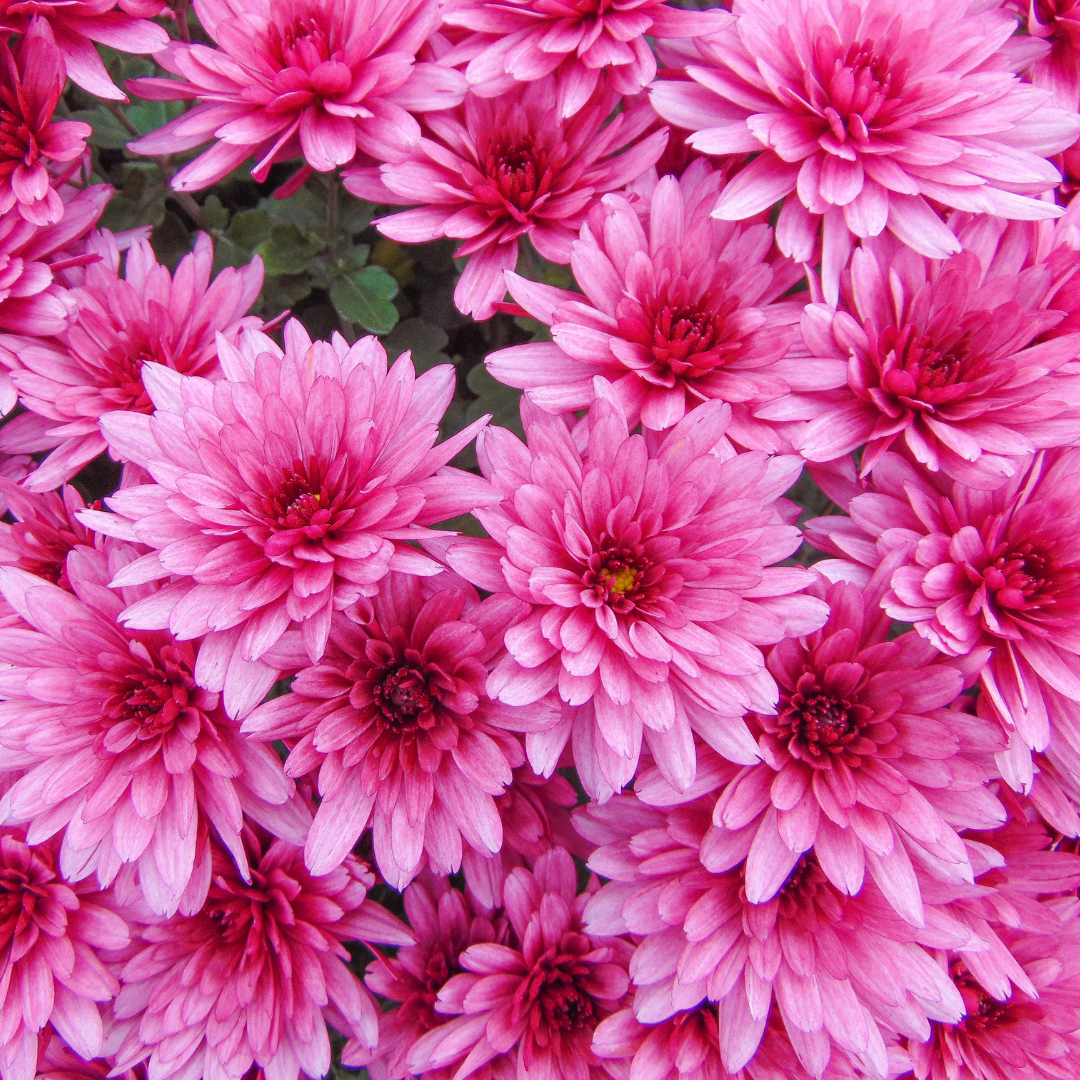 | Chrysanthemum Dendranthema x grandiflorum | Varieties differ, strong to bitter | Red, yellow, pink, orange, purple, white | Used to make a sweet drink in Asia and rice wine in Korea. | Use the florets and remove the bitter, white base of the petal. |
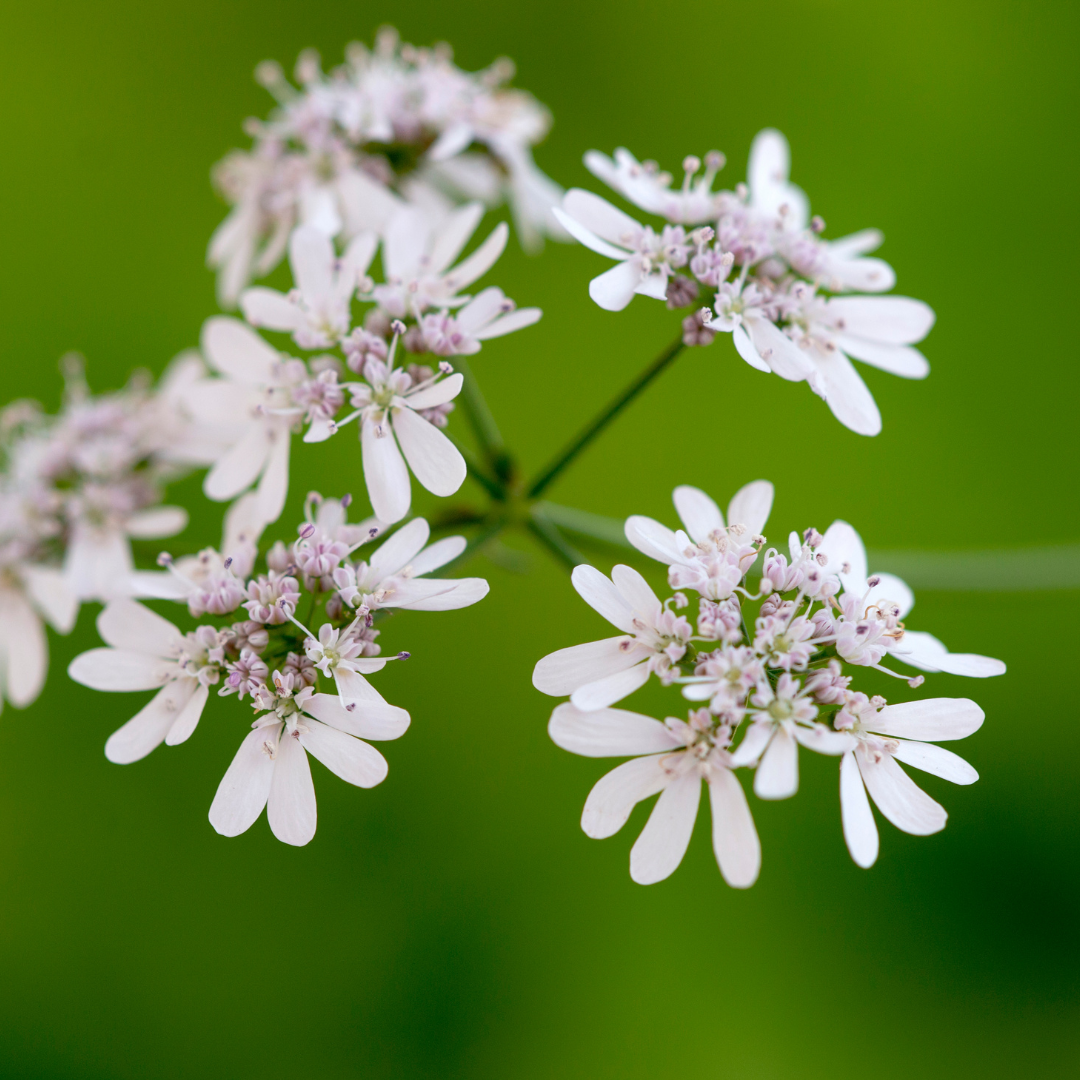 | Coriander/Cilantro Coriandrum sativum | Like leaf but milder | White | Entire plant is edible. | |
 | Cornflower Centaurea cyanus | Mild | White, pink, blue | Garnish, food dye | Petals are edible; the calyx is bitter |
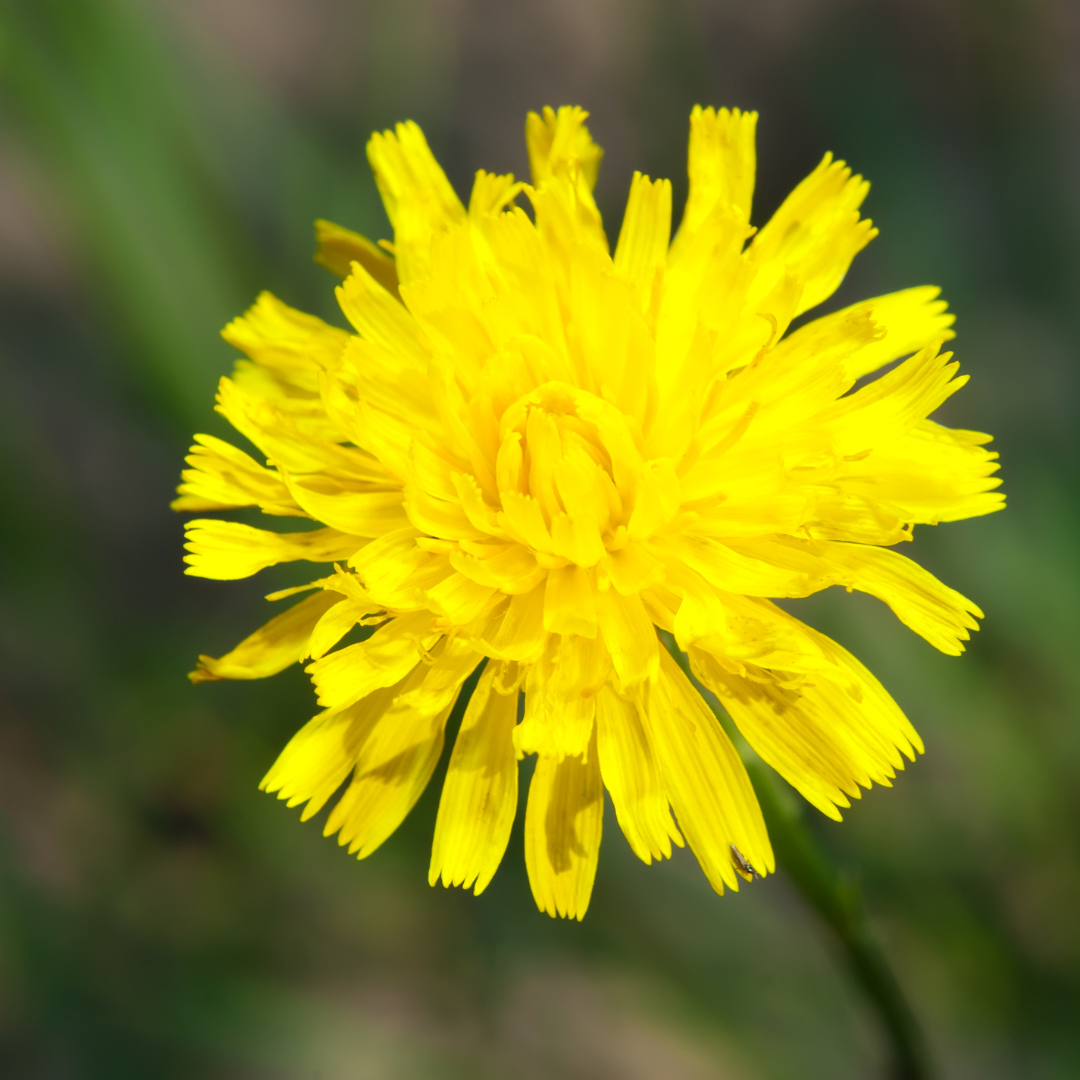 | Dandelion Taraxacum officinale | Bitter | Yellow | Use in dandelion wine, jam, and salads. Root is a coffee substitute. | Eat cooked only. |
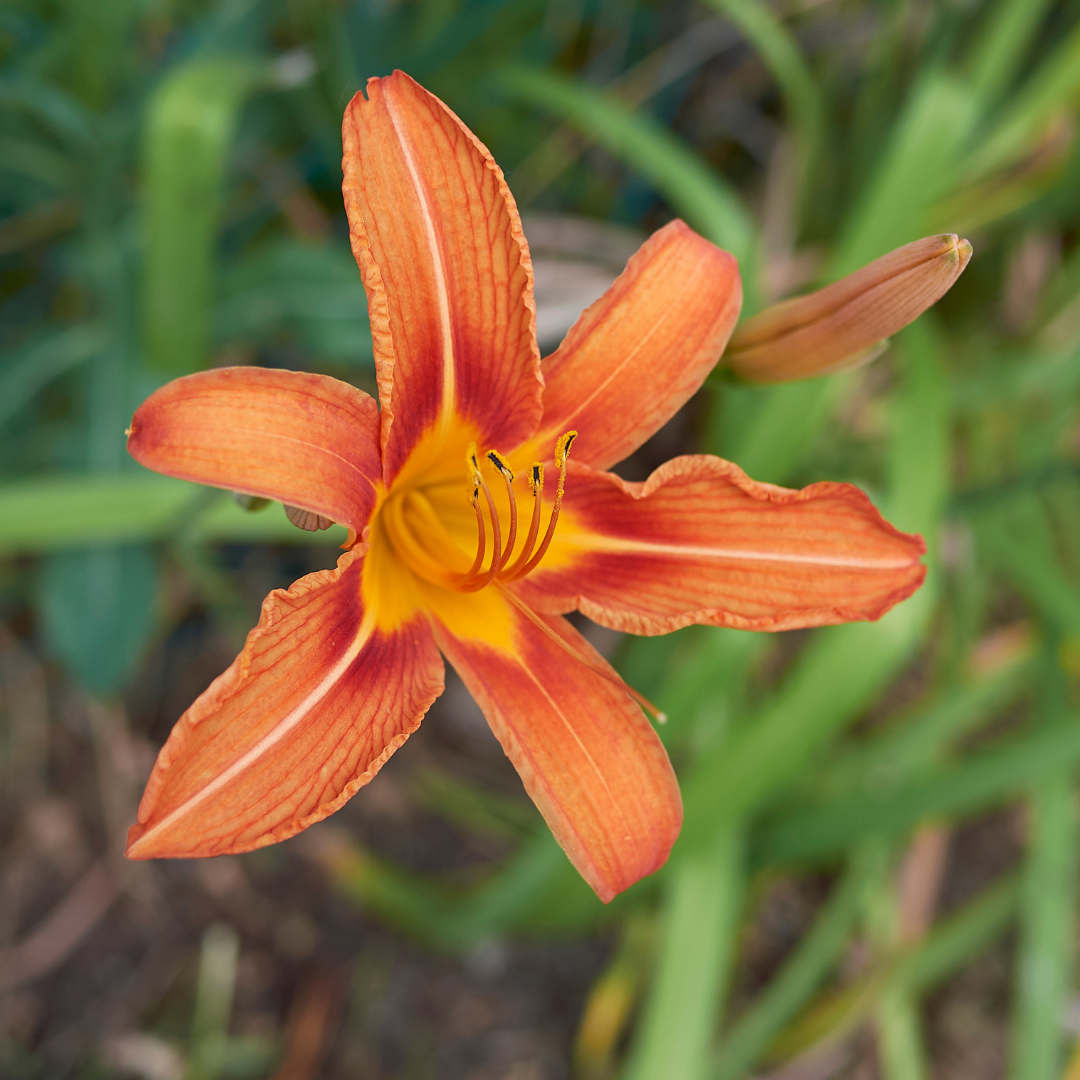 | Daylily Hemerocallis fulva | Cooked, combination of asparagus/zucchini | Tawny orange | All parts are edible. Fresh or dried. Use in soup and many Chinese dishes. | May act as a diuretic or laxative; eat in moderation. |
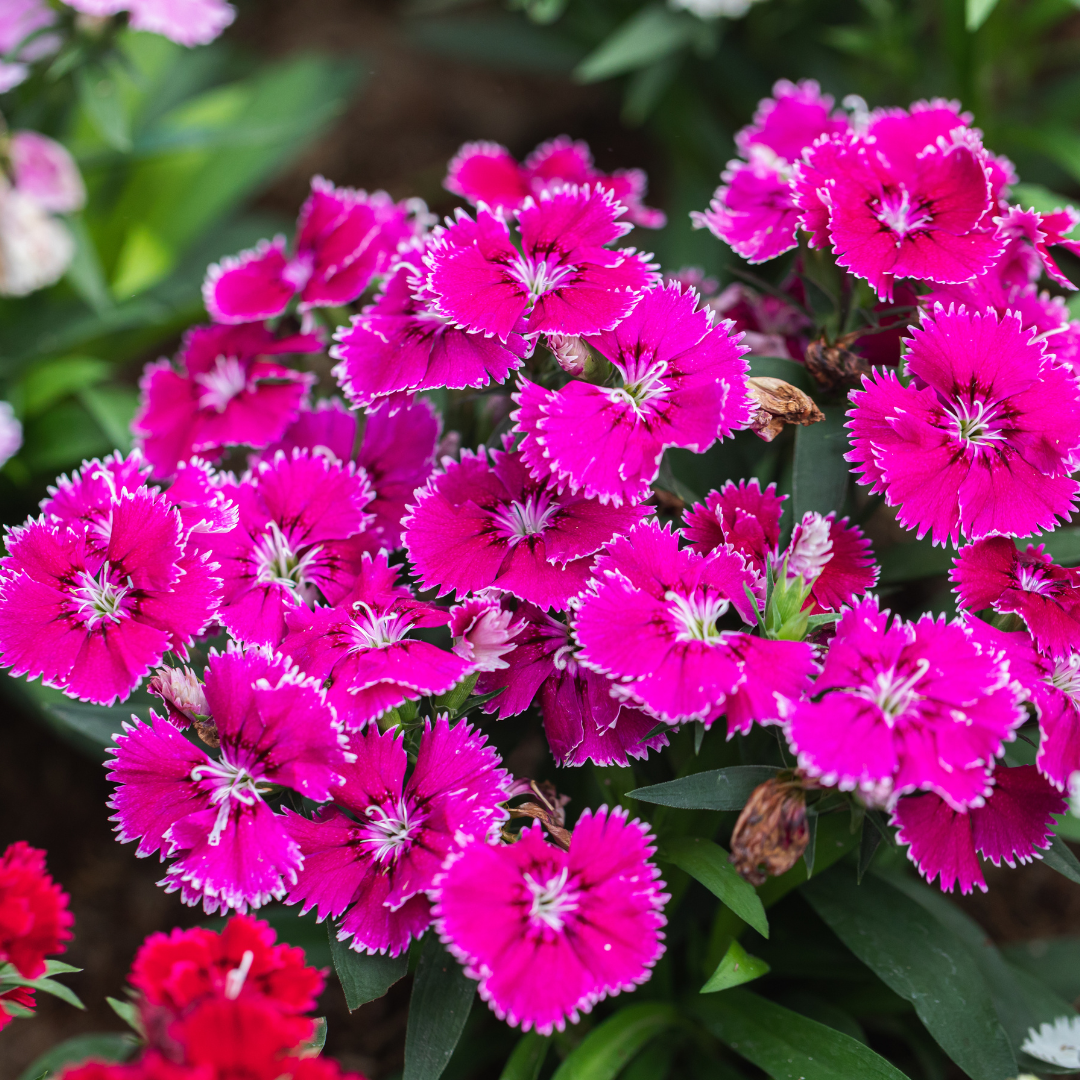 | Dianthus or pinks Dianthus spp. | Spicy, cloves | Pink, white and red | Drinks, salads, decoration | Remove the bitter, narrow base of the petals. |
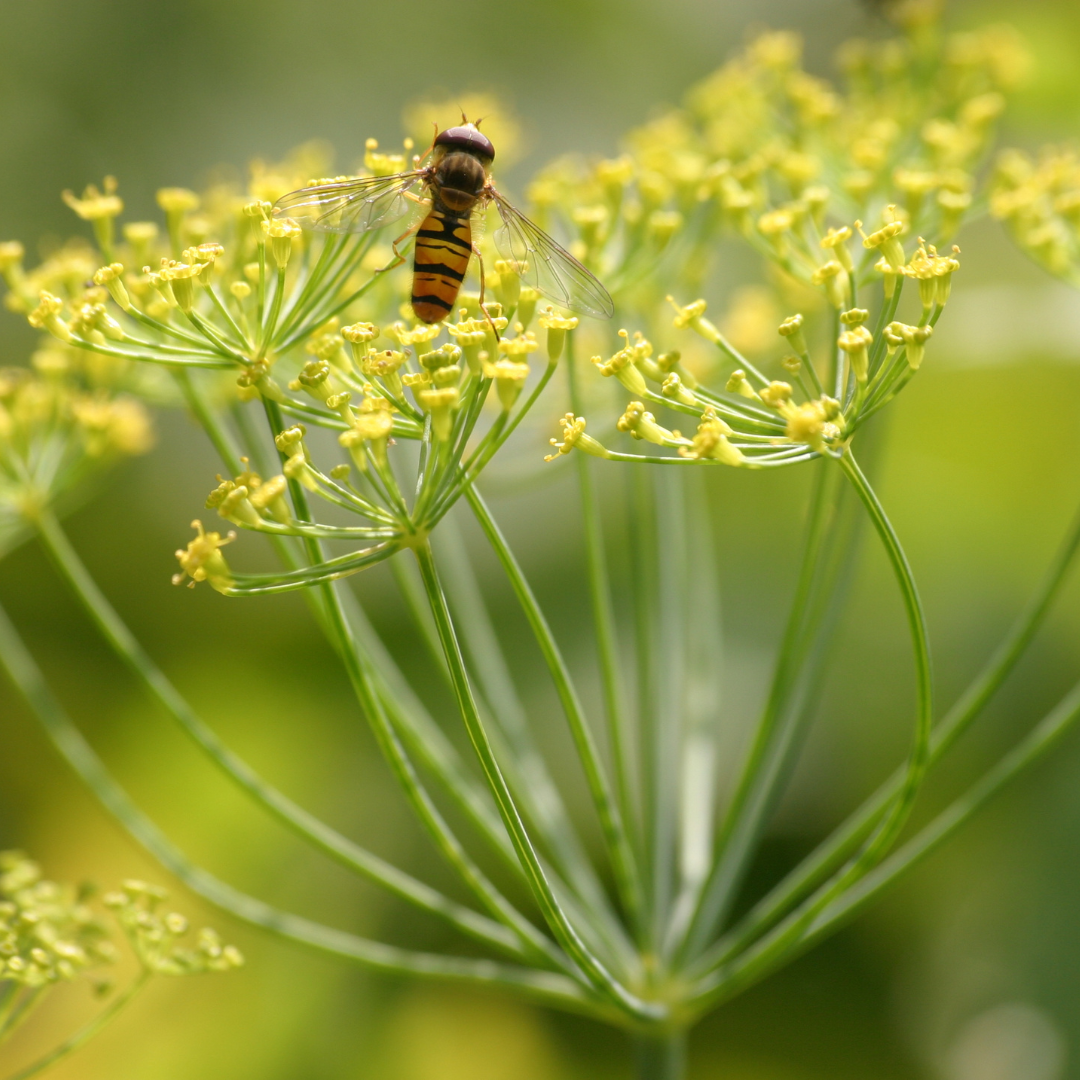 | Dill Anethum graveolens | Stronger than leaves | Yellow | Cook with salmon, borscht, fish, and soups. Add to pickles; mince in butter. | |
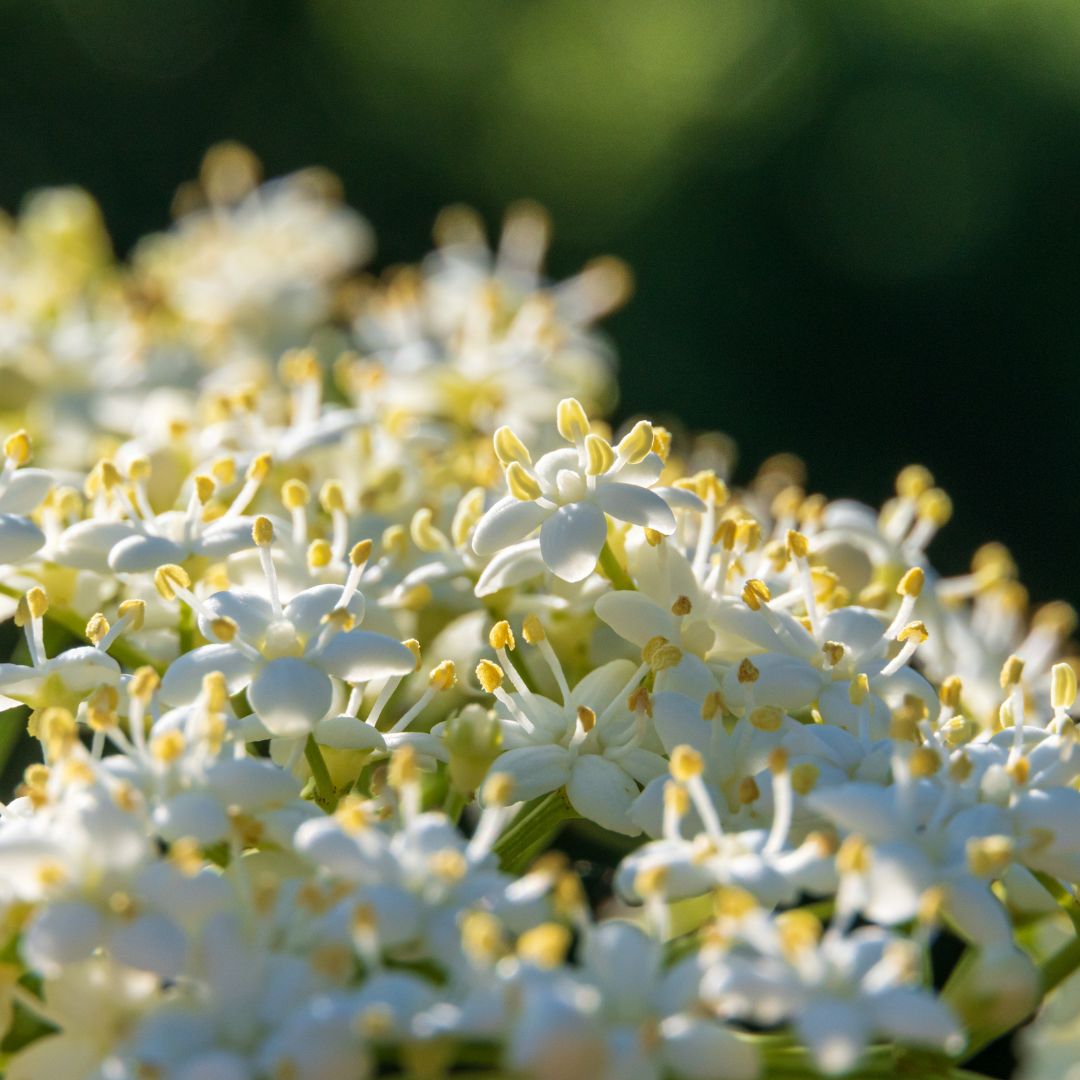 | Elderberry Sambucus canadensis | Sweet | White | Dipped and fried, tea | Always cook before consuming. Can cause digestive problems. |
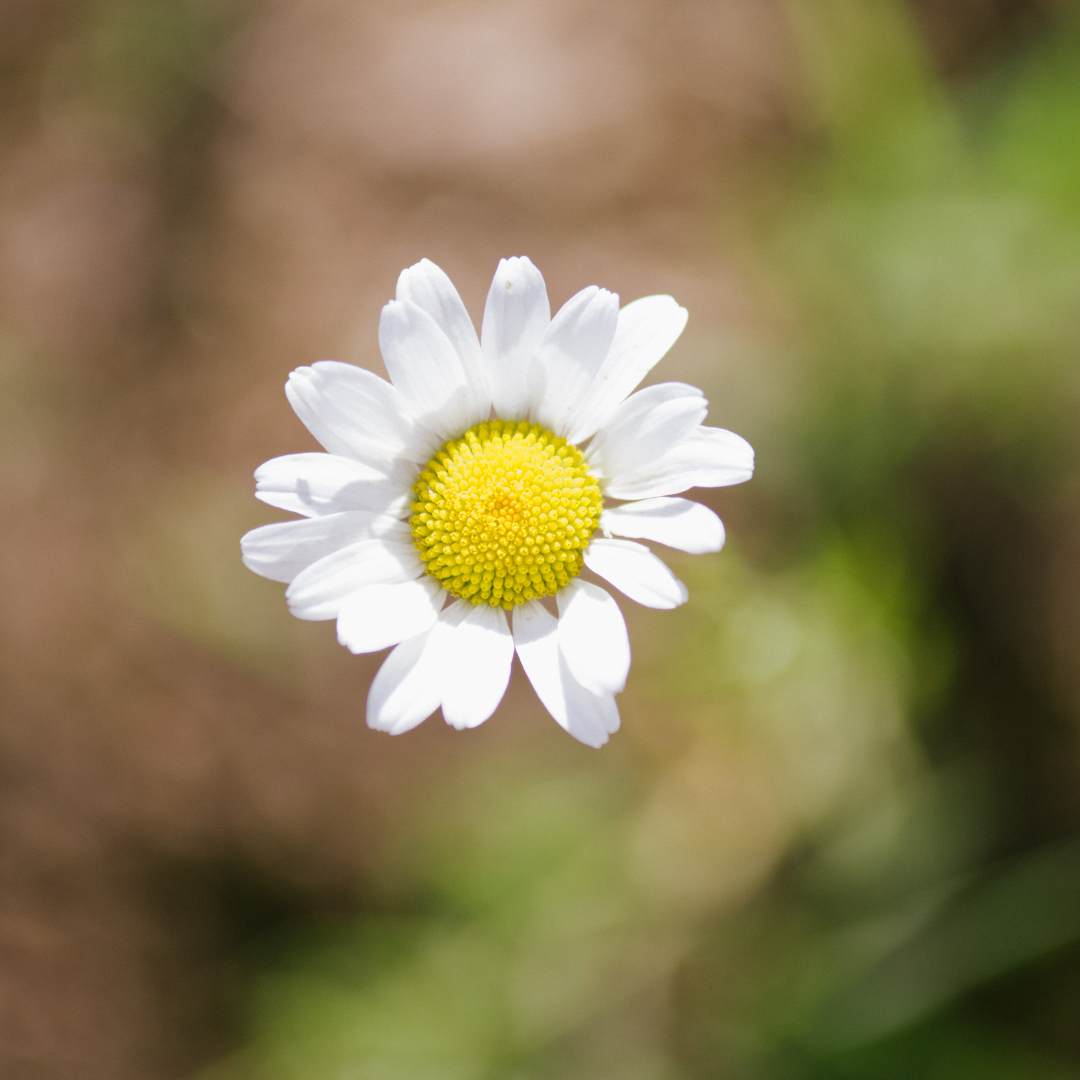 | English chamomile Anthemis nobilis | Sweet apple flavor | White petals; yellow center | Tea (drink no more than one cup of per day); Calming agent | Contains thuaone. Ragweed sufferers may be allergic to chamomile. Do not use if pregnant. |
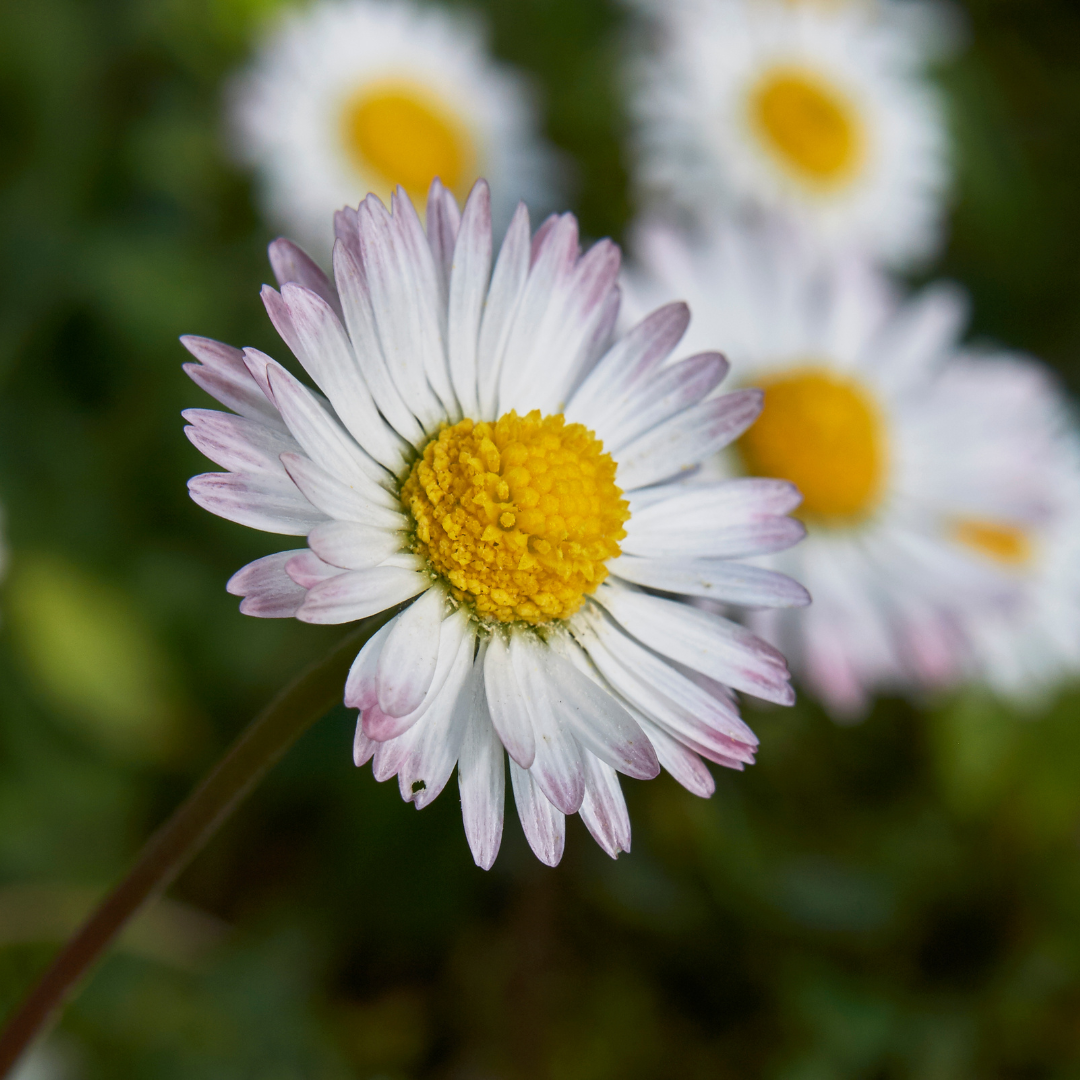 | English daisy Bellis perennis | Mild to bitter | White to purple petals | Eat raw in salads and sandwiches or cooked in tea and soups. | Both white “petals” and yellow centers are flowers. |
 | Fennel Foeniculum vulgare | Licorice, milder than leaves, sweet | Pale yellow | Use in egg and fish dishes. | |
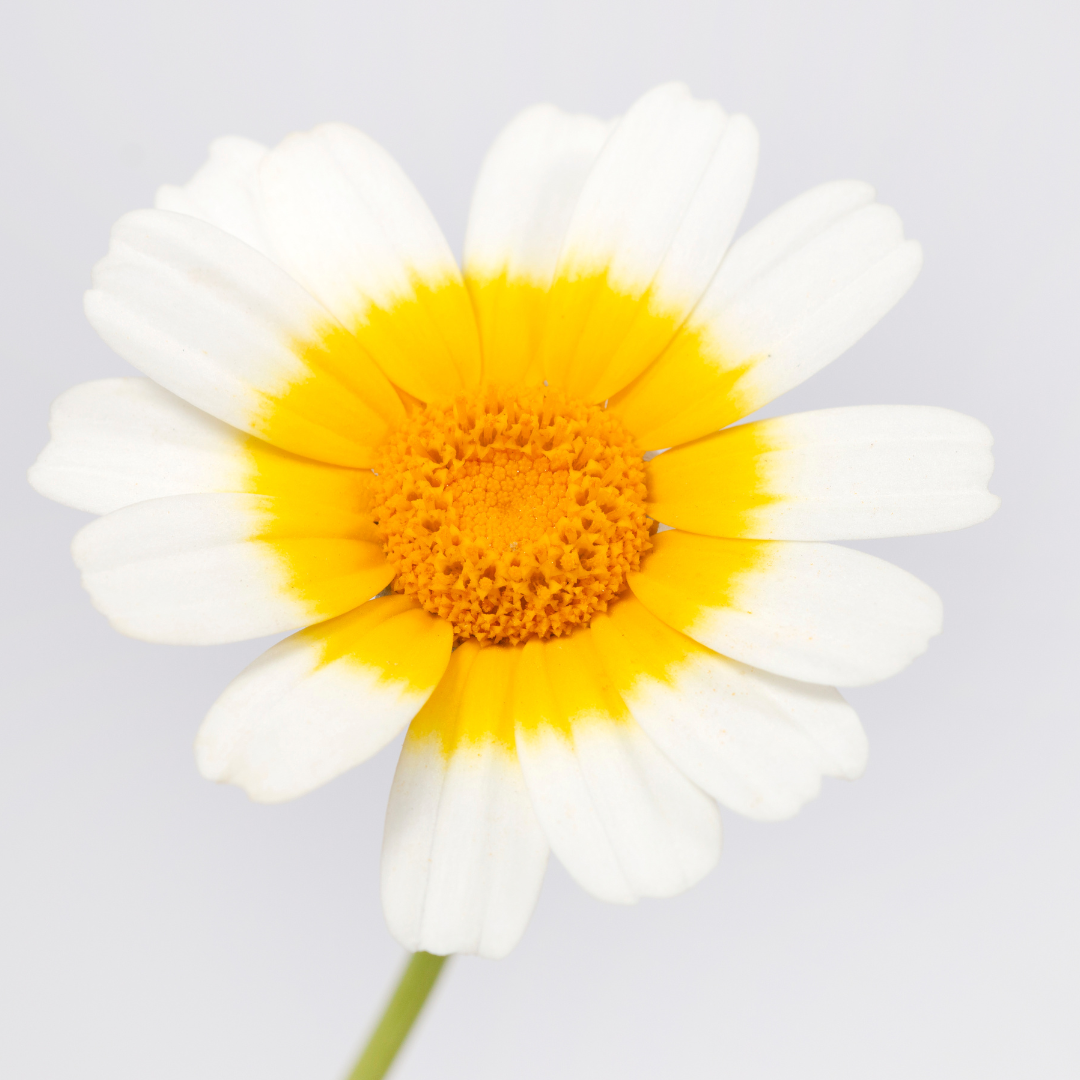 | Garden chrysanthemum, shungiku Chrysanthemum coronarium | Mild | Yellow to white | Sprinkled on fruits, salads, used as garnish | |
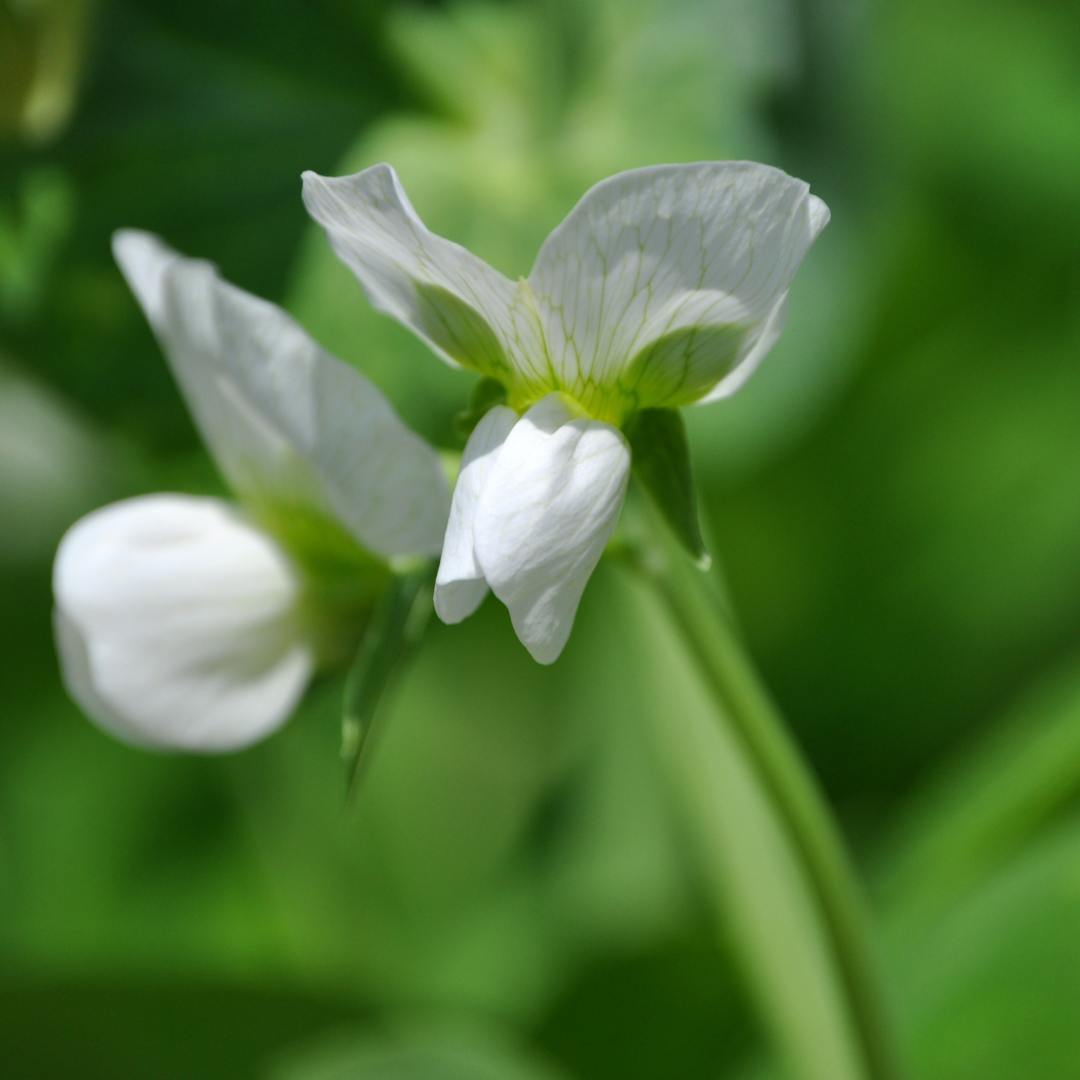 | Garden pea Pisum sativum | Raw peas | White, tinged pink | Add flowers and young shoots to salad. | While the white flowers of edible peas are edible, the colorful flowers of, ornamental Sweet Peas, Lathyrus odoratus, are poisonous. |
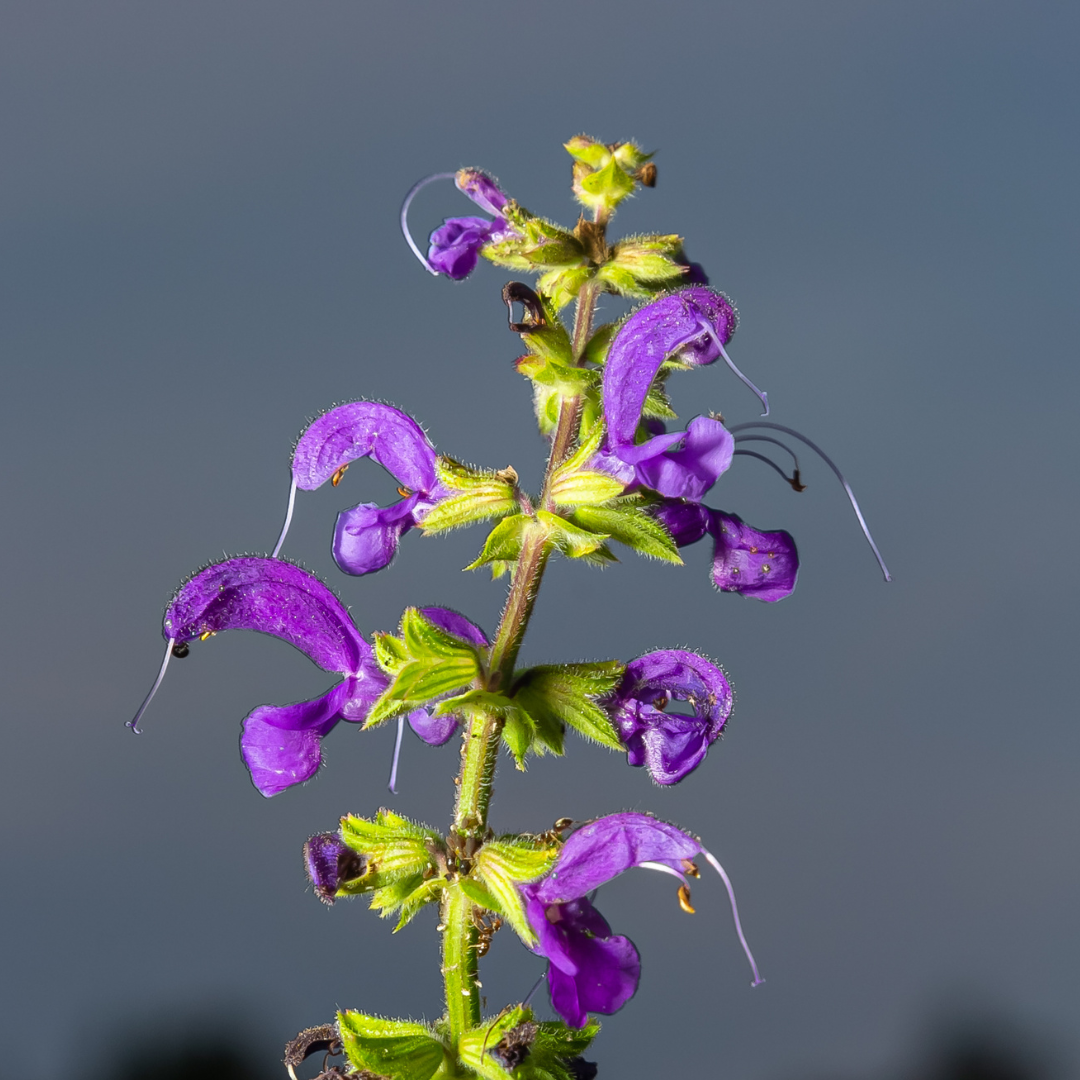 | Garden sage Salvia officinalis | Flowery sage, slightly musky | Blue, purple, white, pink | Salads | Do not eat in large amounts. |
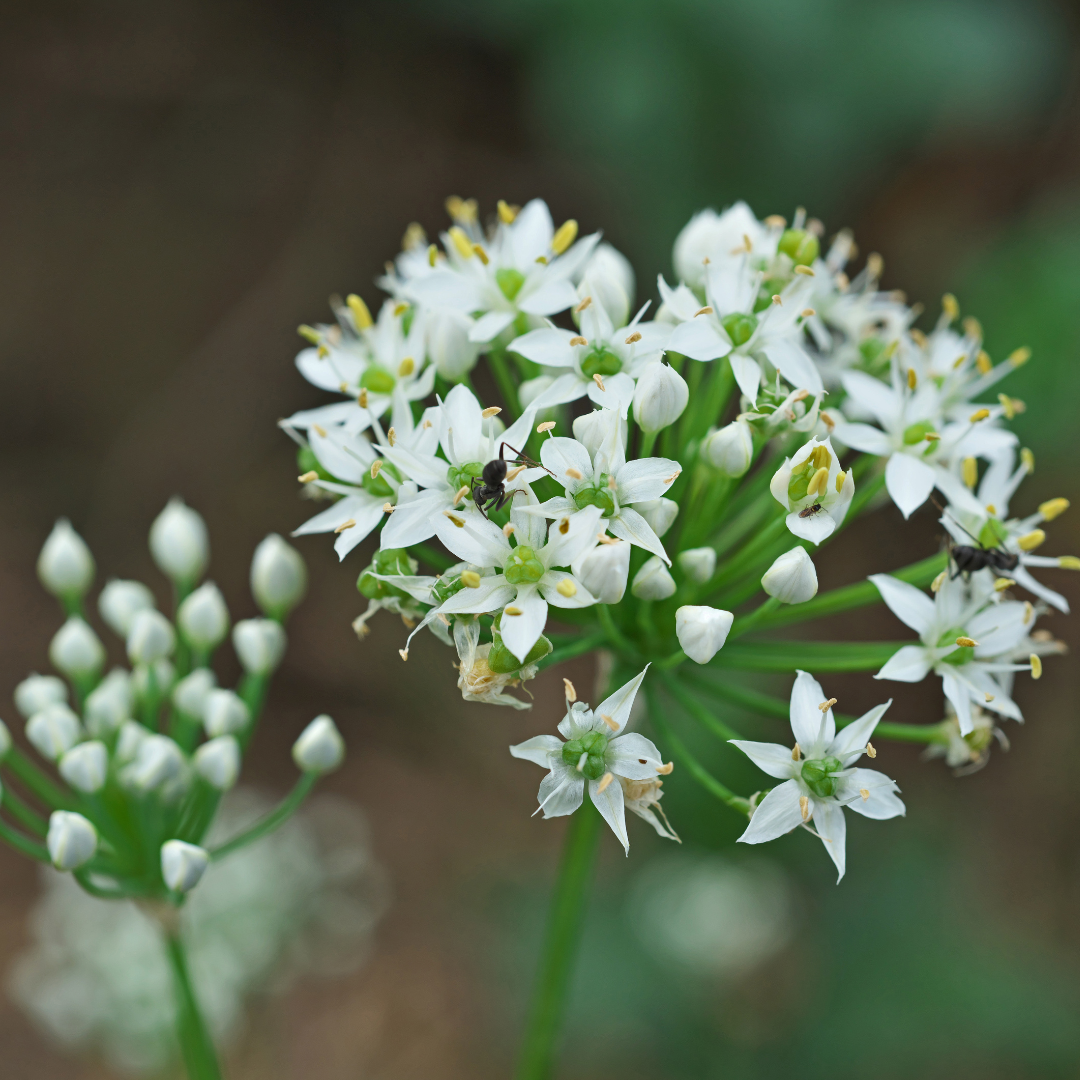 | Garlic chive Allium tuberosum | Onion, strong | White | Separate florets to serve. Use as a garnish. | Avoid eating whole flower. |
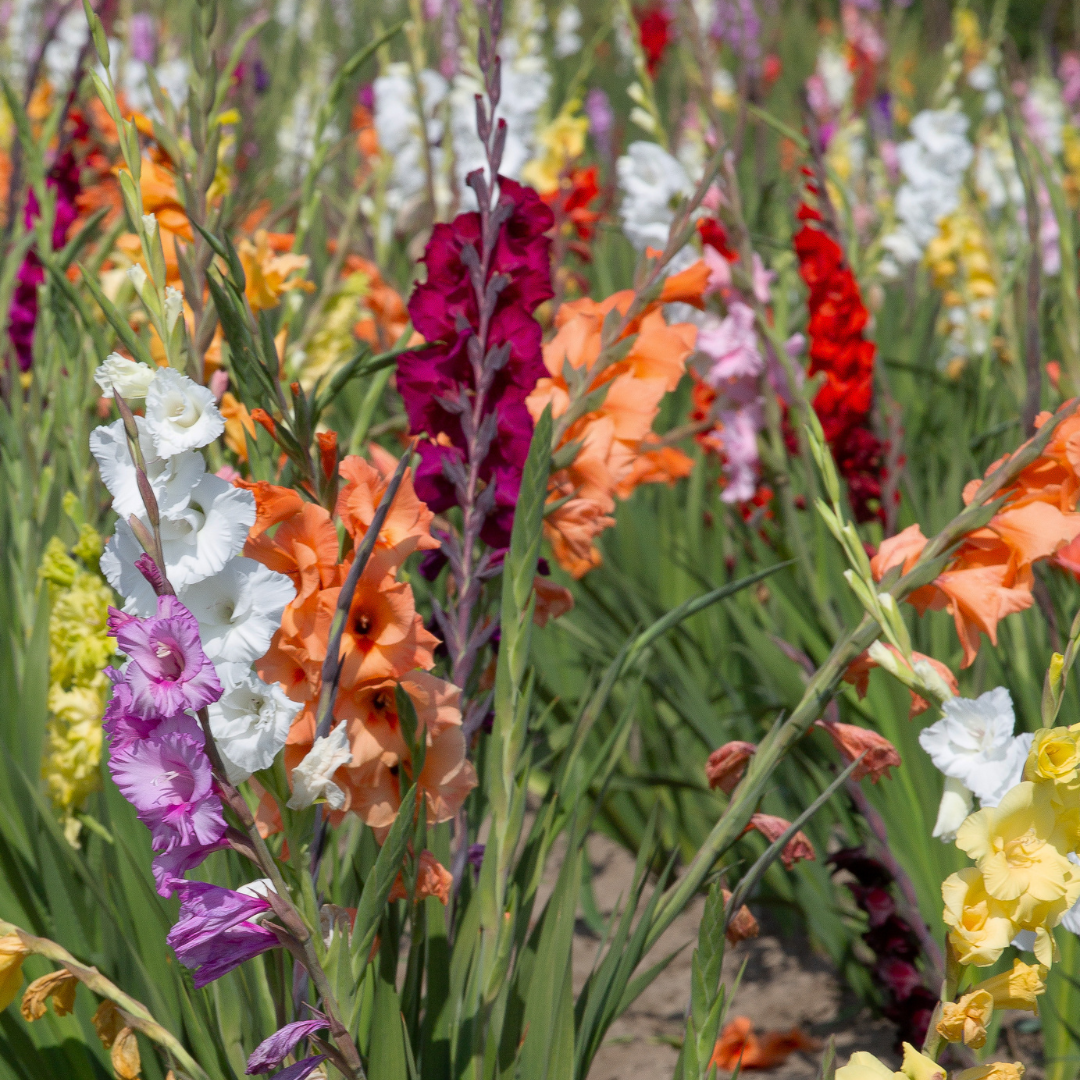 | Gladiolus Gladiolus spp. | Mediocre | Various except true blue | Best as a garnish or a container for dip or spread. | |
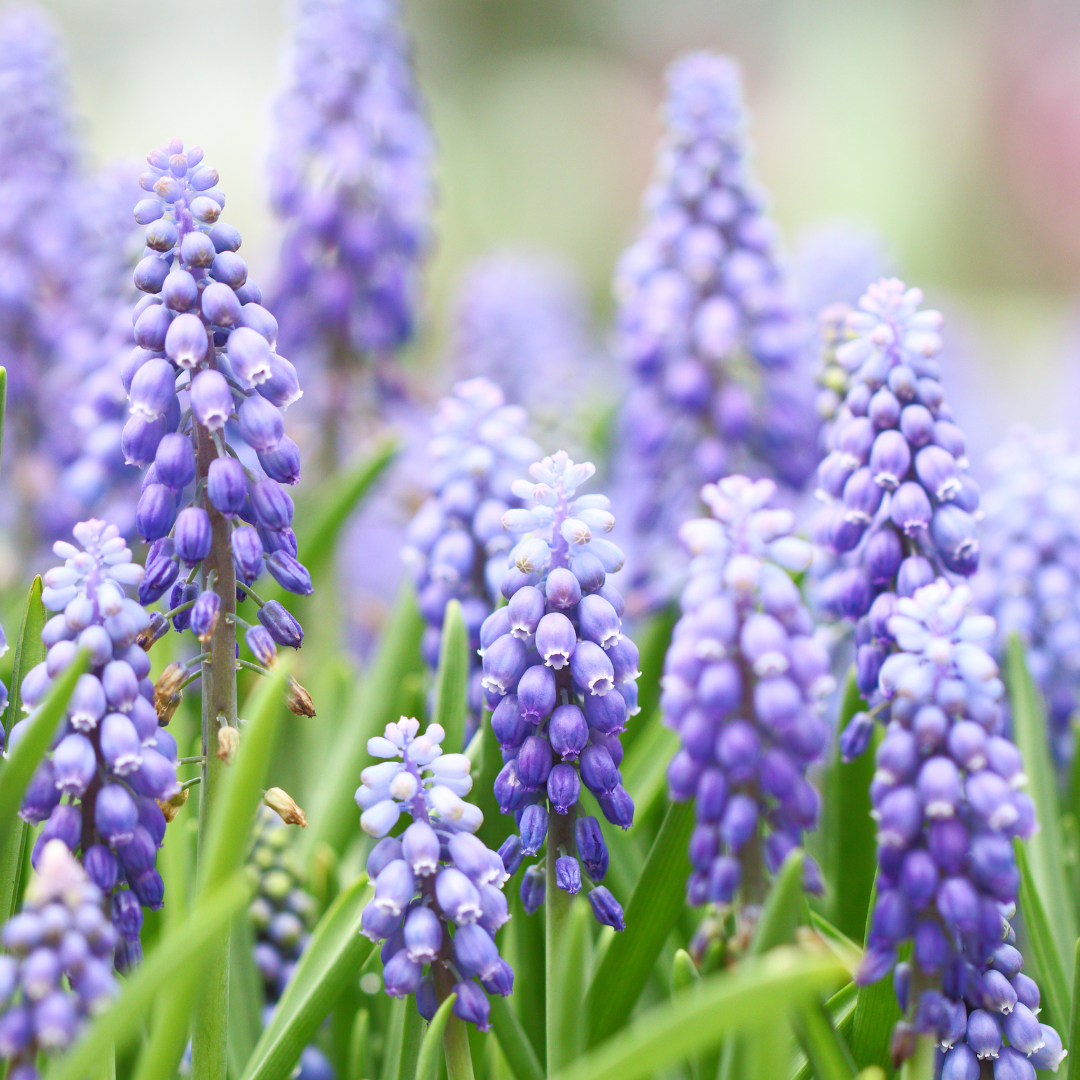 | Grape hyacinth “Muscari atlanticum, M. botryoides” | Grapey, slightly sour with bitter aftertaste | Pink, blue | Garnish | |
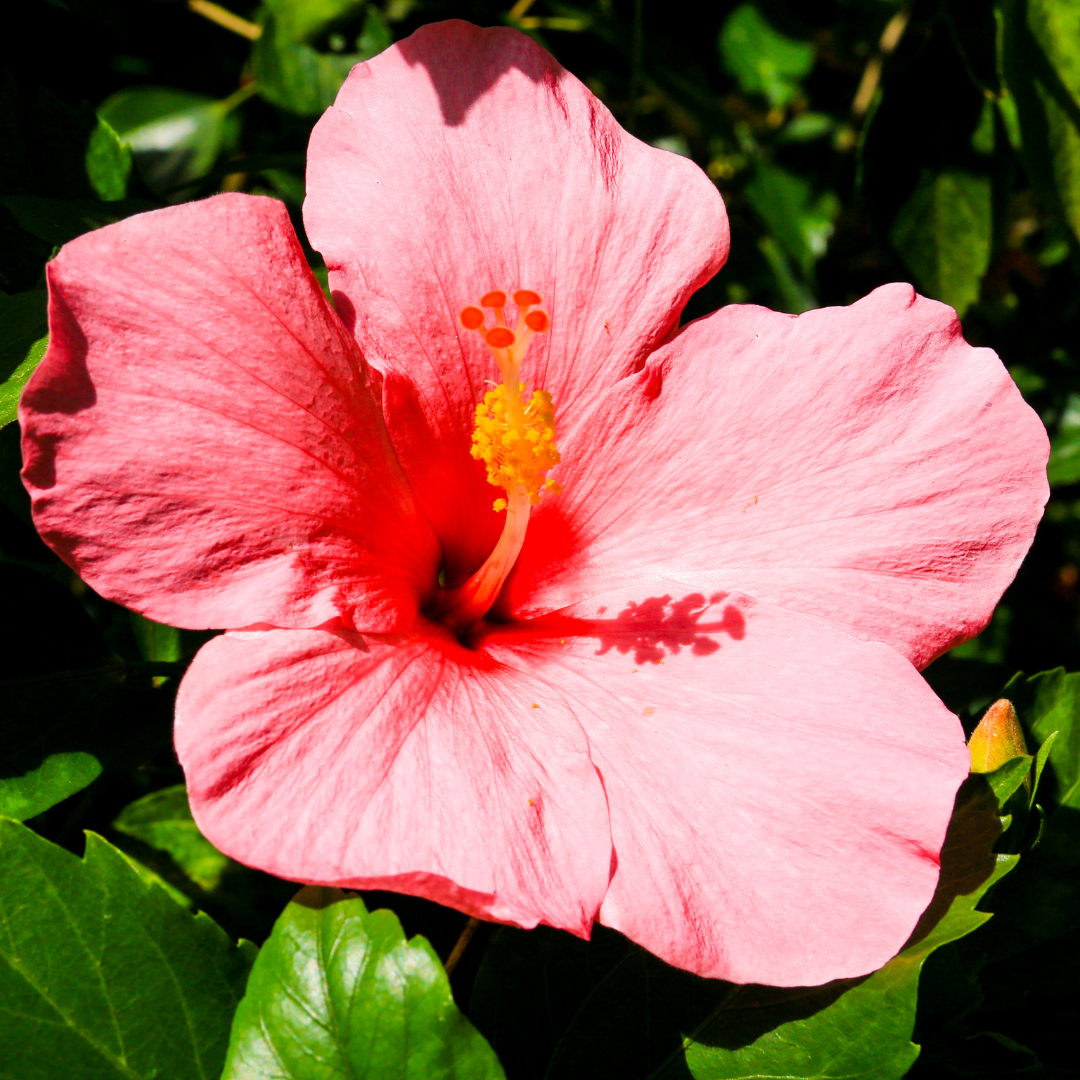 | Hibiscus, China rose, Rose-of-China Hibiscus rosa-sinensis | Citrus/cranberry flavor | Orange, red or purplish red | Showy edible garnish. Use in salads and tea. | Used in many tea flavorings. |
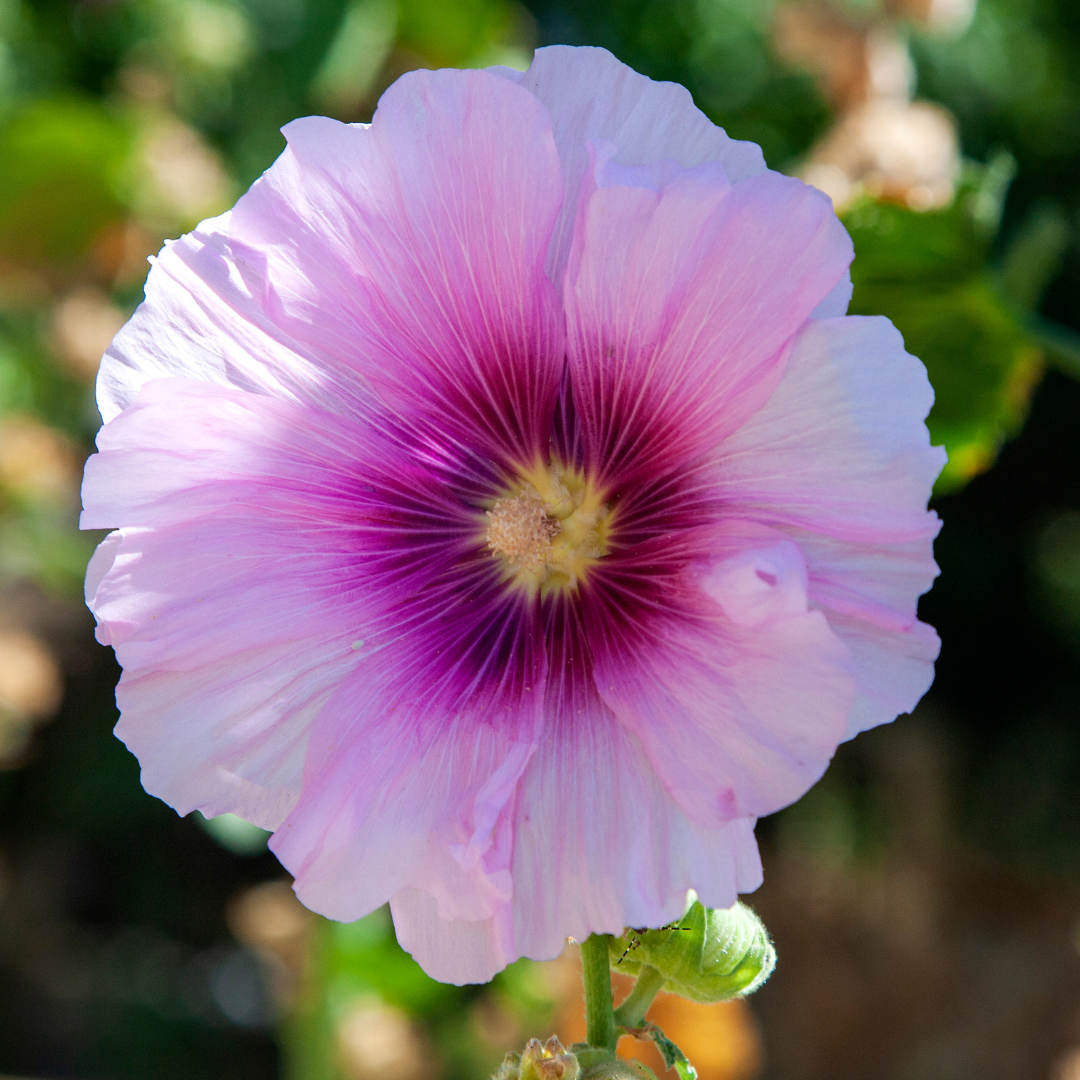 | Hollyhock Alcea rosea | Little, slightly bitter | Various | Showy edible garnish or container for dip. | Best as a garnish or container for dip. |
 | Honeysuckle Lonicera japonica | Sweet | White to pale yellow | Teas, jellies, salads | Do not use flowers from other types of honeysuckle. |
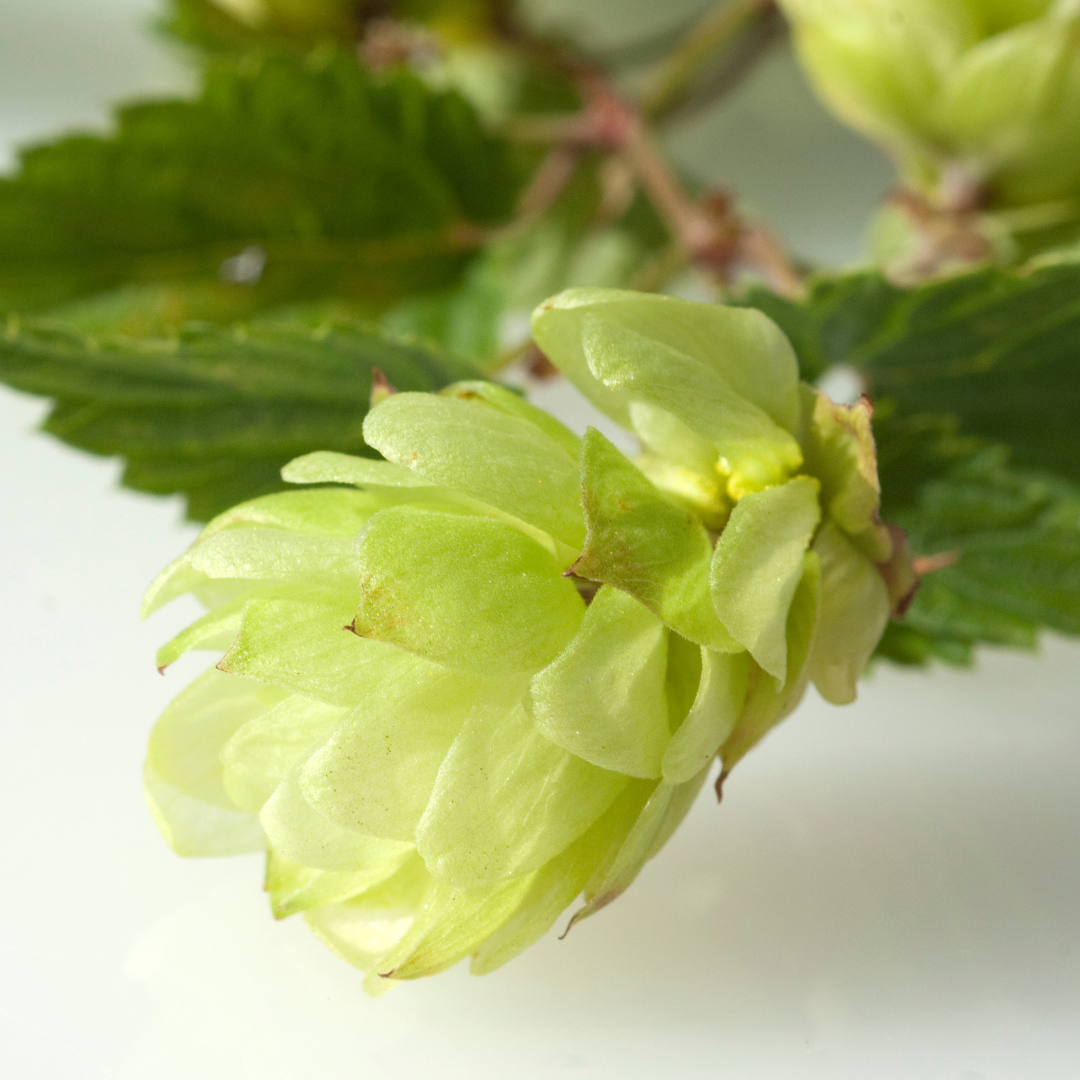 | Hops Humulus lupulus | Bitter but can vary | Light green | Food, tea, and beer | Typically used to brew beer (dried or fresh) |
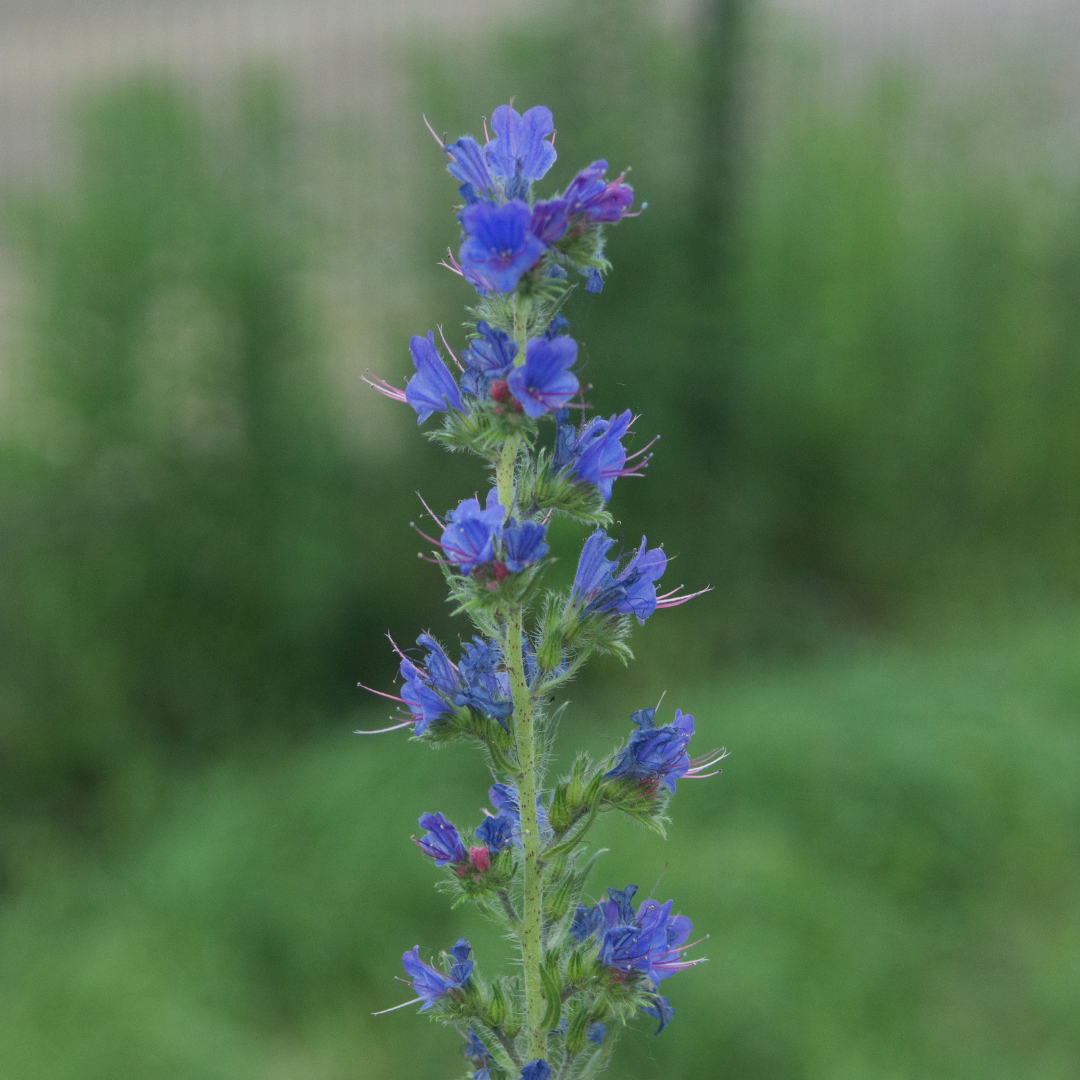 | Hyssop Hyssopus officinalis | Bitter; similar to tonic | Blue, pink, white | Use to flavor liqueur. | Use moderately. |
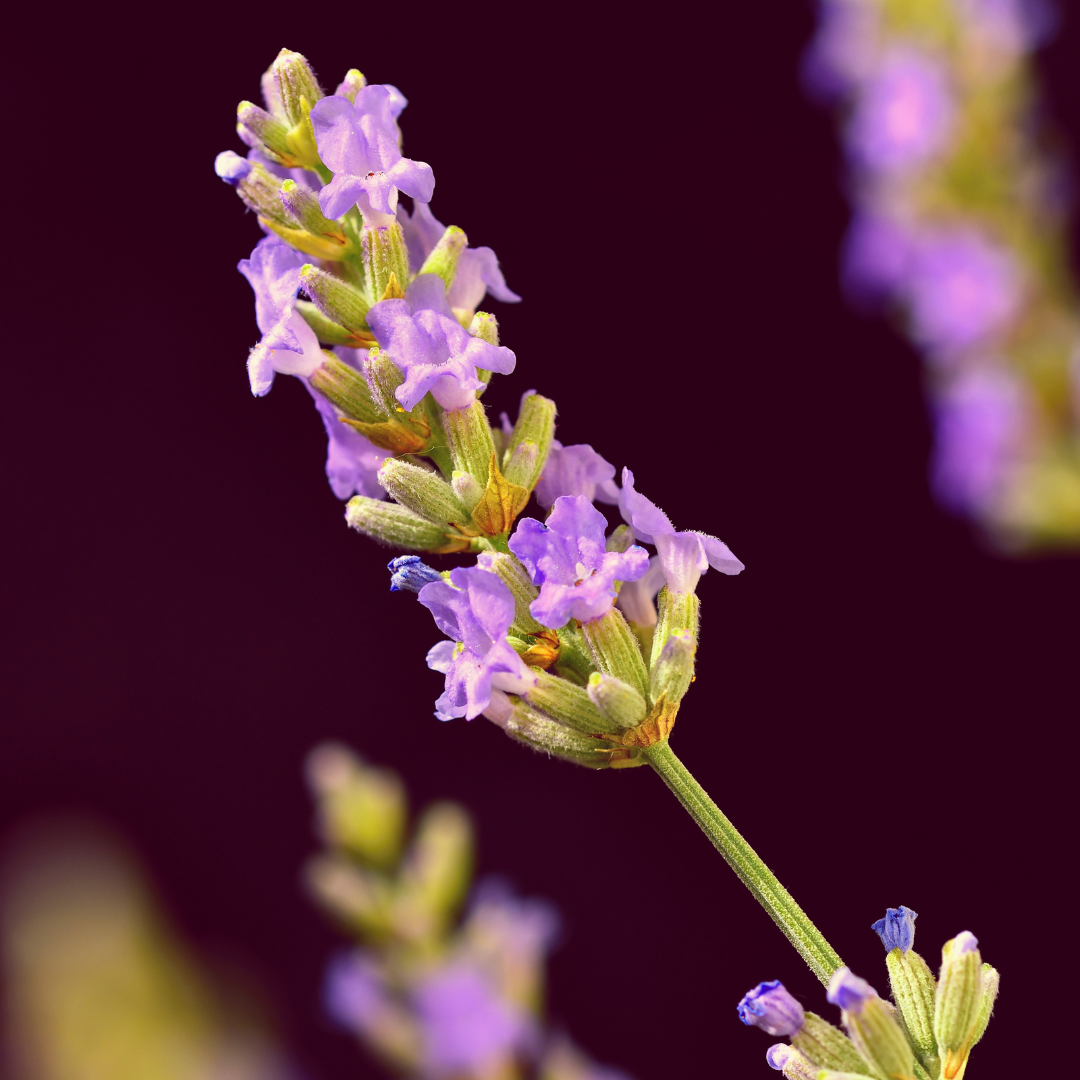 | Lavender Lavandula angustifolia | Highly perfumed | Lavender, purple pink, white | Use as a condiment, in salads, and in dressings. Flowers can be candied. Lavender sugar. Blend with black or green teas, incorporate into goat-milk cheeses, cook into a syrup, or bake in scones and marshmallows. | Taste may be very strong depending on the plant. Use sparingly; lavender oil may be poisonous. |
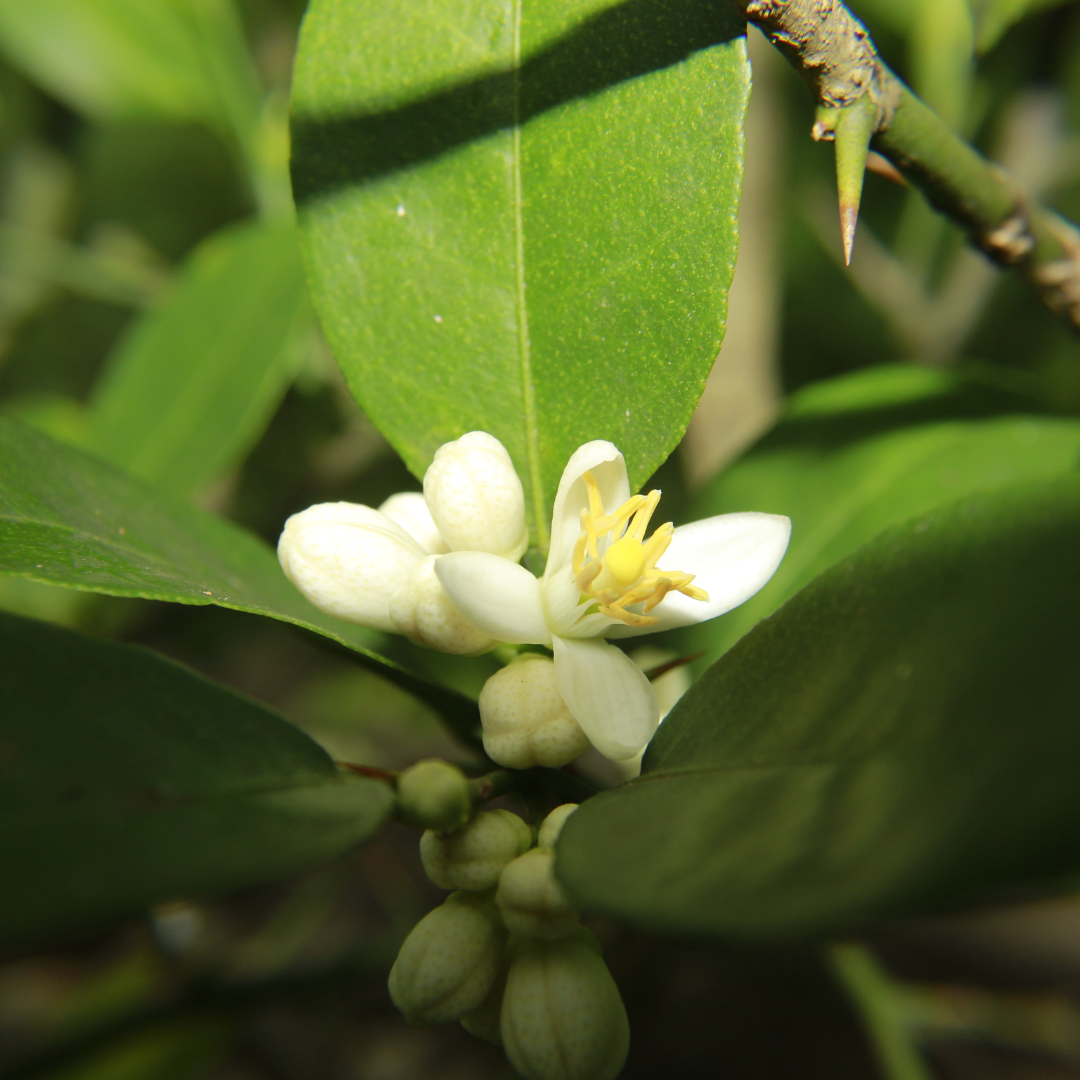 | Lemon Citrus limon | Citrus, slightly bitter | White | Teas, garnish, salads | |
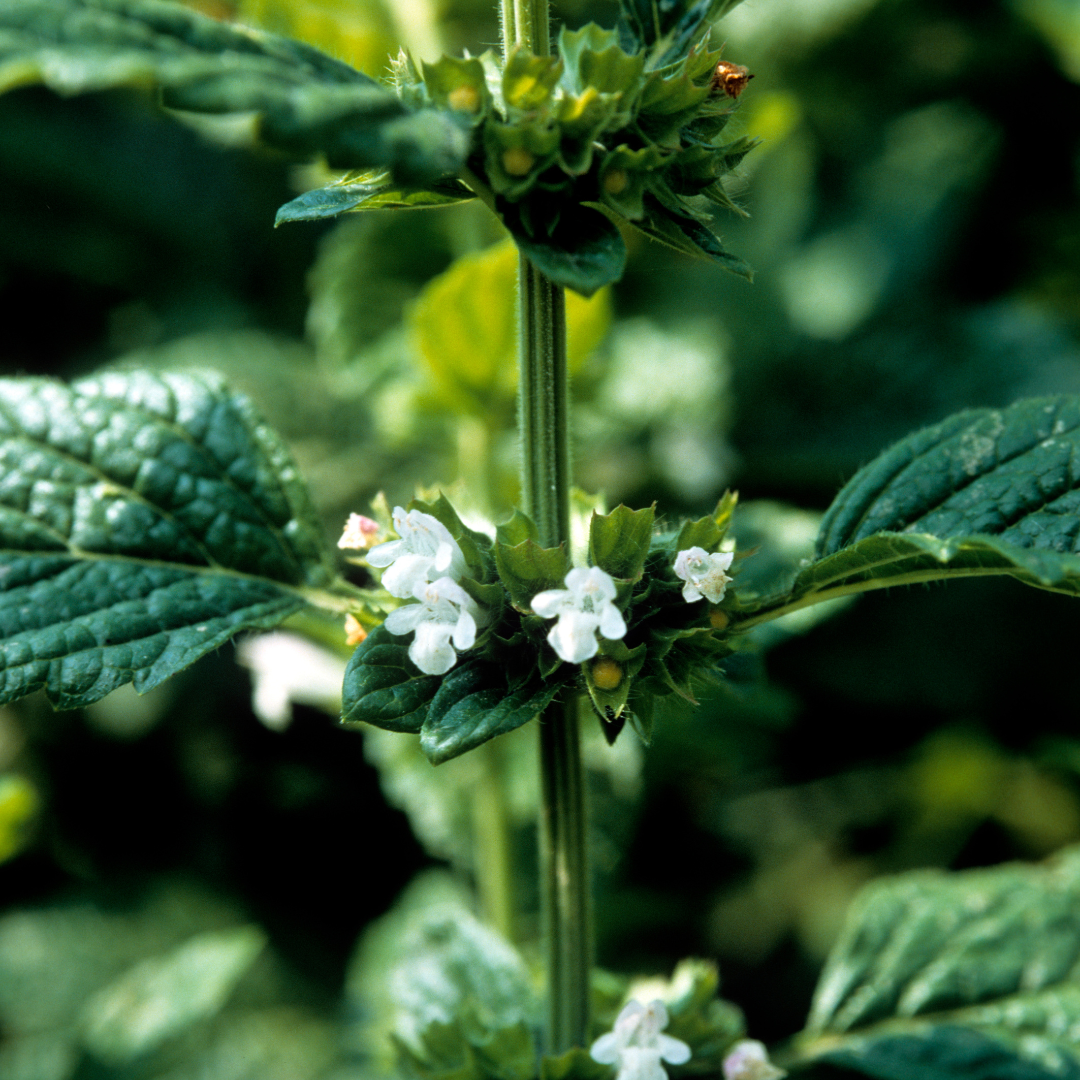 | Lemon balm Melissa officinalis | Lemony, sweet | Creamy white | Medicinal uses, tea, salads | |
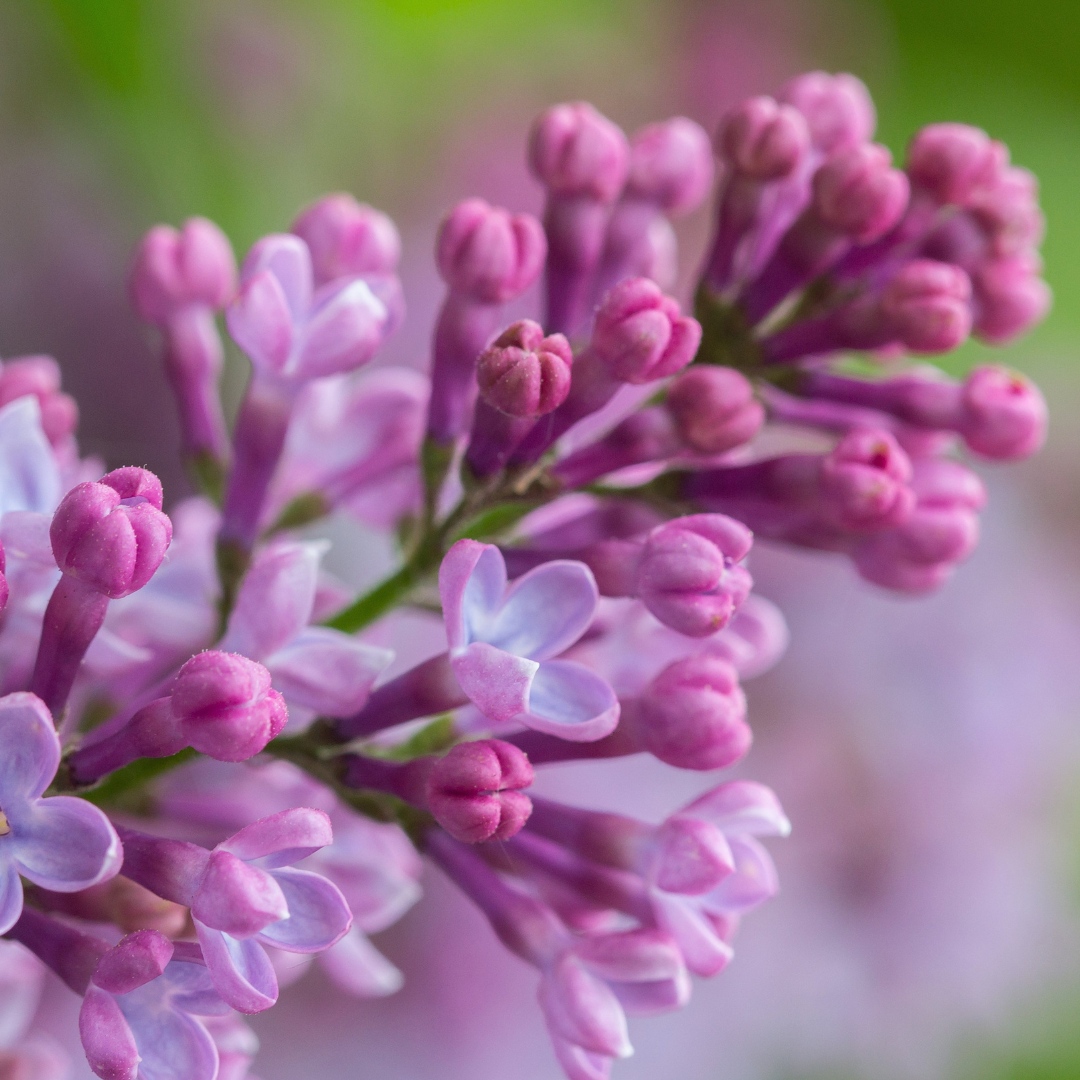 | Lilac Syringa vulgaris | Perfume, slightly | White, pink, purple, lilac | Drinks, syrup | Candies well. |
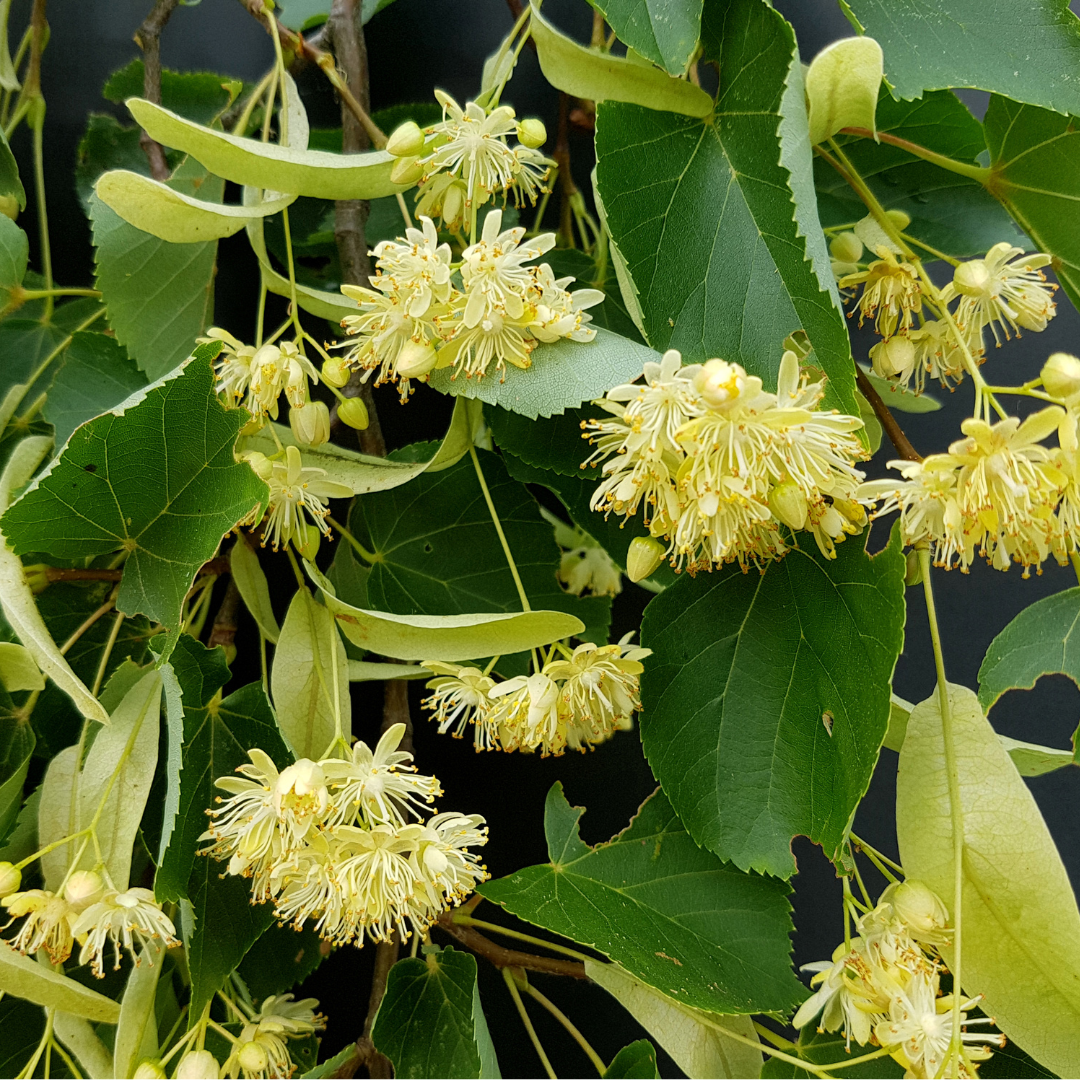 | Linden Tilia | Honey-like | White | Tea, syrups | Frequent consumption of linden flower tea can cause heart damage. |
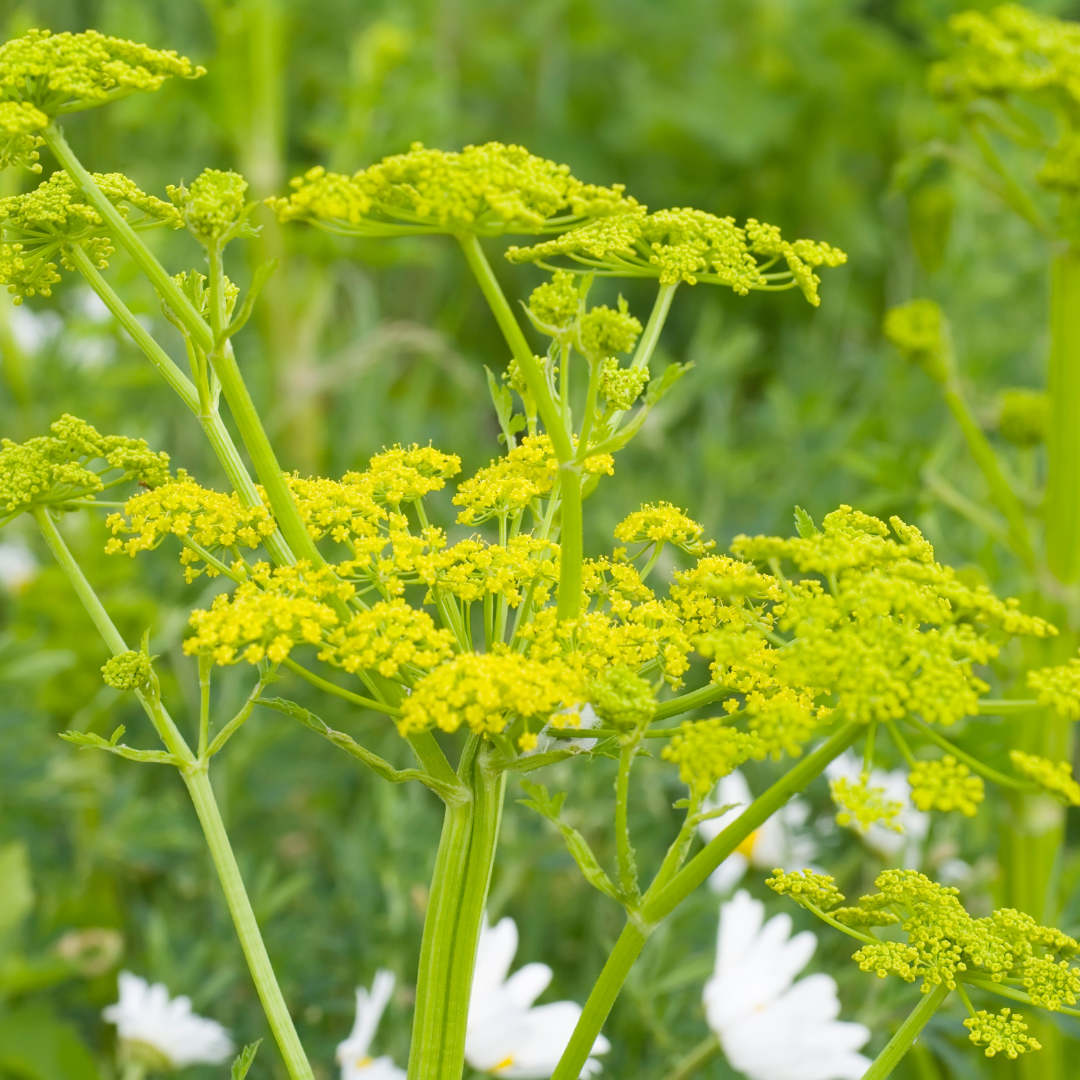 | Lovage Levisticum officinale | Mild celery | Yellow, white | Use in salads, soups, broth. | |
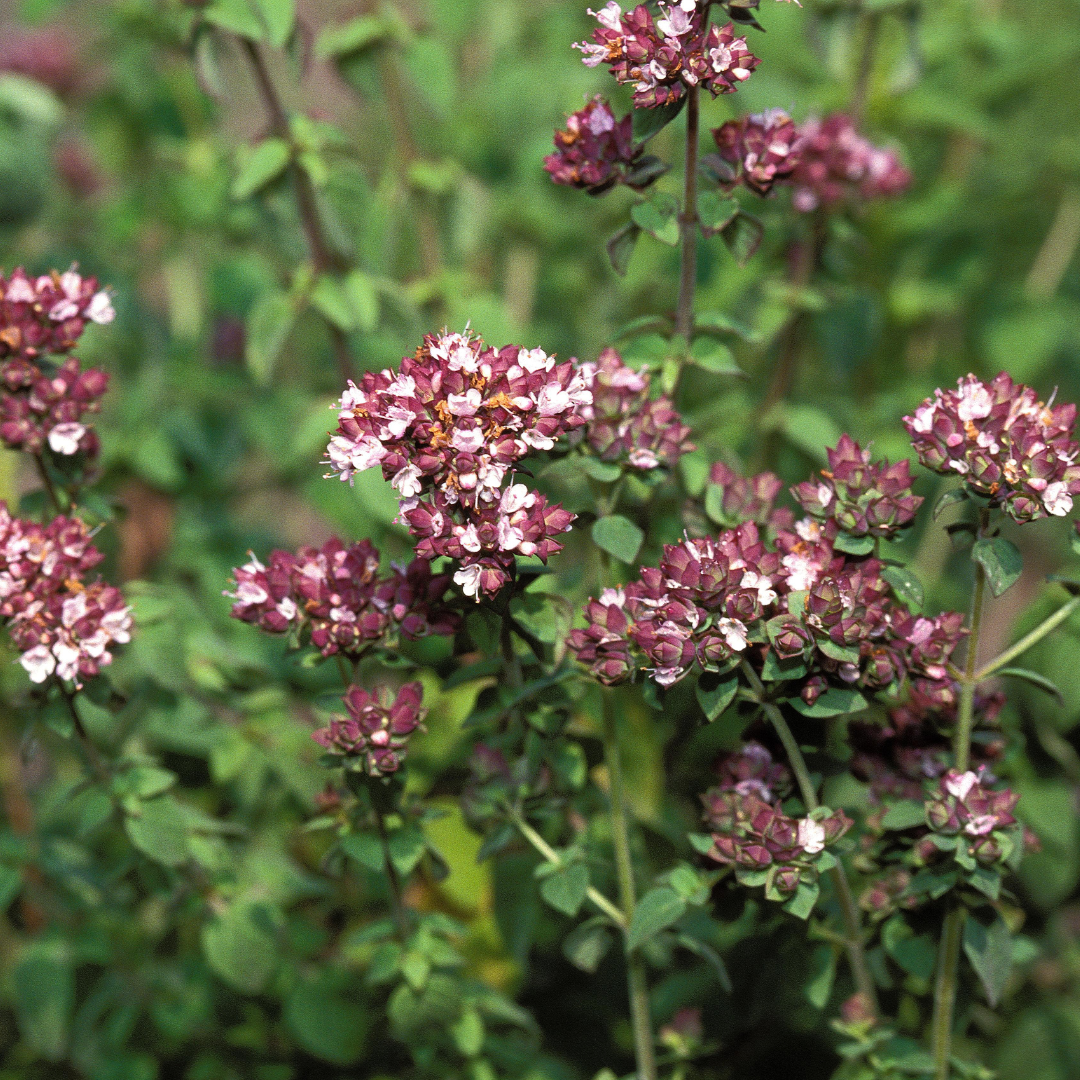 | Marjoram Origanum majorana | Spicy, sweet | Pale pink | Use in soups, stews, dressings, and sauces. | |
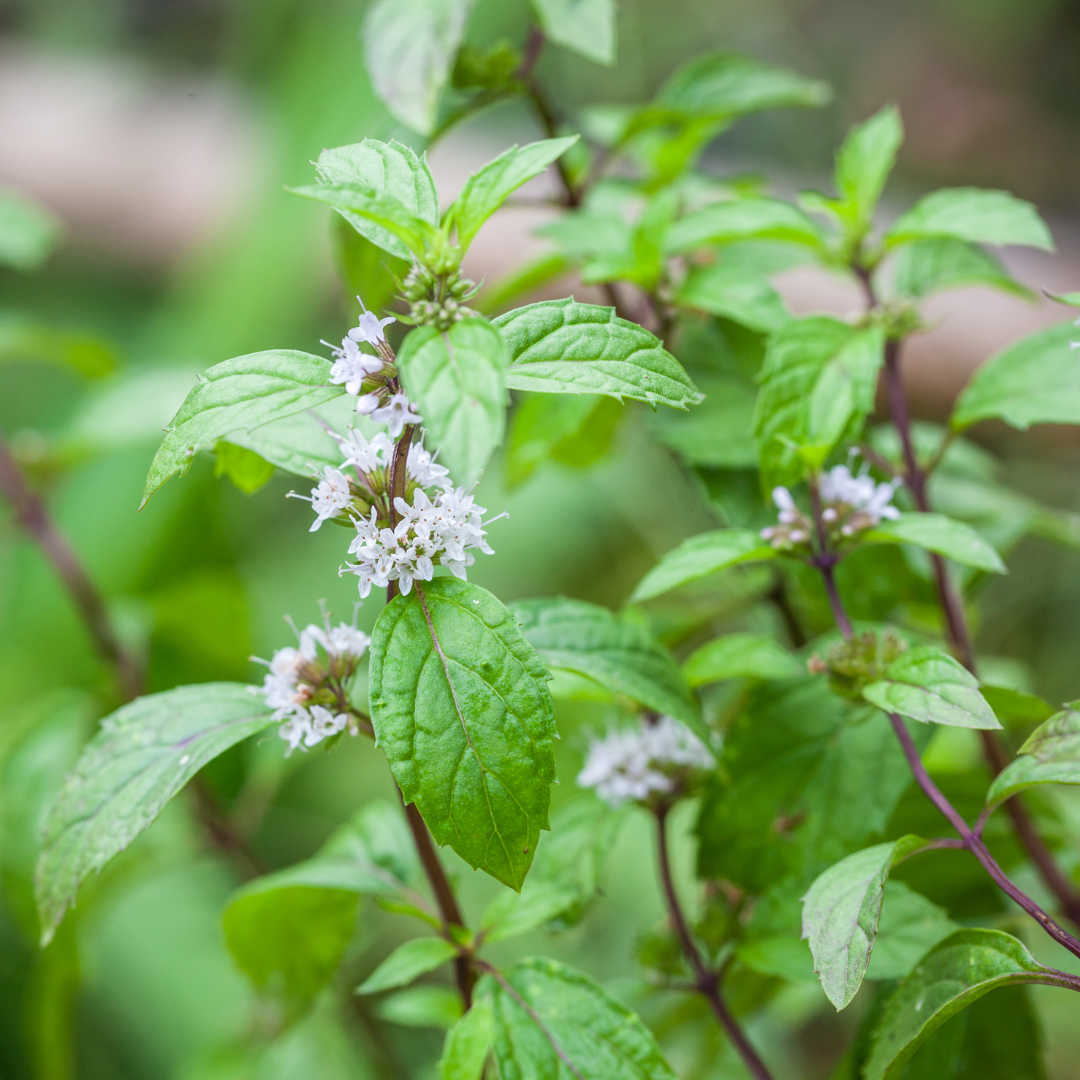 | Mint Mentha spp. | Minty; milder than leaves | Lavender, pink to white | Use fresh or dried in teas, beverages, jellies, syrups, candies, ice creams, lamb dishes, and mint sauce. | |
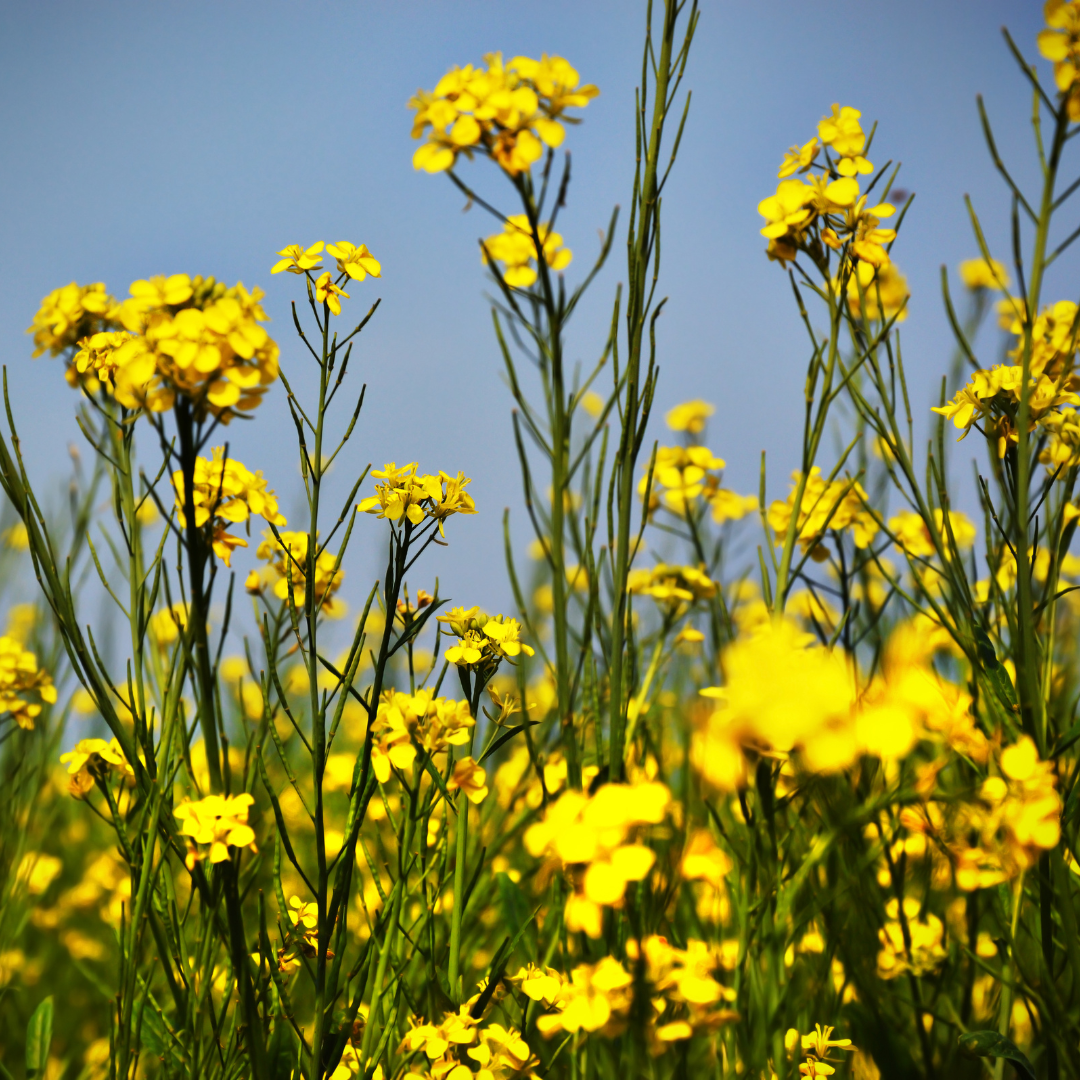 | Mustard Brassica spp. | Mustard, hot | Yellow | Salads | Salad garnish. Watch for allergies |
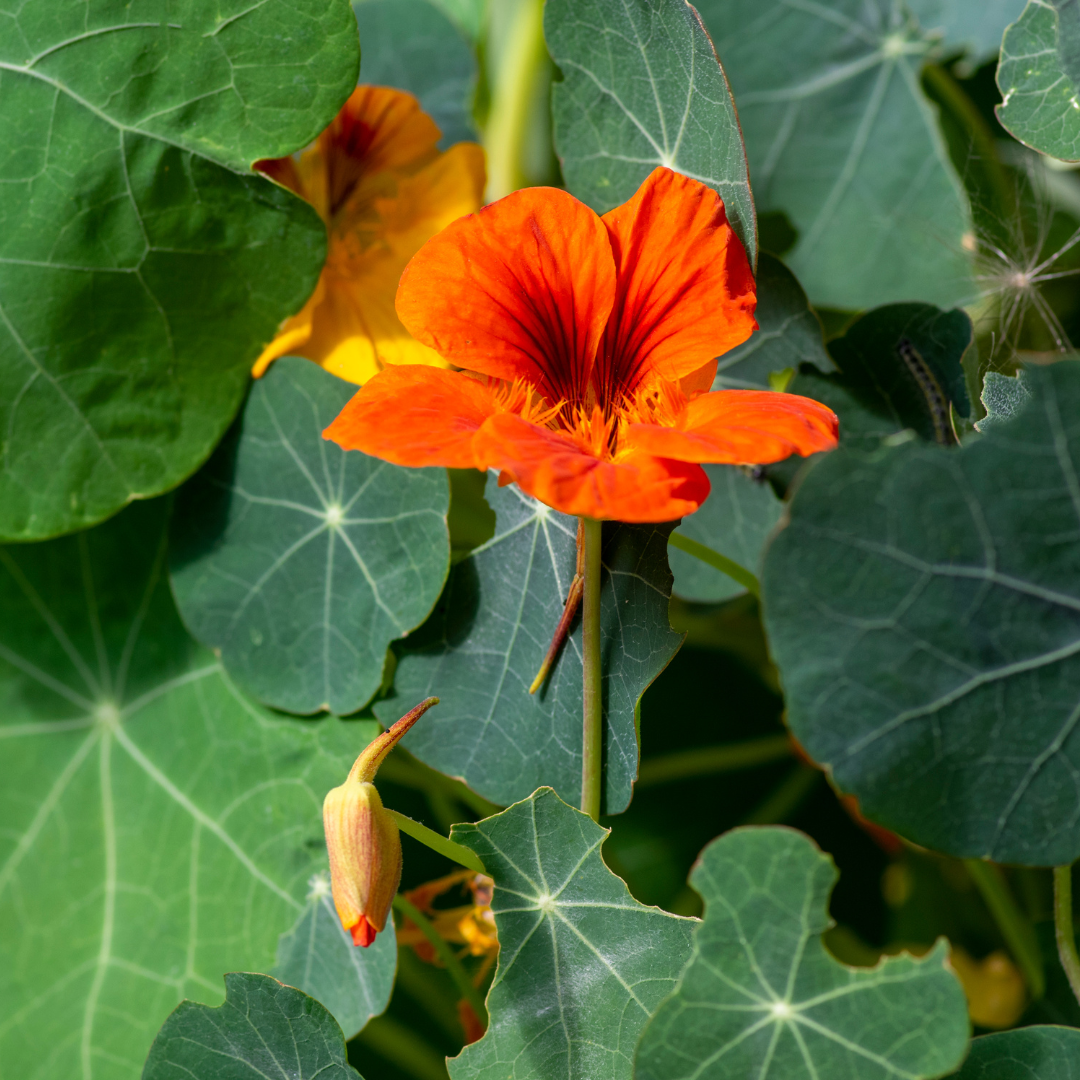 | Nasturtium Tropaeolum majus | Watercress, peppery | Varies | Use in salads. Use seeds as a caper substitute. | |
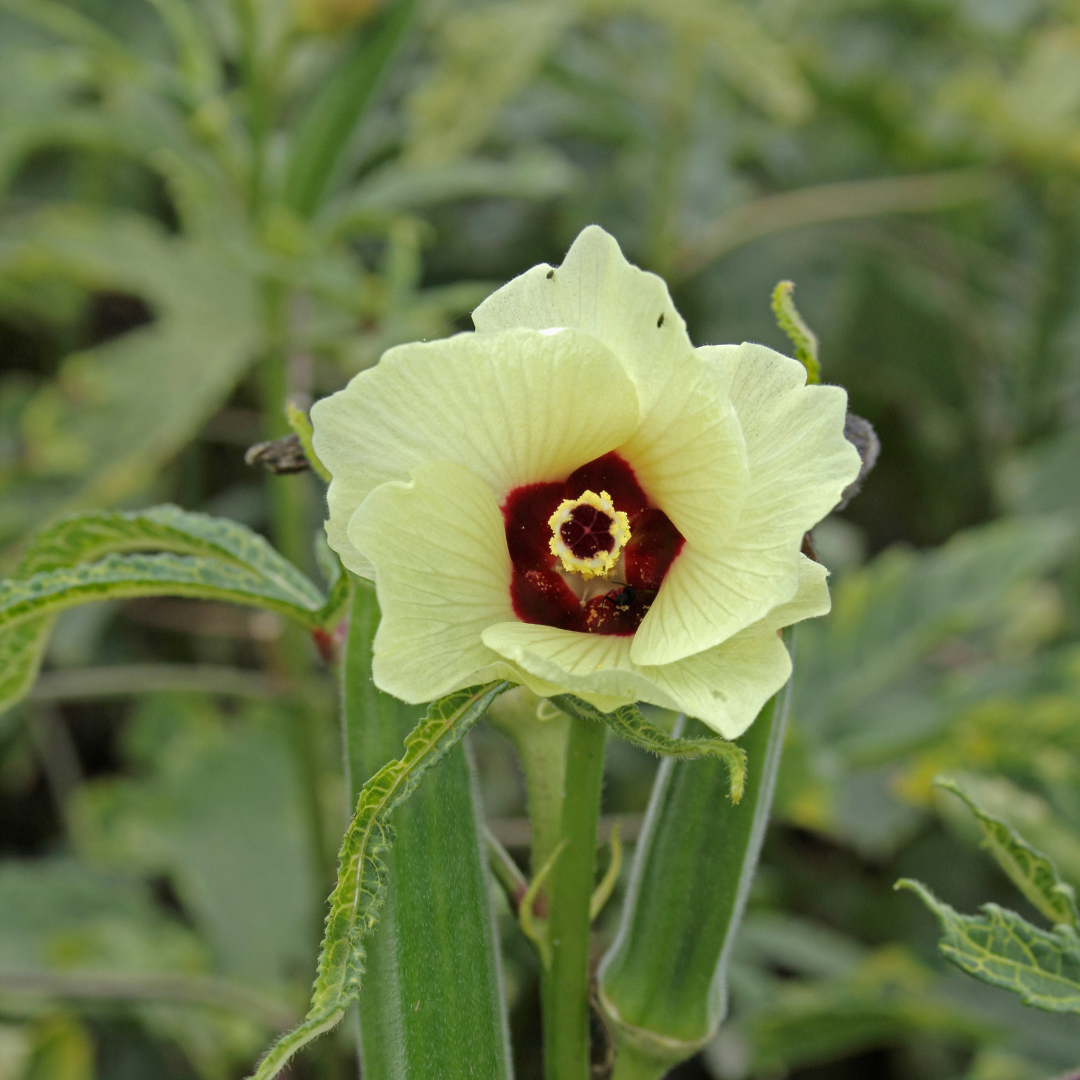 | Okra, gumbo, gombo Abelmoschus aesculentus | Mild, sweet and slightly mucilaginous | Yellow, red | Adds more color than flavor. | |
 | Orange Citrus sinensis | Citrus, sweet/strong | White | Tea | |
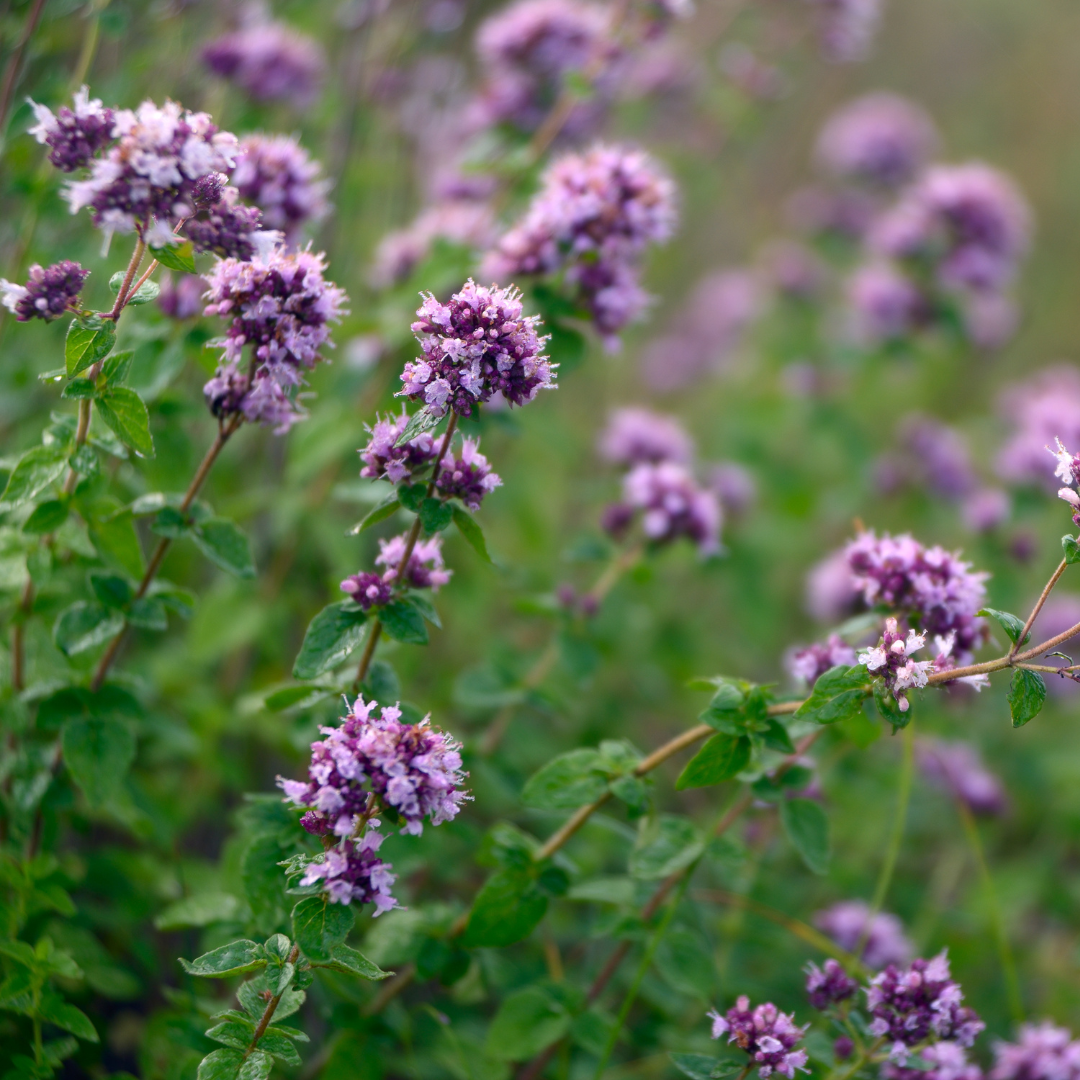 | Oregano Origanum spp. | Spicy, pungent-like leaves | White | Tea, medicinal | |
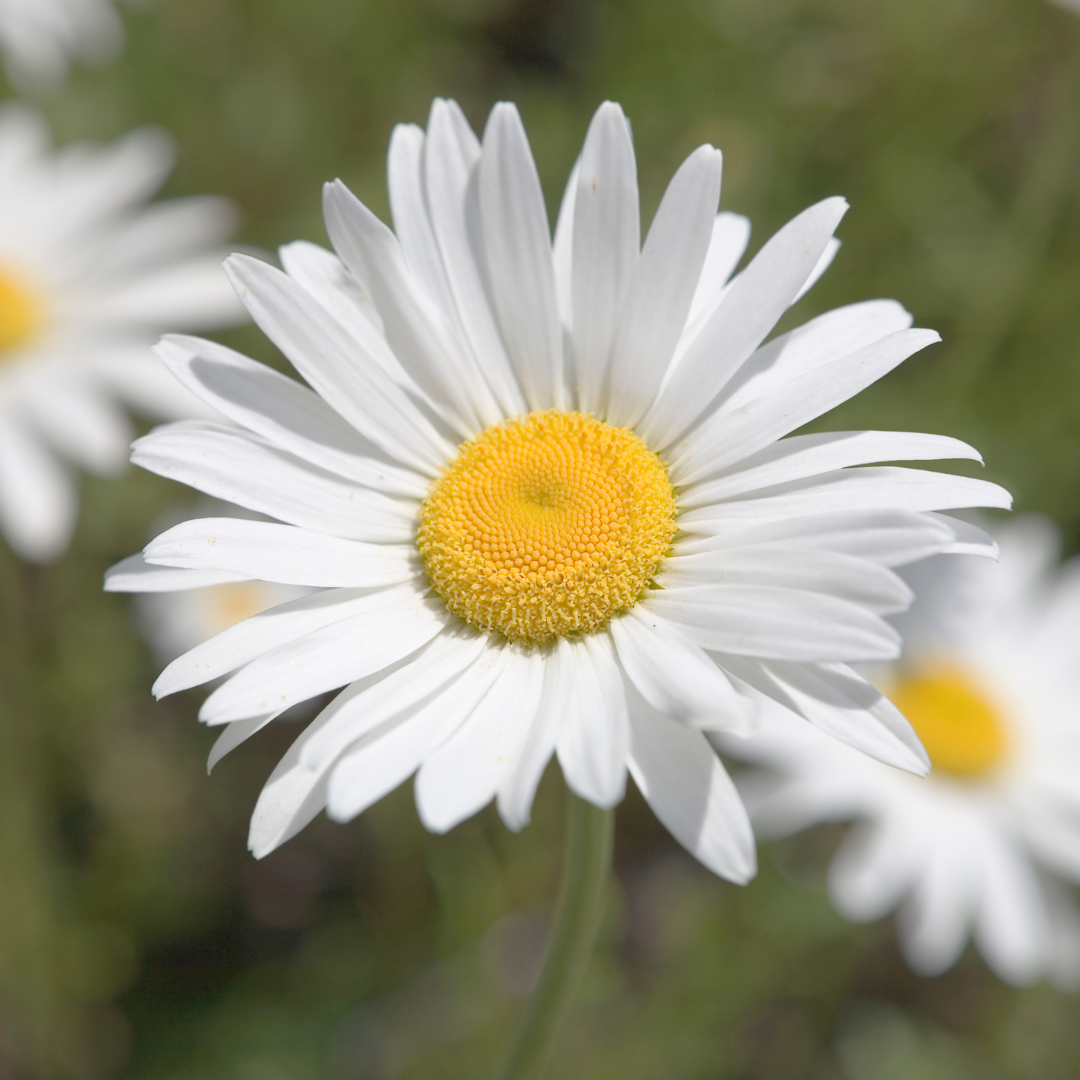 | Oxeye daisy Chrysanthemum leucanthemum | Mild | White/yellow center | Salads, soups, stews | |
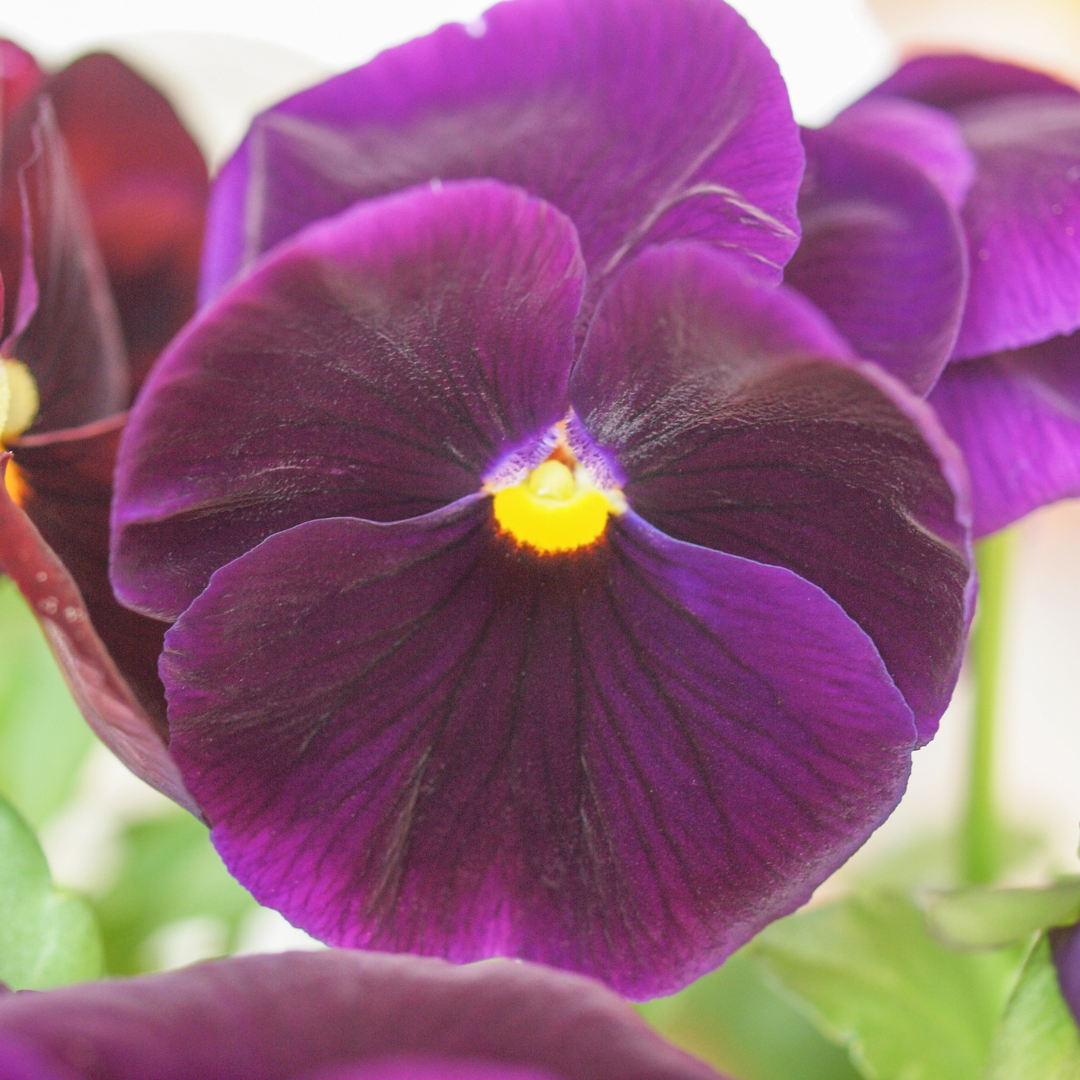 | Pansy or Johnny Jump-Up Viola x wittrockiana Viola tricolor | Stronger than violets | Violet, white, pink, yellow, multi-colored | Anti-inflammatory effect and contains antioxidants. Good for candying and cake decorating, or eating whole on crackers with cream cheese. | Eat entire flower; however, contains saponins and may be toxic in large amounts. |
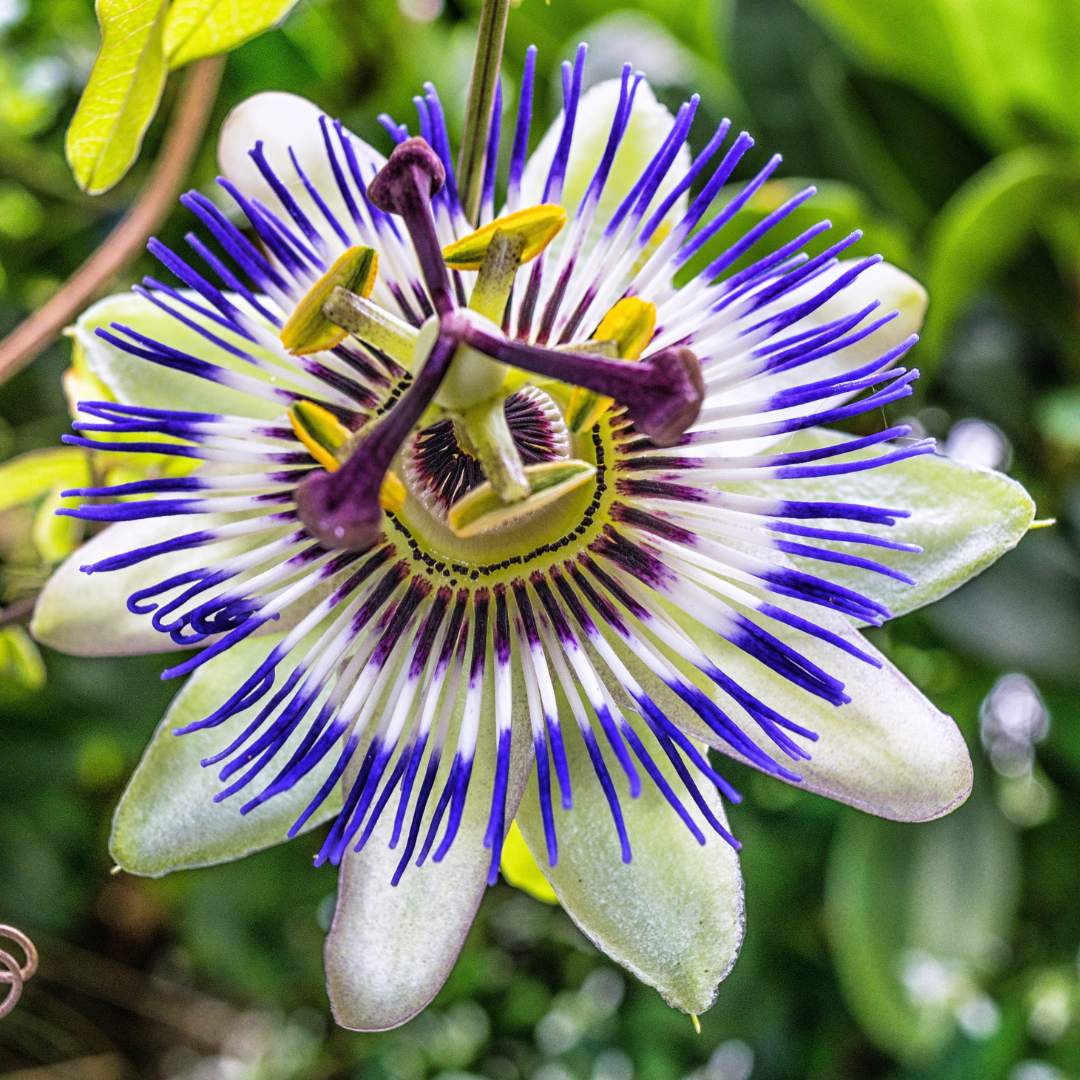 | Passion Flower Passiflora | Vegetal | Purple | Used as a garnish. Use leaves for tea. | |
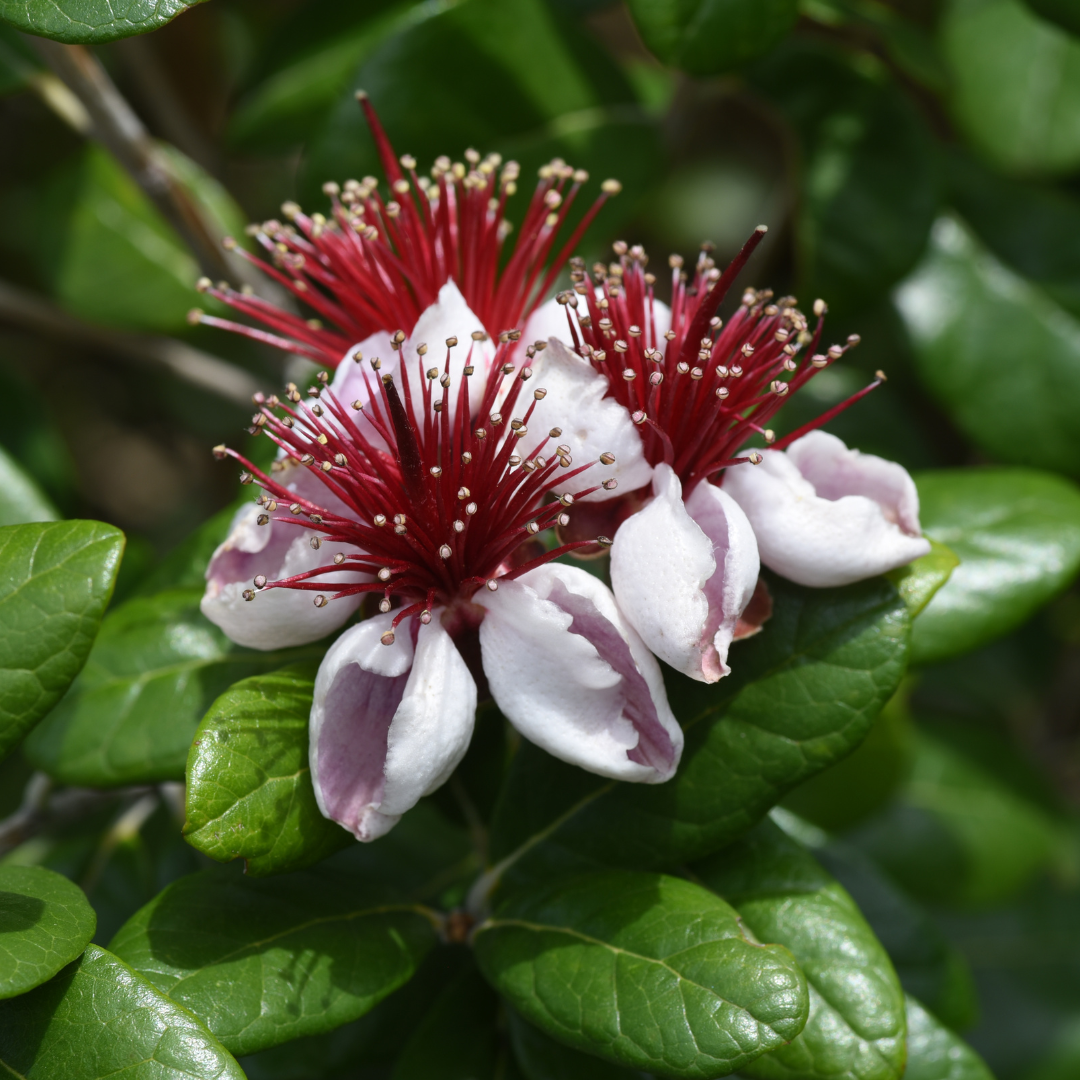 | Pineapple guava Feijoa sellowiana | Floral flavor; papaya or exotic melon | White to deep pink | Pair with berries. Eat like candy, on salads, and with fruit. Good cupcake topper. | |
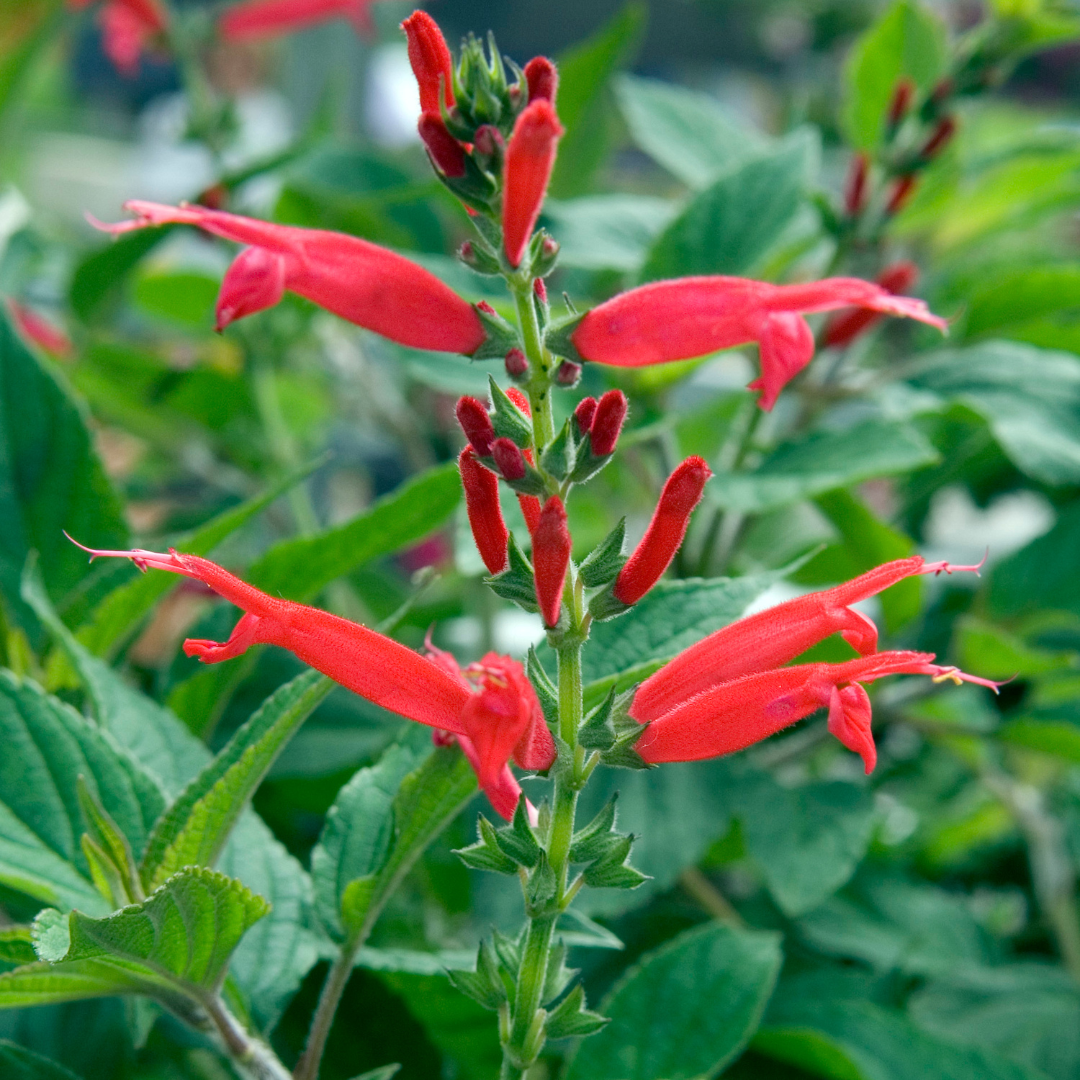 | Pineapple sage Salvia elegans | Pineapple/sage overtones | Scarlet | Garnish, salads, tea | Do not eat Salvia cocinea. Crush leaf: if it smells like pineapple, it is safe to eat; if it smells like sage or grass, do not eat. |
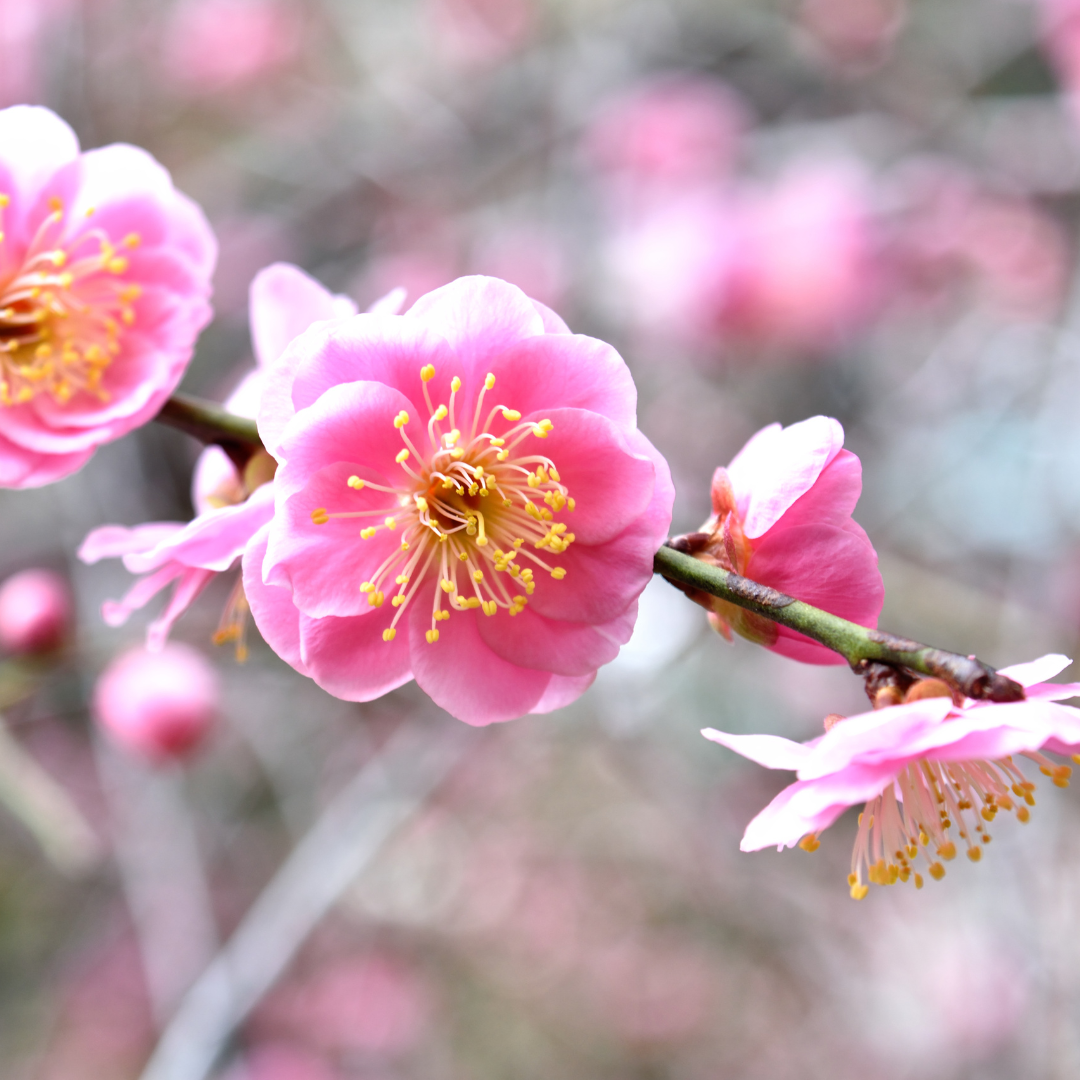 | Plum Prunus spp. | Mild, like flower | Pink to white | Petals can be candied. | Pits of mature fruit are poisonous. |
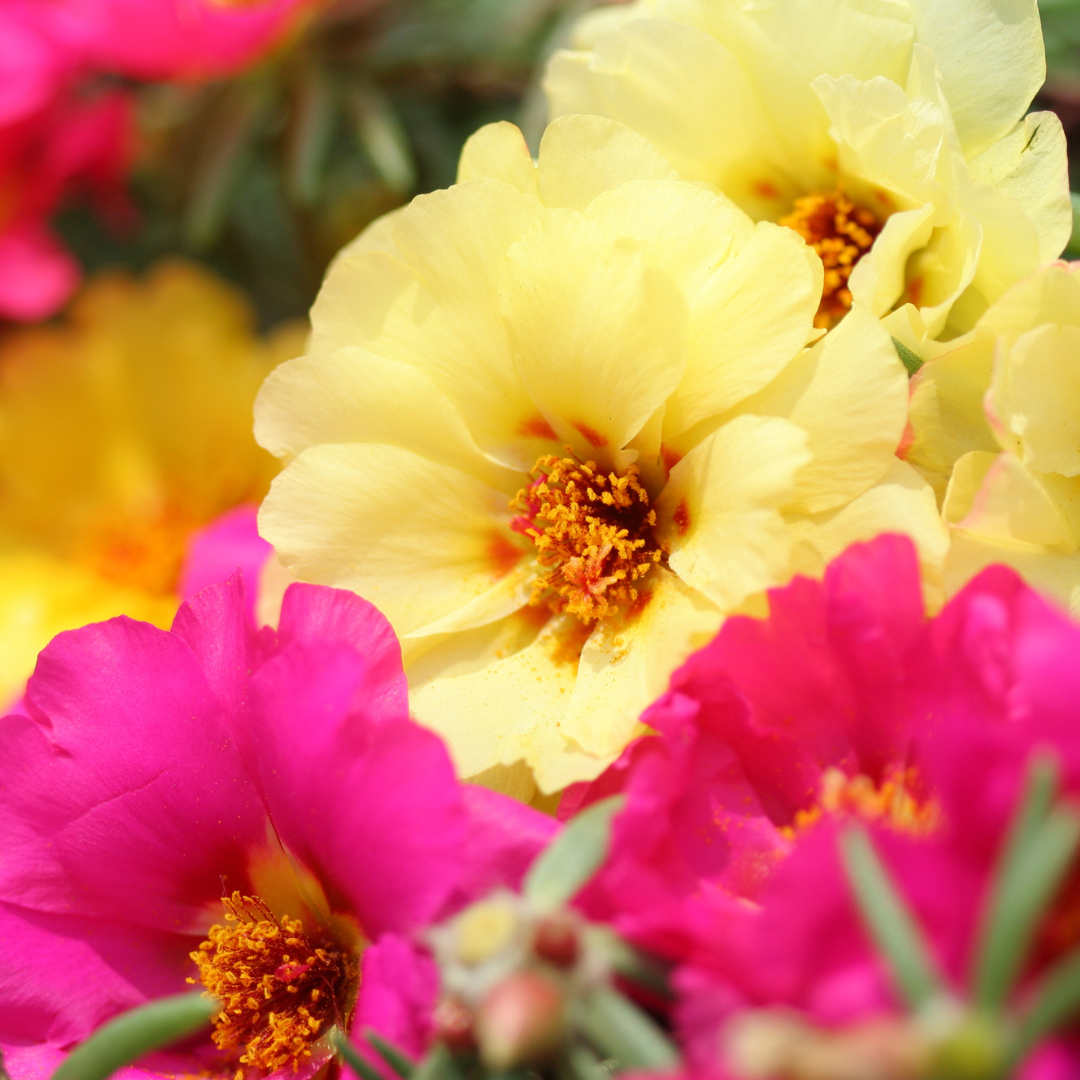 | Purslane Portulaca grandiflora | Sweet, acid like | Red, pink, orange, yellow, white | Use fresh in salad, cooked in stir-fry, or like spinach. | All parts edible. Contains omega-3 fatty acids. |
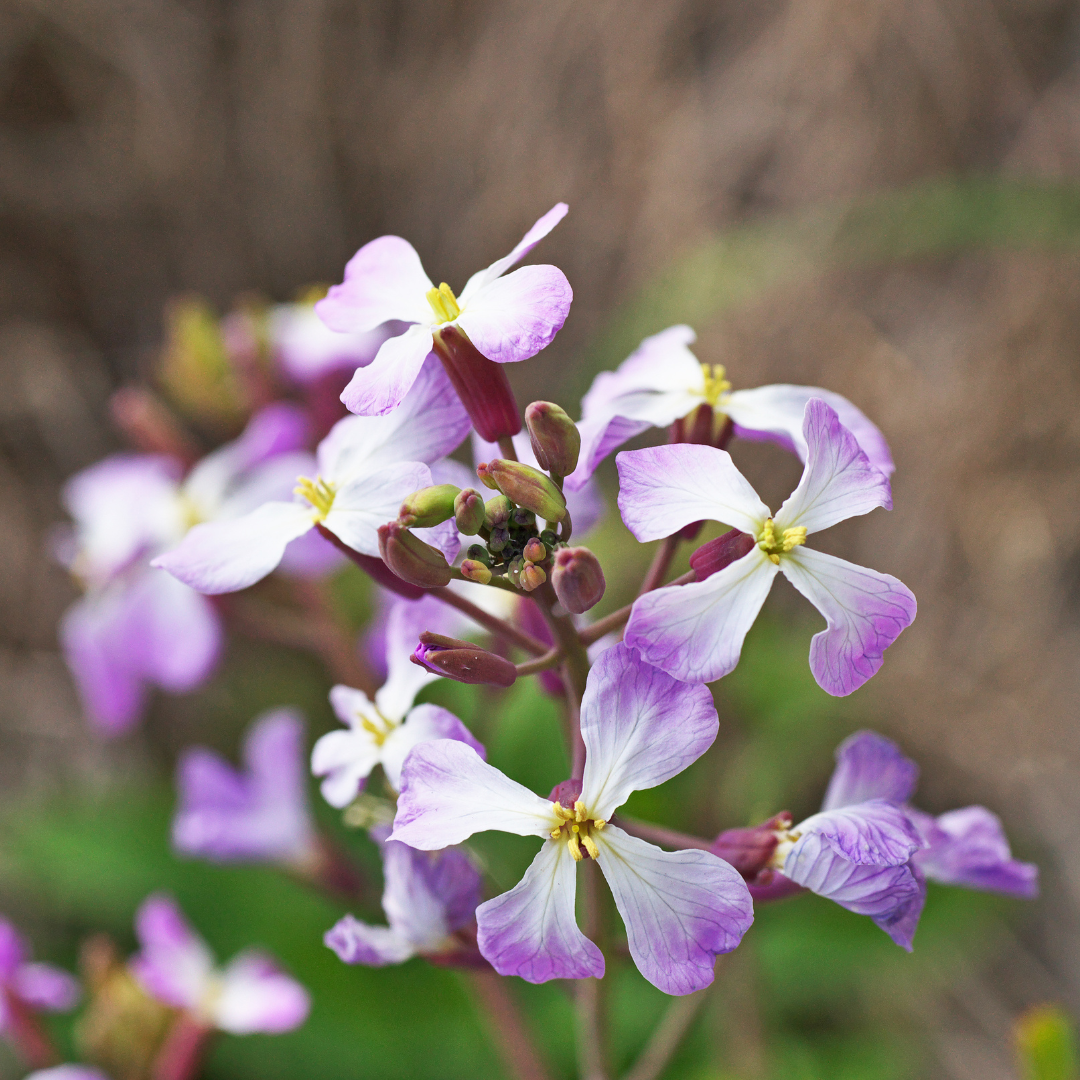 | Radish Raphanus sativus | Spicy | White, pink, yellow | Use in salads. | |
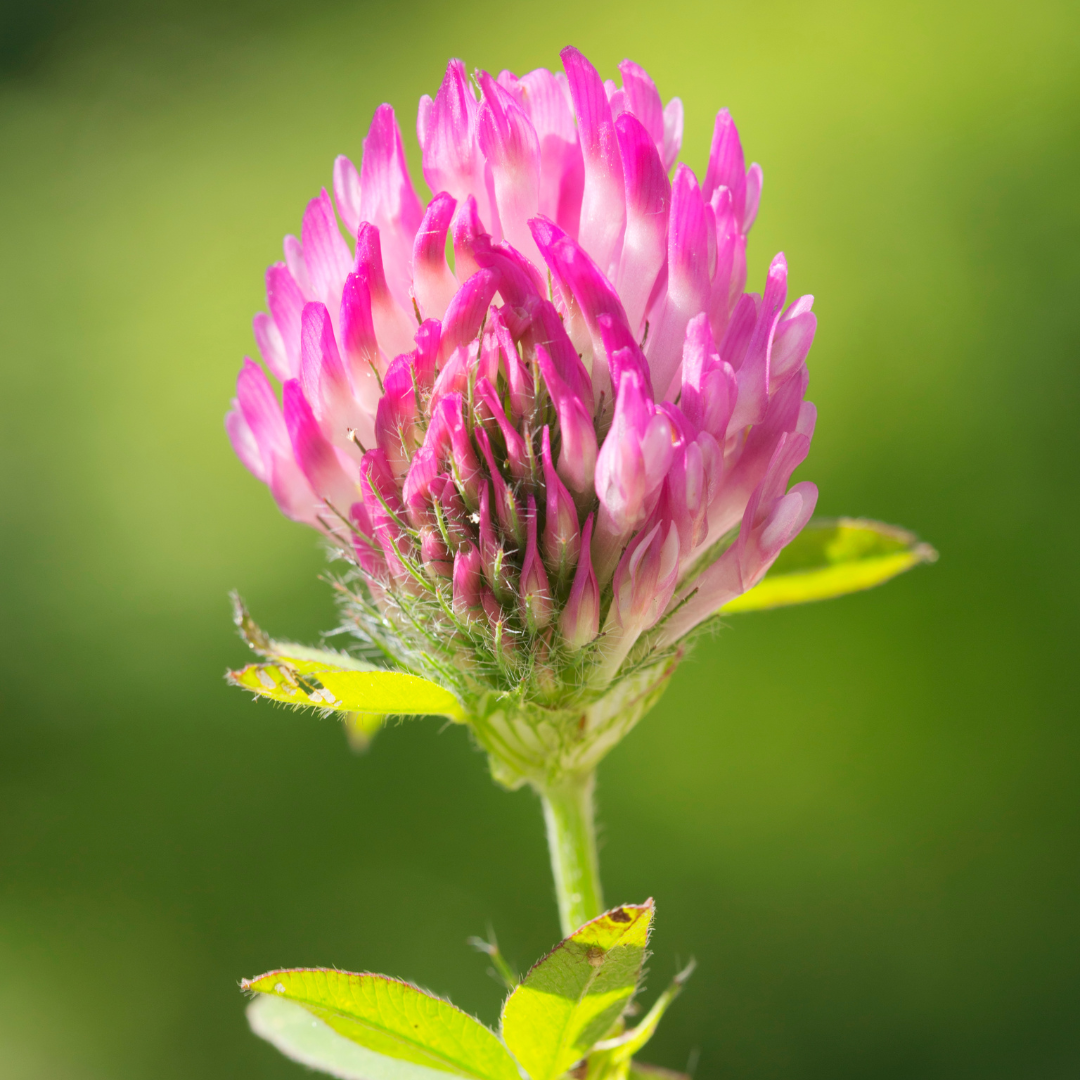 | Red clover Trifolium pratense | Hay | Pink, lilac | Salads, garnish | Raw clover flowers are not easily digestible. Do not take if pregnant or nursing. |
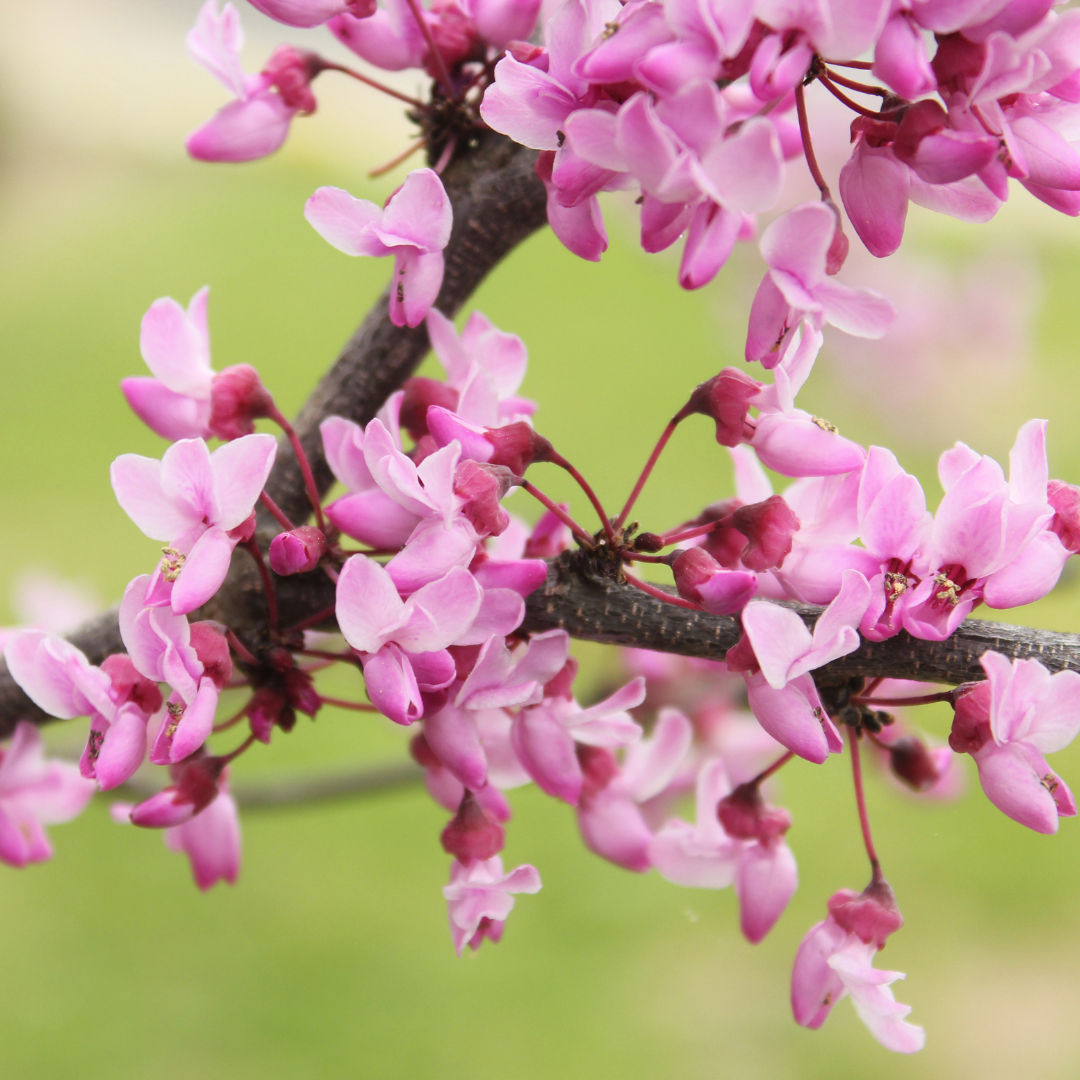 | Redbud Cercis canadensis | Beanlike to tart apple | Pink | Add to pancakes or fritters. Use as garnish or in salads. Also used in pickle relish. | |
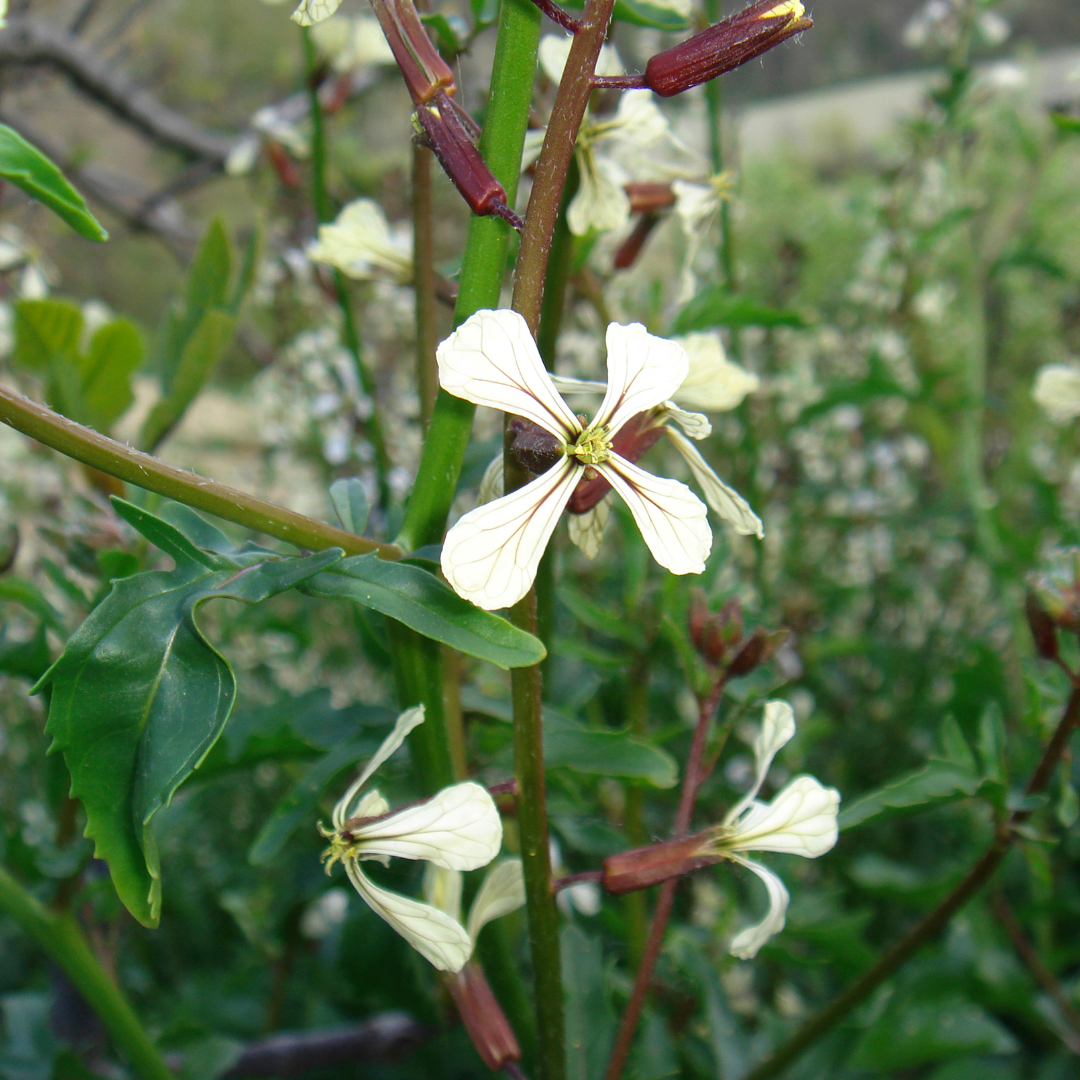 | Rocket, arugula Eruca vesicaria | Nutty, smoky, less piquant than leaves | White | Garnish, salads, soups | Once flowers form, the leaves become bitter. |
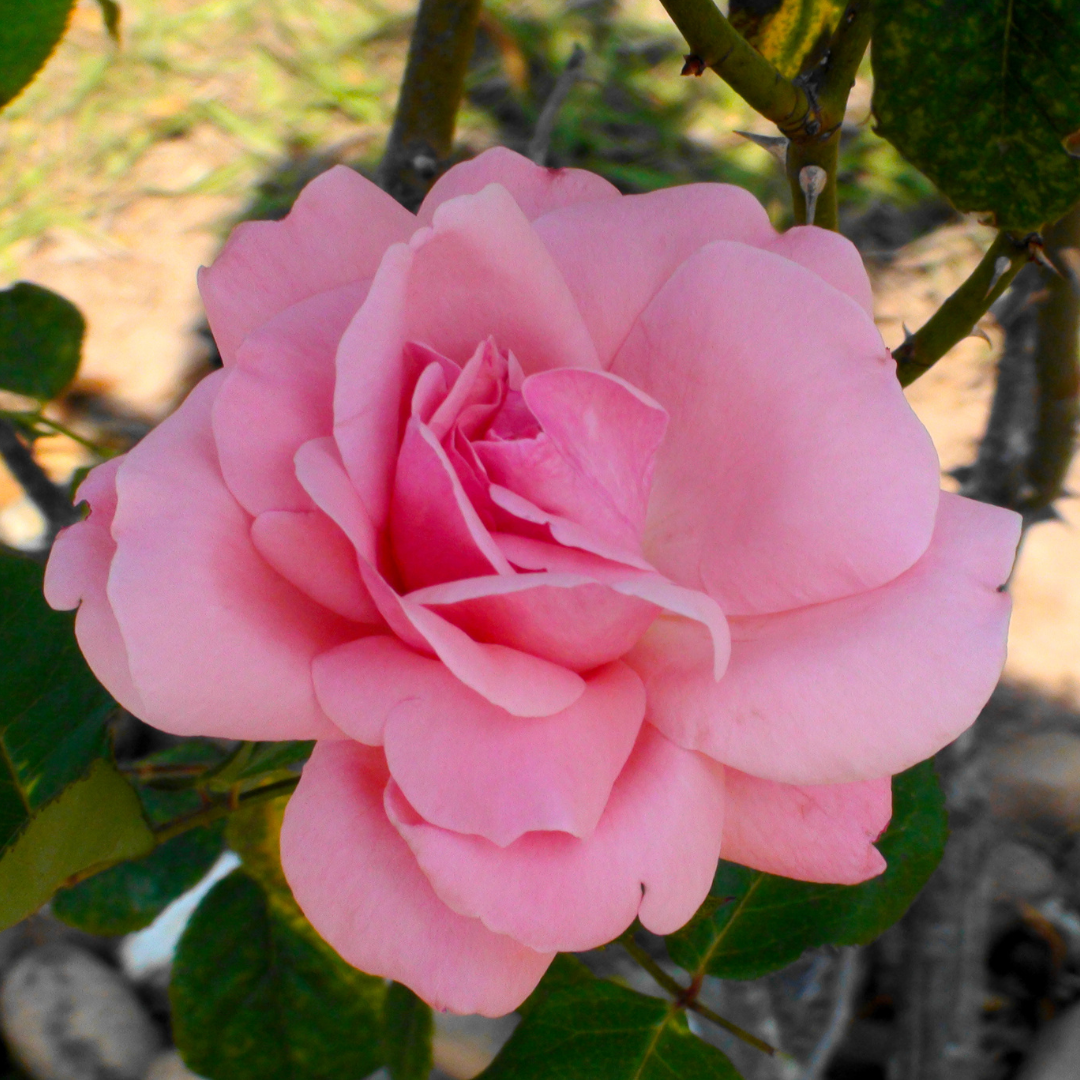 | Rose Rosa spp. | Highly perfumed; sweet to bitter | White, pink, yellow, red, orange | Garnish ice creams and desserts. Freeze in ice cubes and float in punches. Use petals in syrups, jellies, butters, and spreads. | Remove the white, bitter base of the petal. |
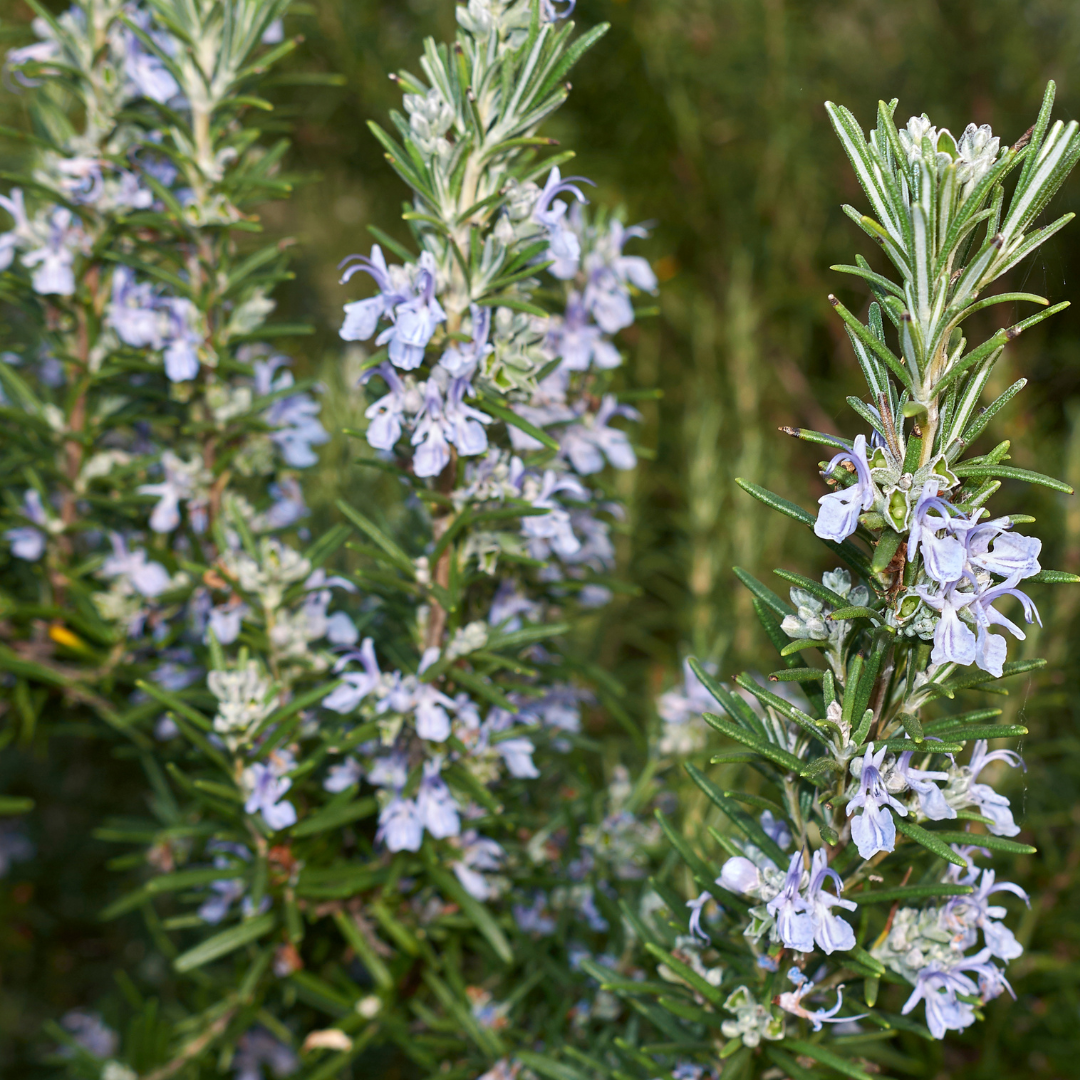 | Rosemary Rosmarinus officinalis | Mild rosemary | Pale blue, dark blue, pink, white | Use as garnish. | Flowers don’t last long. Do not cook flower. |
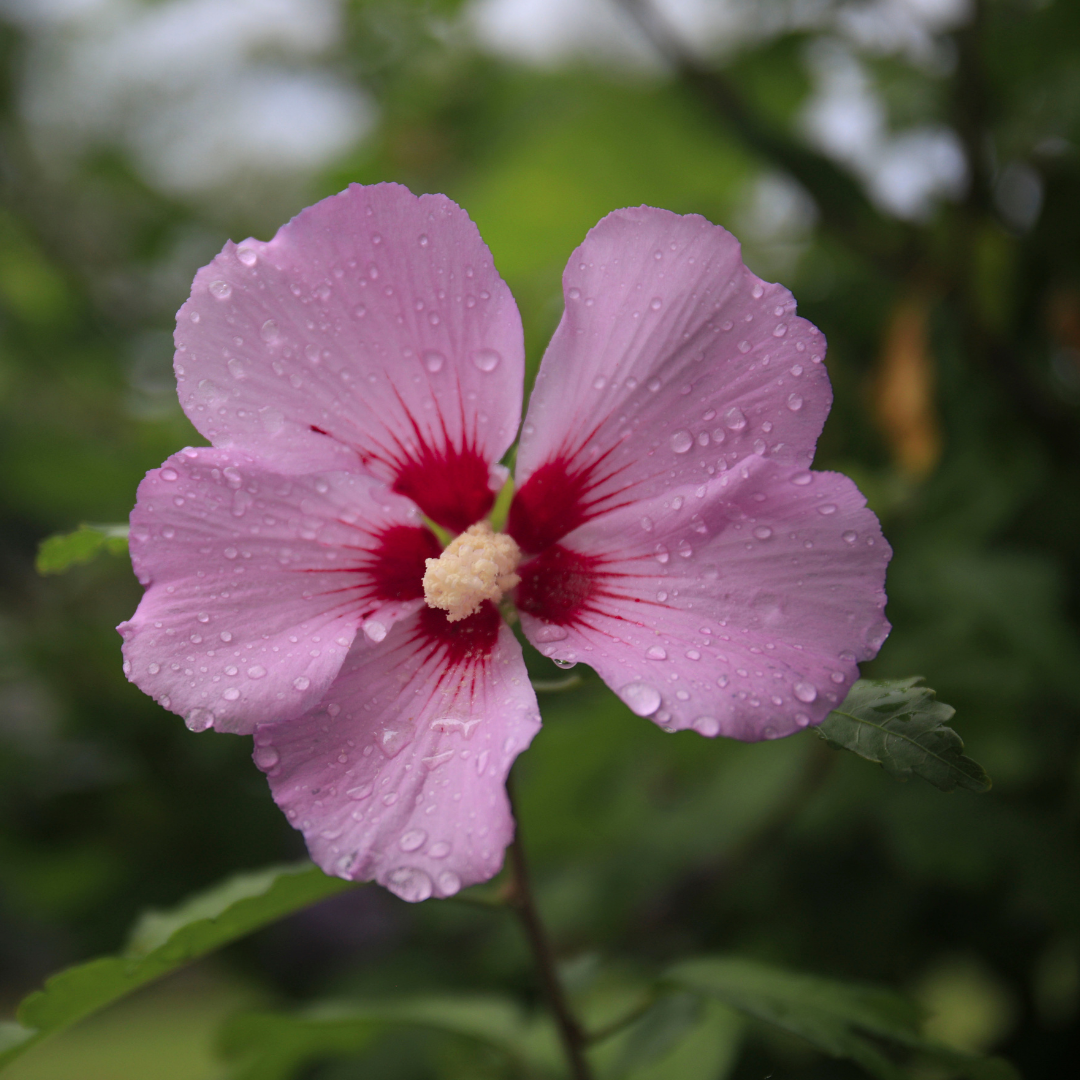 | Rose-of-Sharon Hibiscus syriacus | Mild, nutty | Red, white, purple, violet | Salads | |
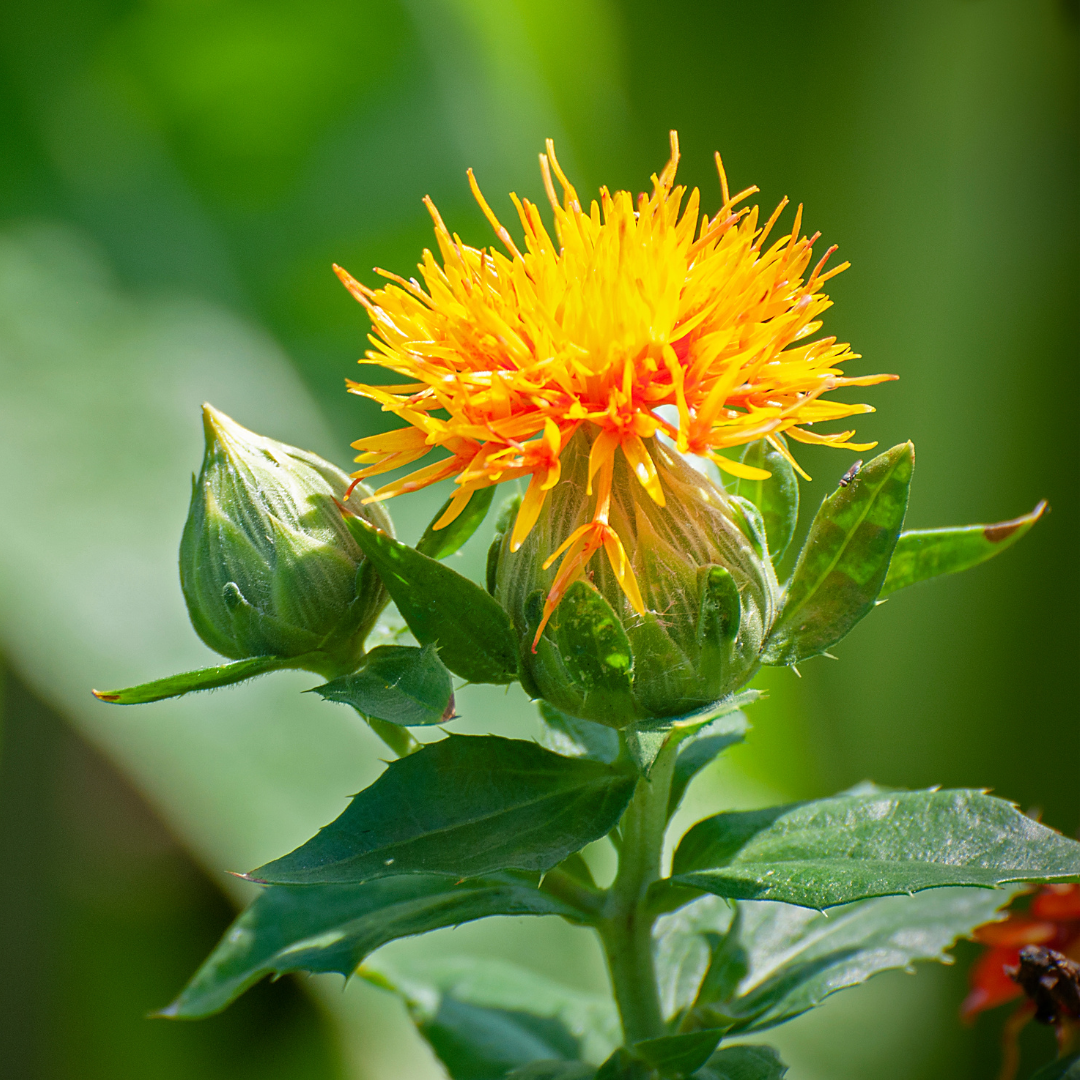 | Safflower, American safflower, saffron Carthamus tinctorius | Bitter flavor | Yellow to deep red | Spice, dye | May impart yellow color to cooked foods. |
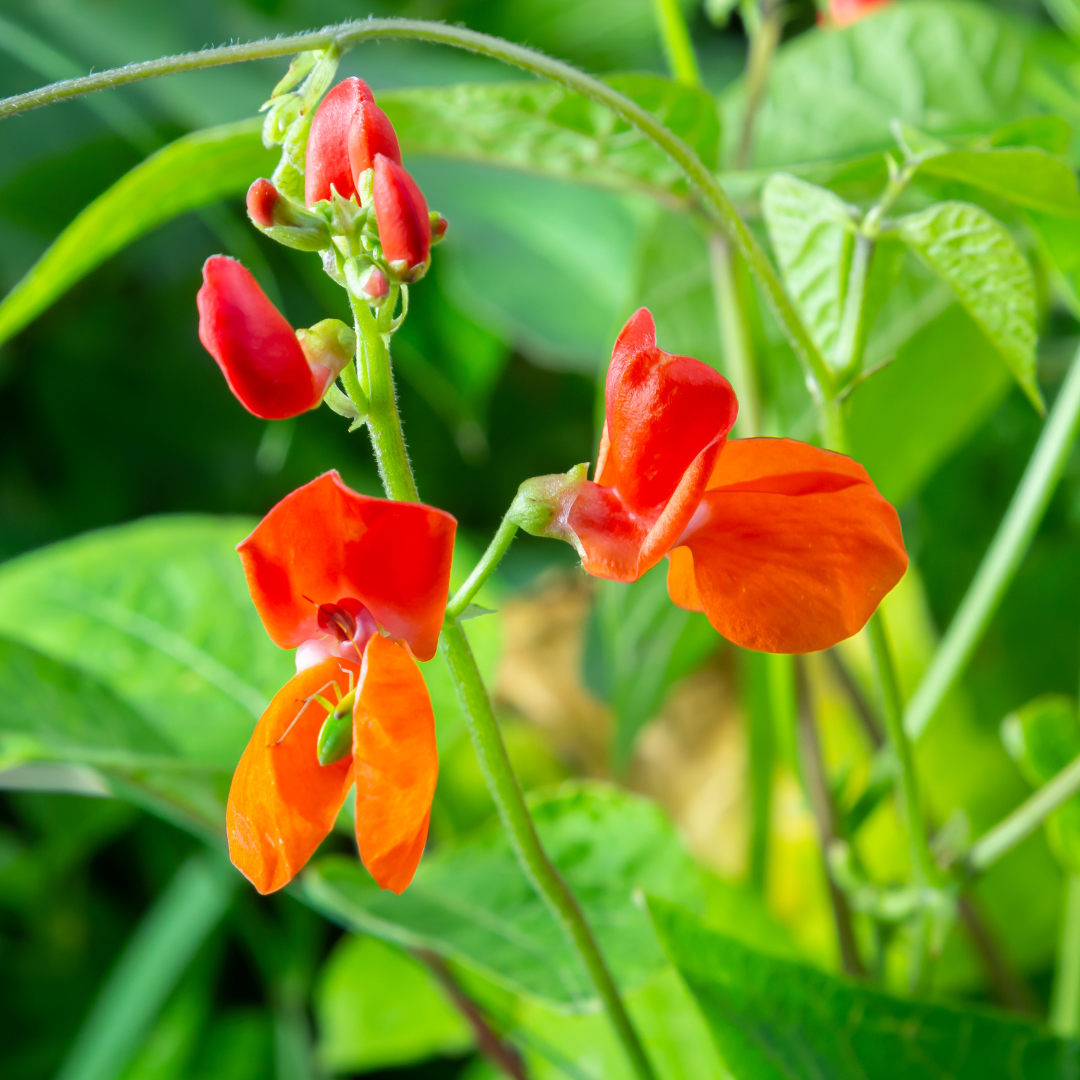 | Scarlet runner bean Phaseolus coccineus | Raw bean but milder | Bright orange to scarlet | Use raw in salads, boiled, steamed, or sautéed. | Flowers are crunchy; only last one to two days. |
 | Scented geranium Pelargonium spp. | Like variety selected, e.g., rose, lemon; varies | White, red, pink, purple | Use in herbal butters. | Typically just ornamental. |
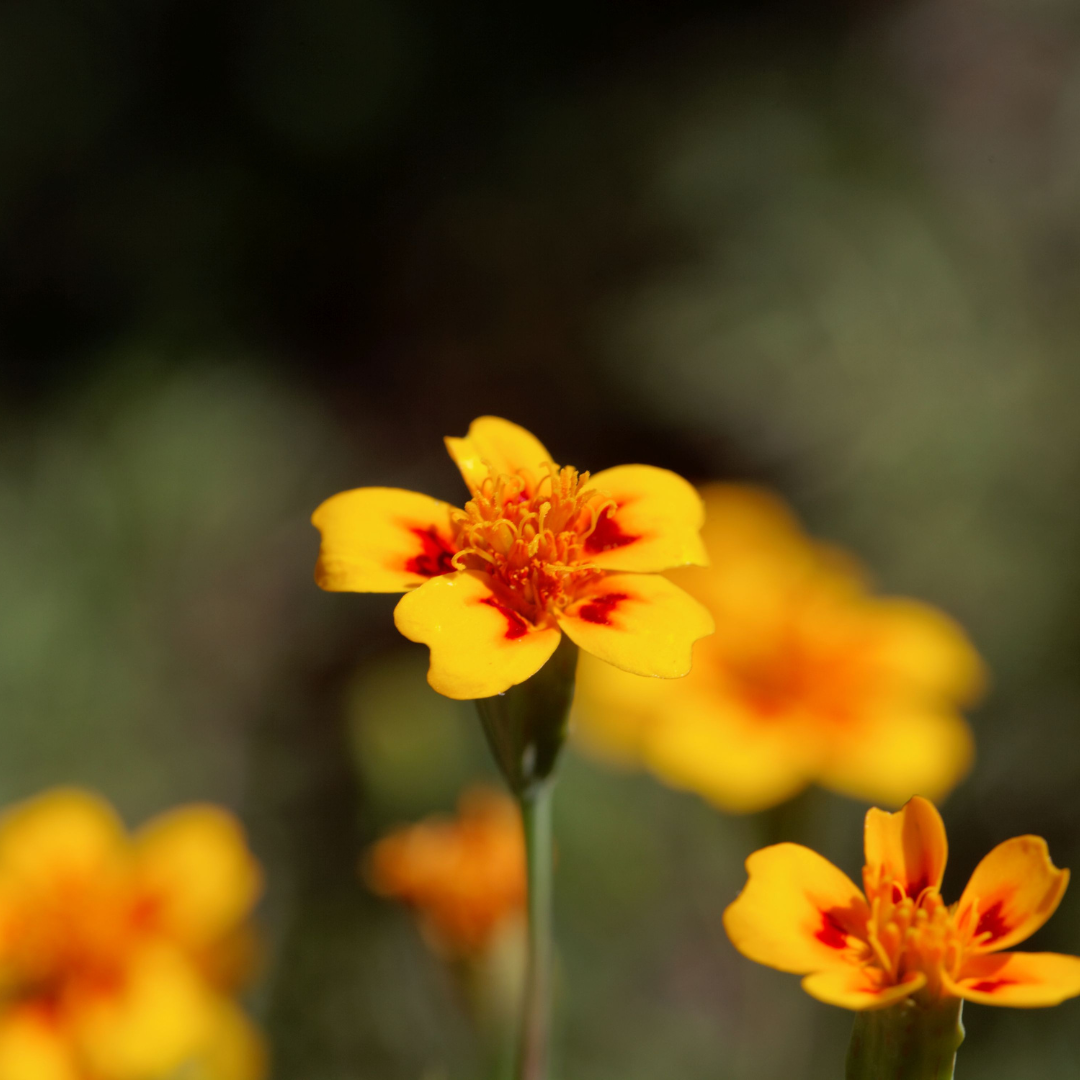 | Signet marigold Tagetes tenuifolia | Citrus; milder than T. erecta | White, gold, yellow, red | Use in tea, to color foods, and as a substitute for tarragon. | Remove the bitter, white base of the petal. May be harmful if eaten in large amounts. |
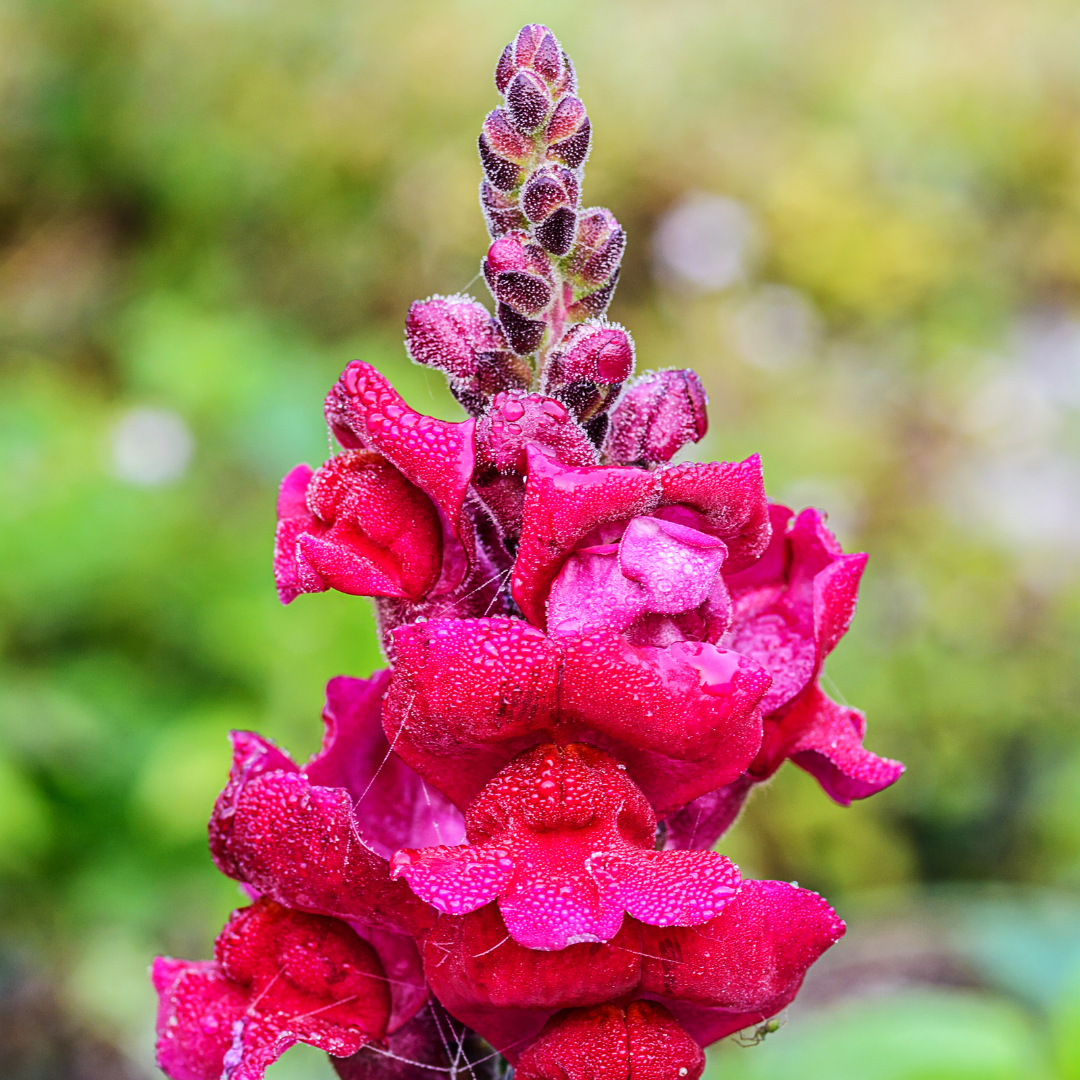 | Snapdragon Antirrhinum majus | Best used as a garnish rather than eaten. | |||
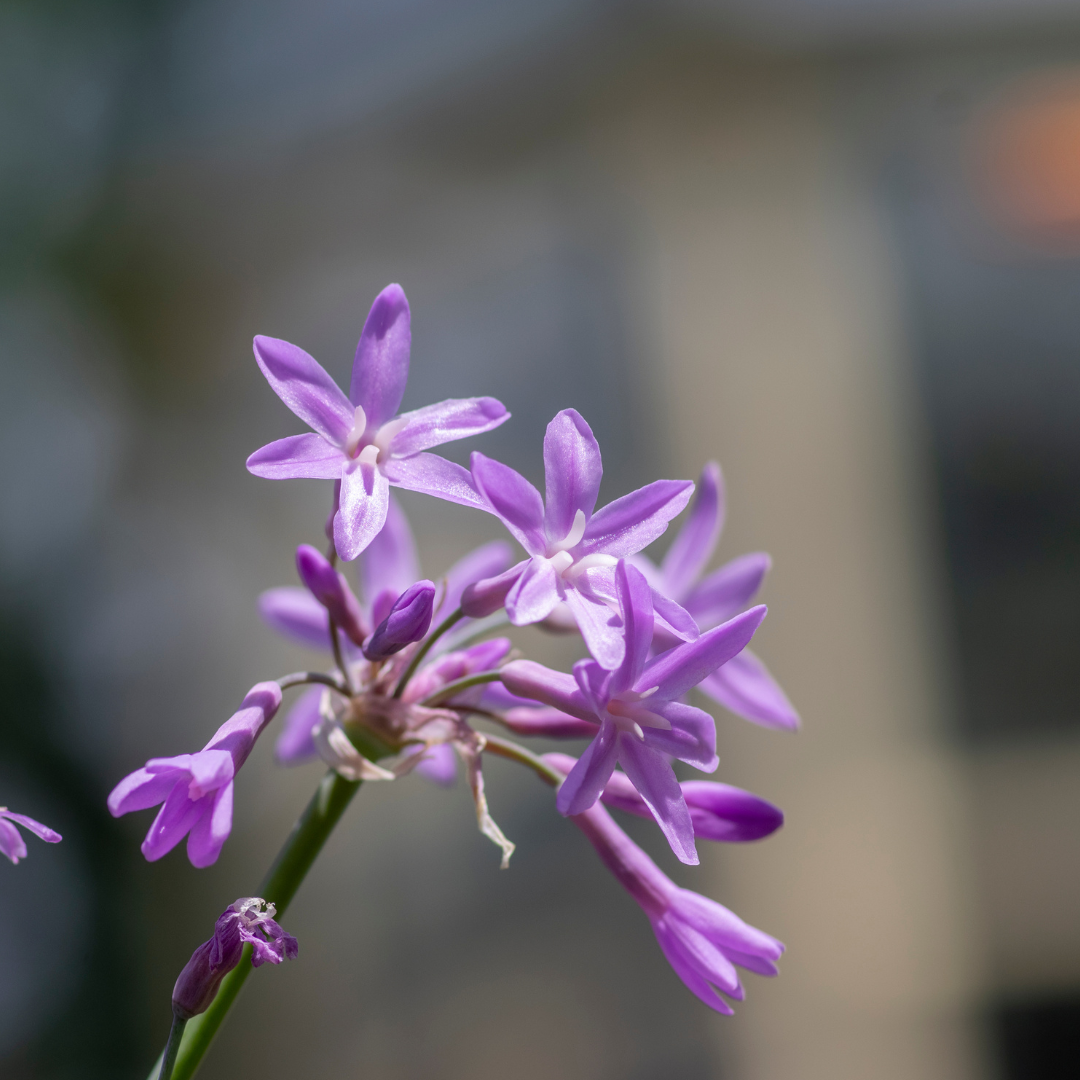 | Society garlic Tulbaghia ciolacea | Onion flavor | Lilac | Eat raw or cooked. | |
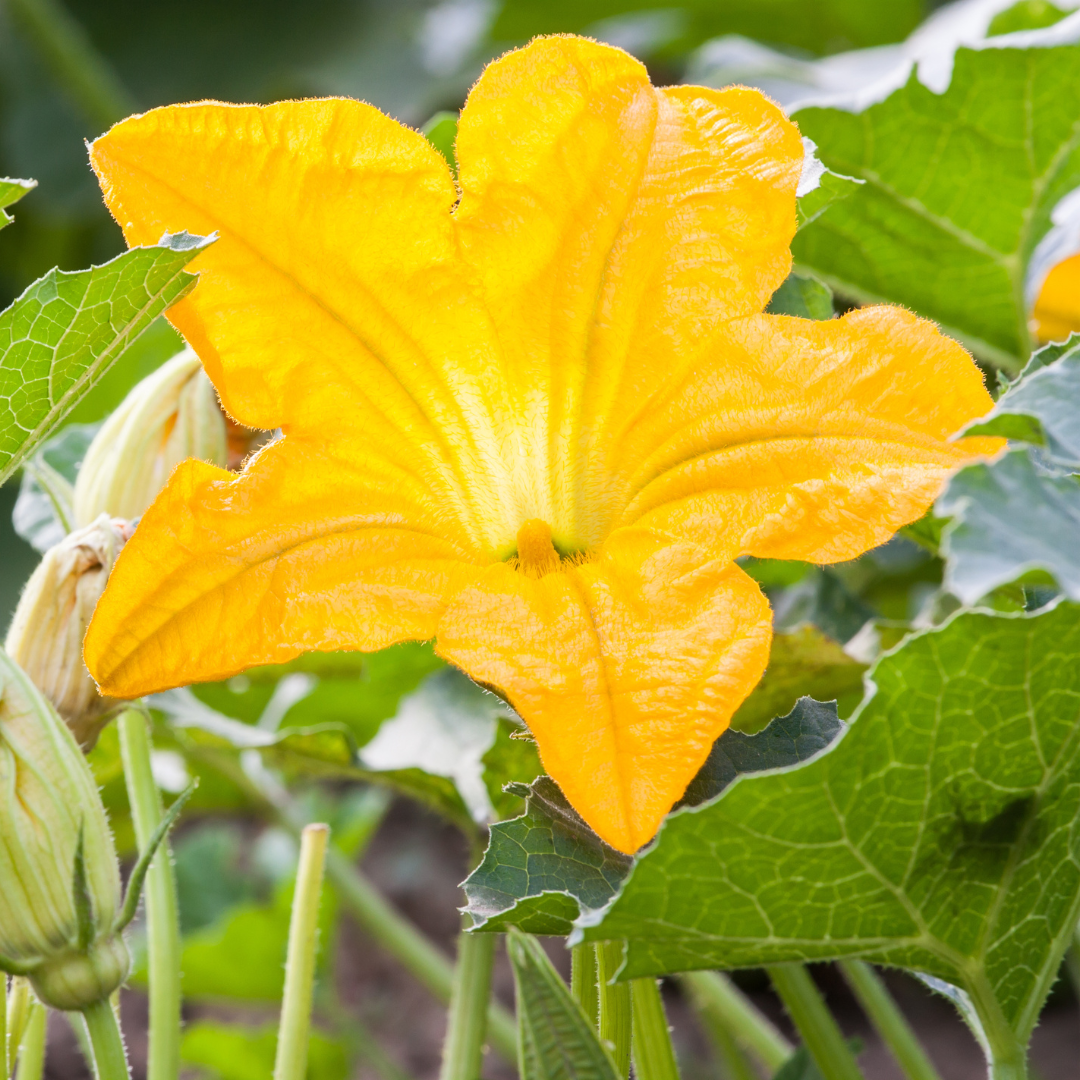 | Squash or pumpkin Cucurbita spp. | Mild, raw squash | Orange, yellow | Fry, bake, add to pasta, use in quesadillas, soups, etc. | |
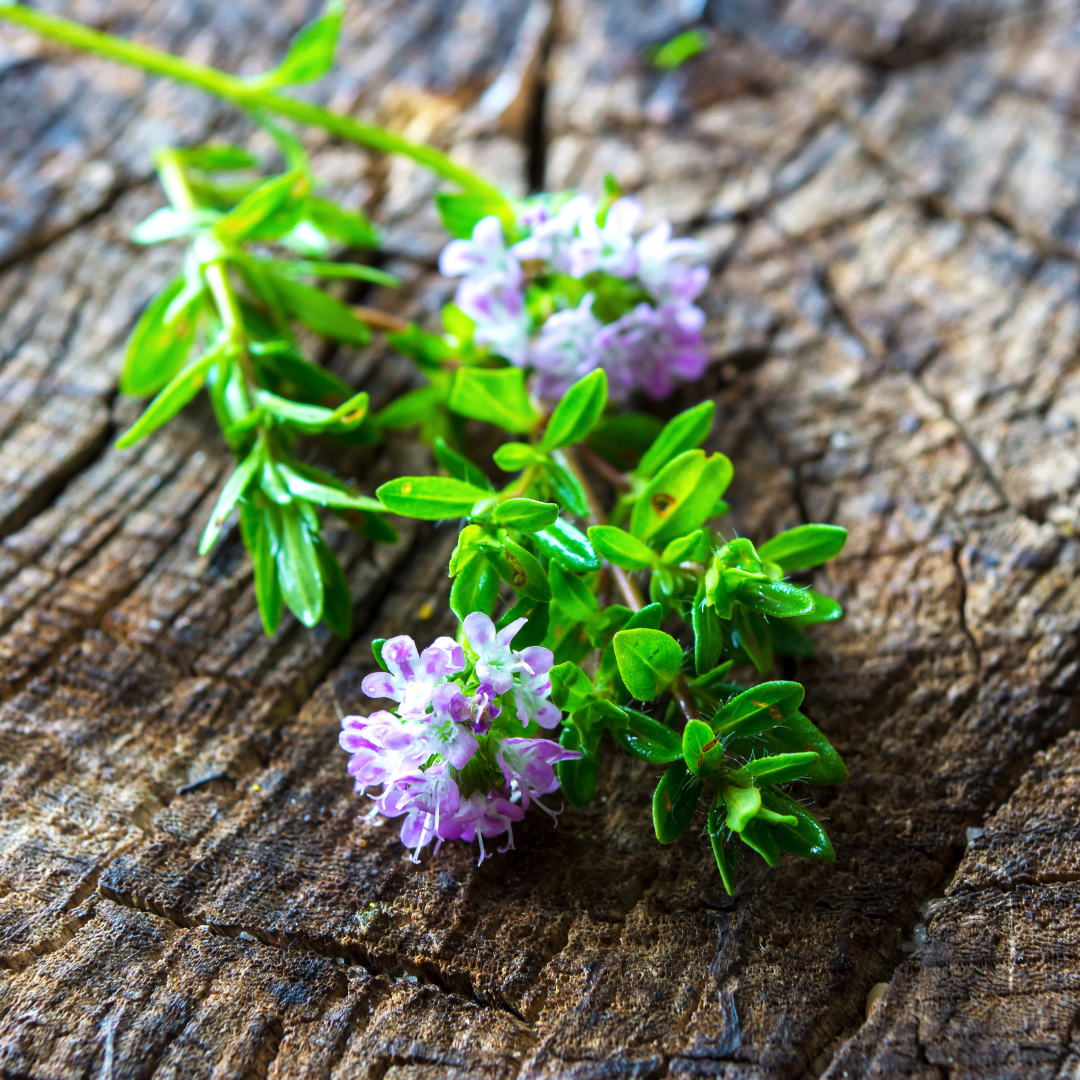 | Summer savory Satureja hortensis | Mildly peppery, spicy | Pink | Culinary, medicinal, aromatic, and decorative. Use to flavor soups, teas, vinegars, and butters; include in potpourris. | |
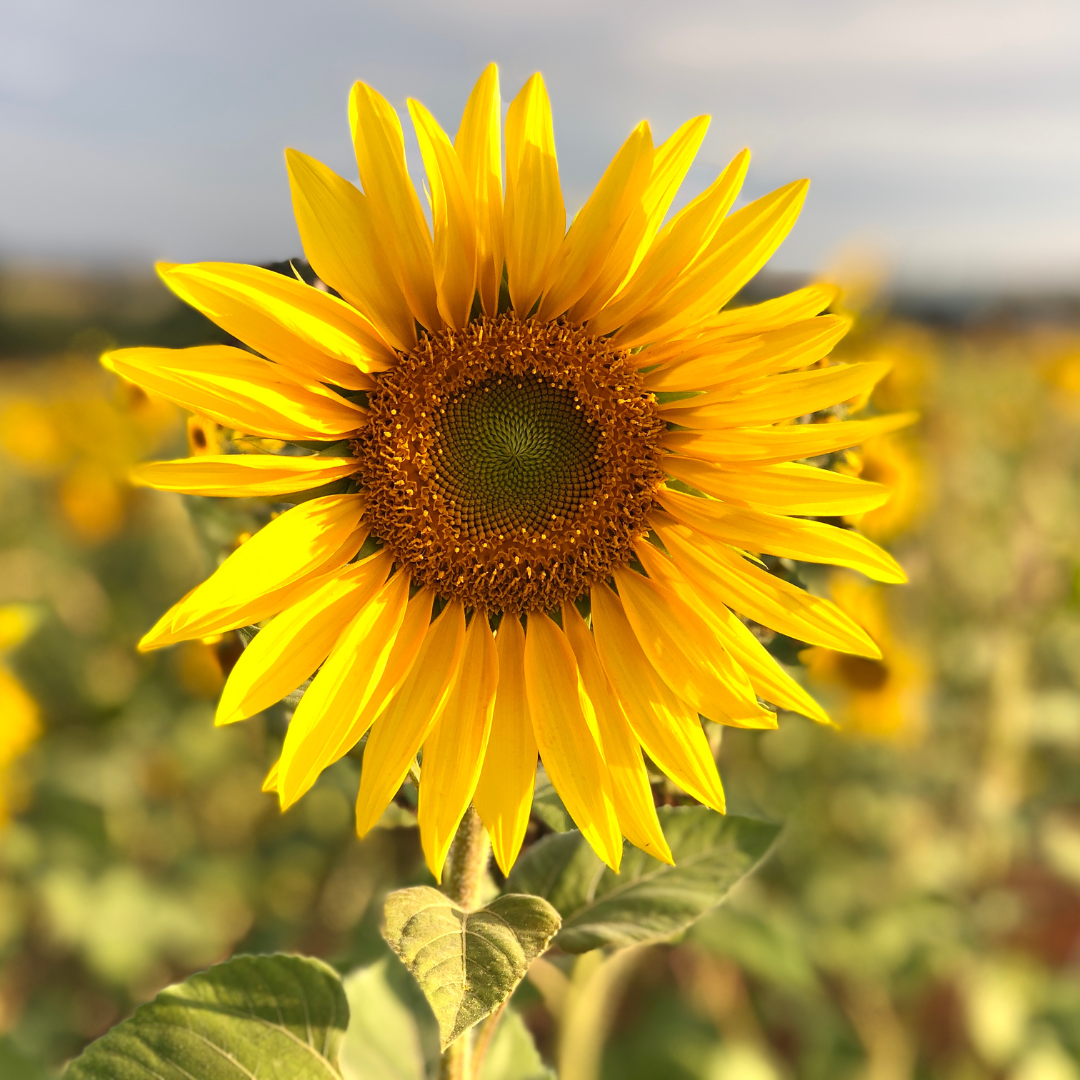 | Sunflower Helianthus annuus | Buds have an artichoke flavor; petals of open flowers have a bitter- sweet flavor | Yellow | Steam buds. | |
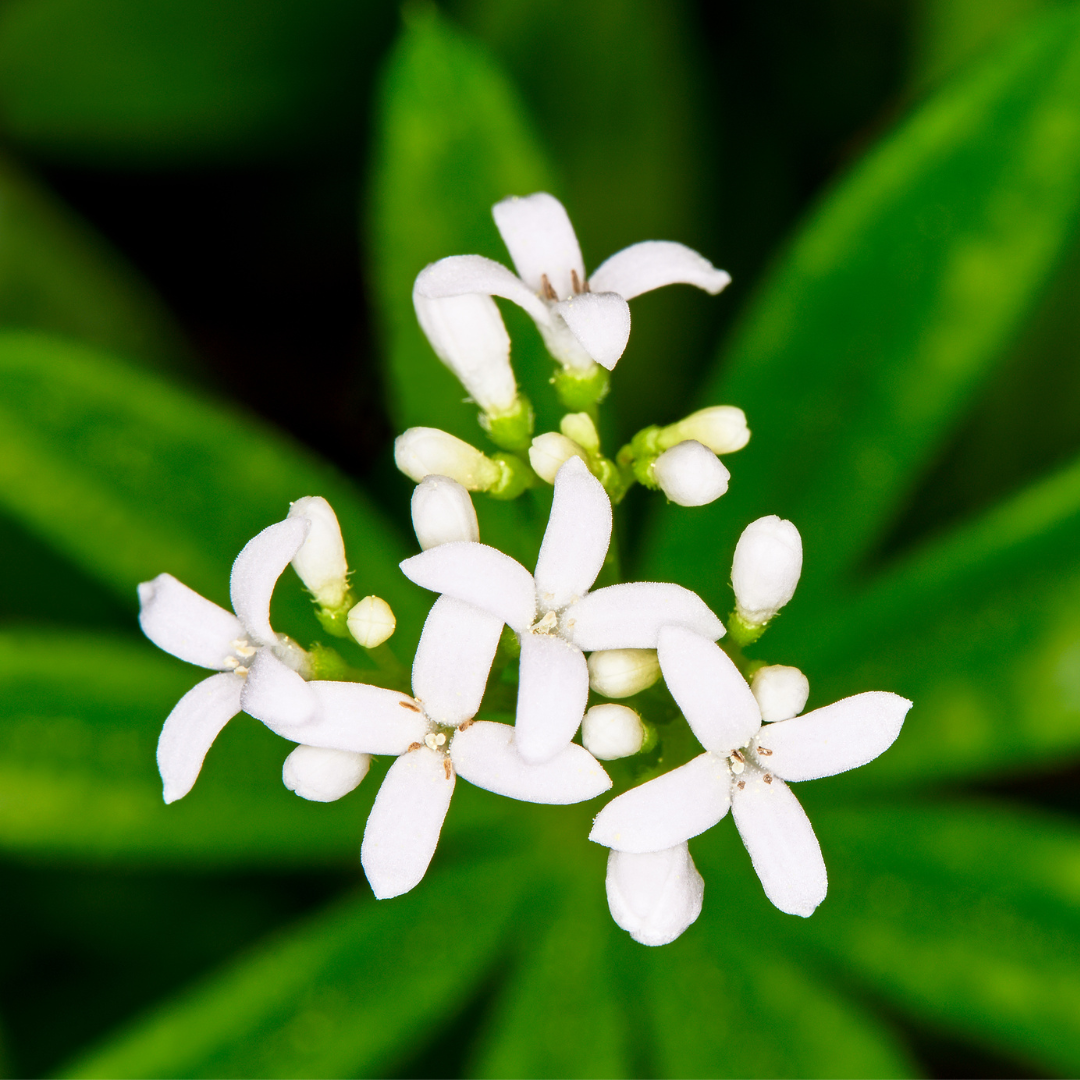 | Sweet woodruff Galium odoratum | Sweet, grassy, vanilla | White | Tea | Can have a blood thinning effect if eaten in large amounts. |
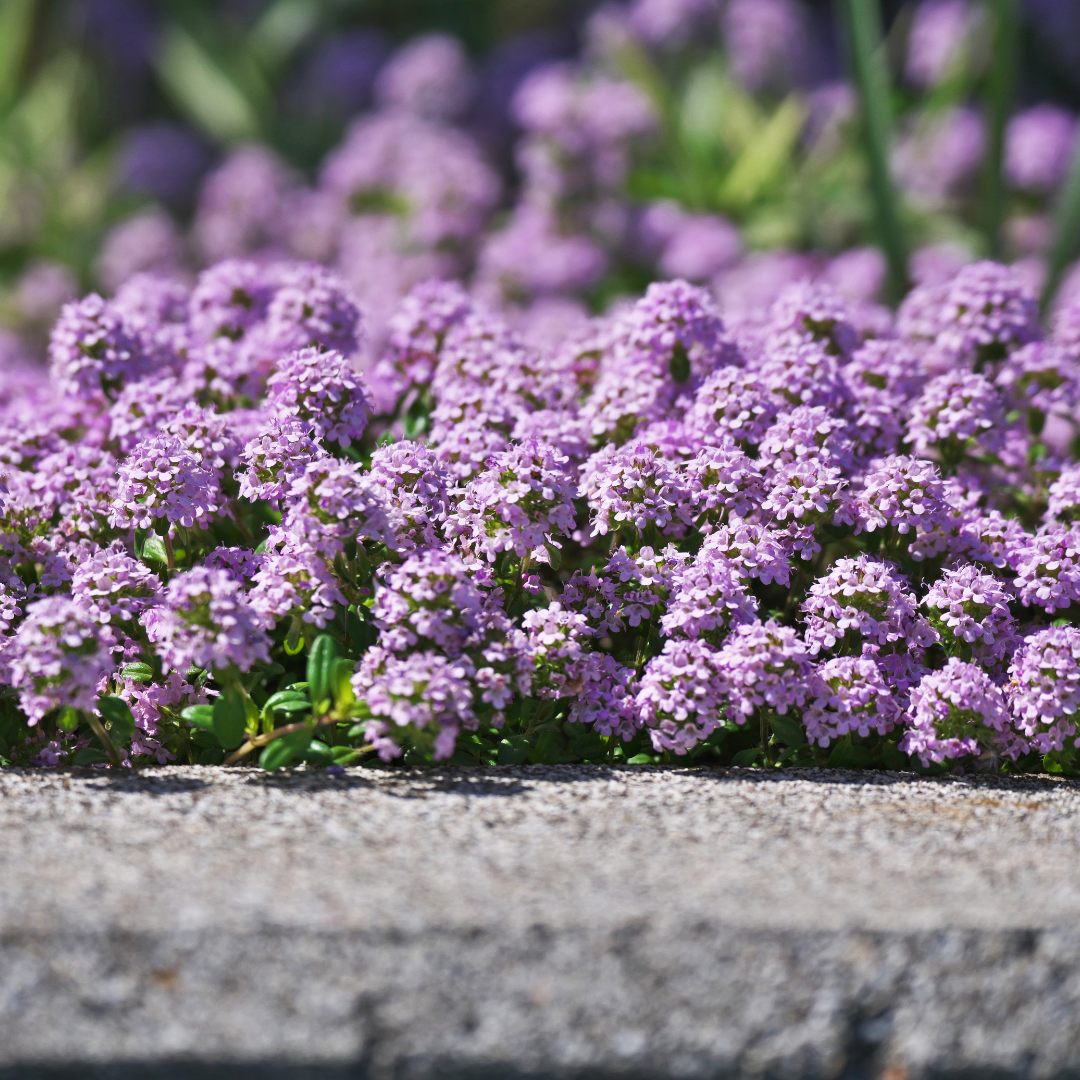 | Thyme Thymus spp. | Milder than leaves | Pink, purple, white | Use as garnish. Sprinkle over soups. | |
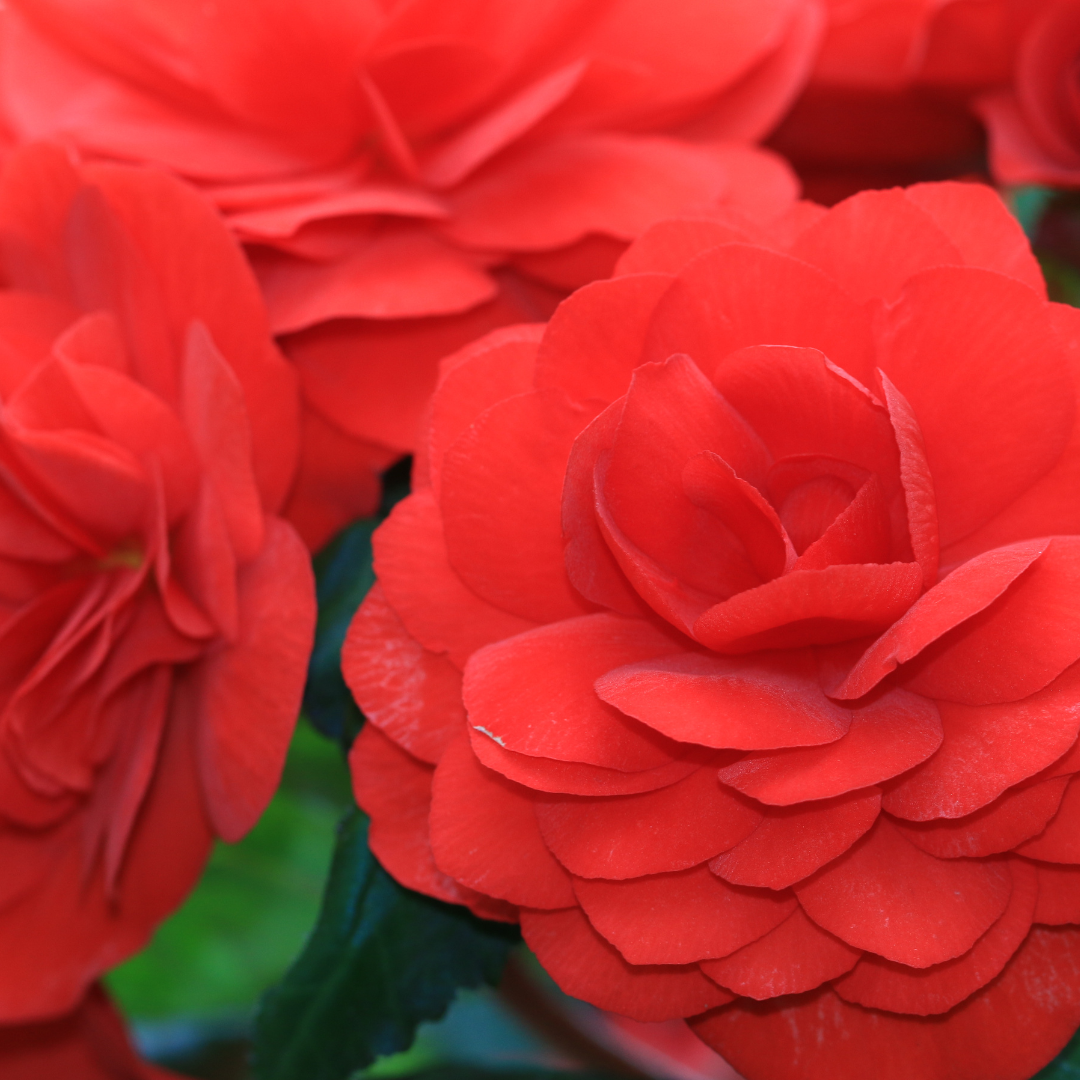 | Tuberous begonia Begonia x tuberhybrida | Citrus | White, pink, yellow, red, orange and combinations | Eat raw or cooked in sauces | |
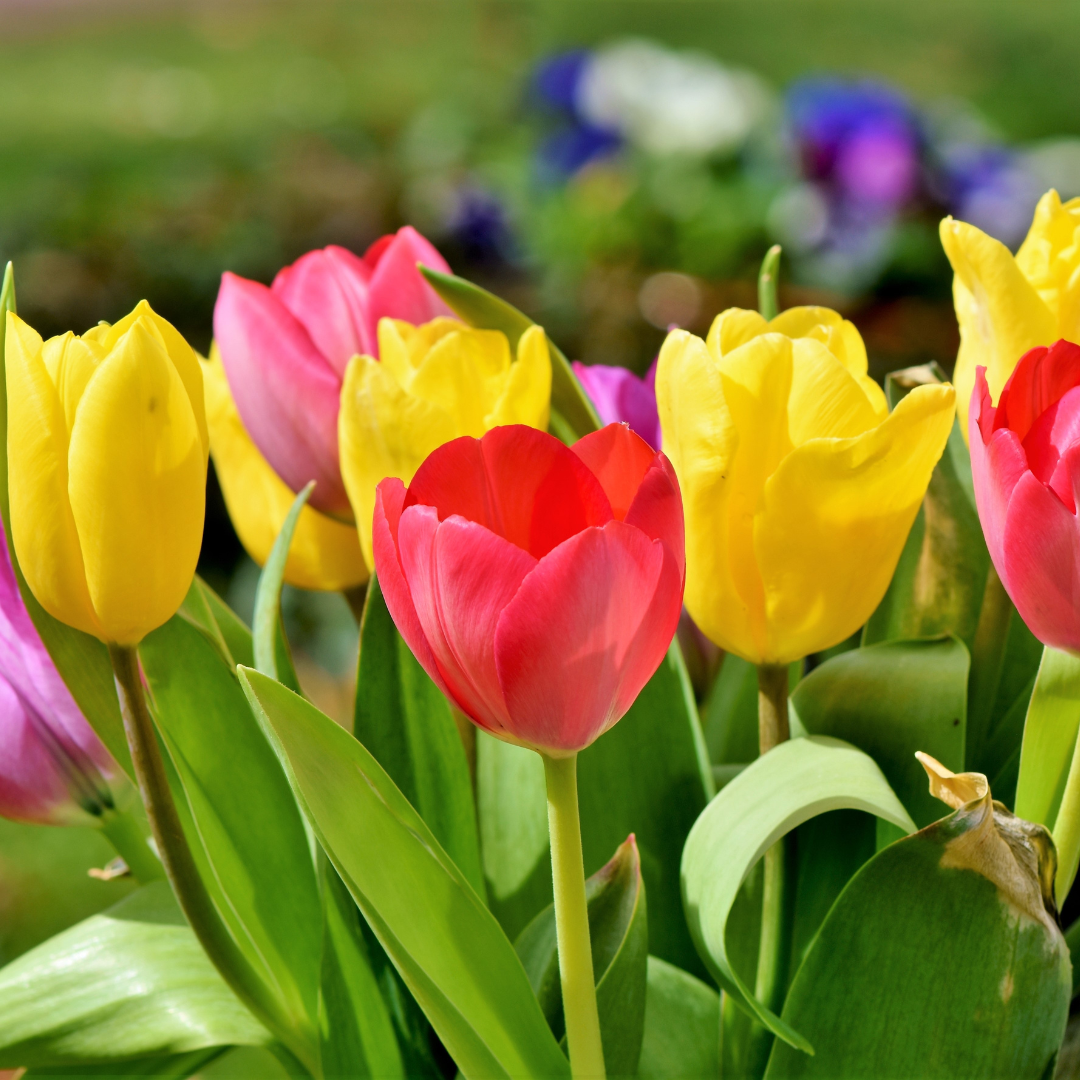 | Tulip Tulipa | Vegetable-like; lettuce, fresh pea or cucumber | Wild range | Salads | Cucumber-like texture. Do not eat bulbs. Some people have allergic reaction causing a rash and numbness. |
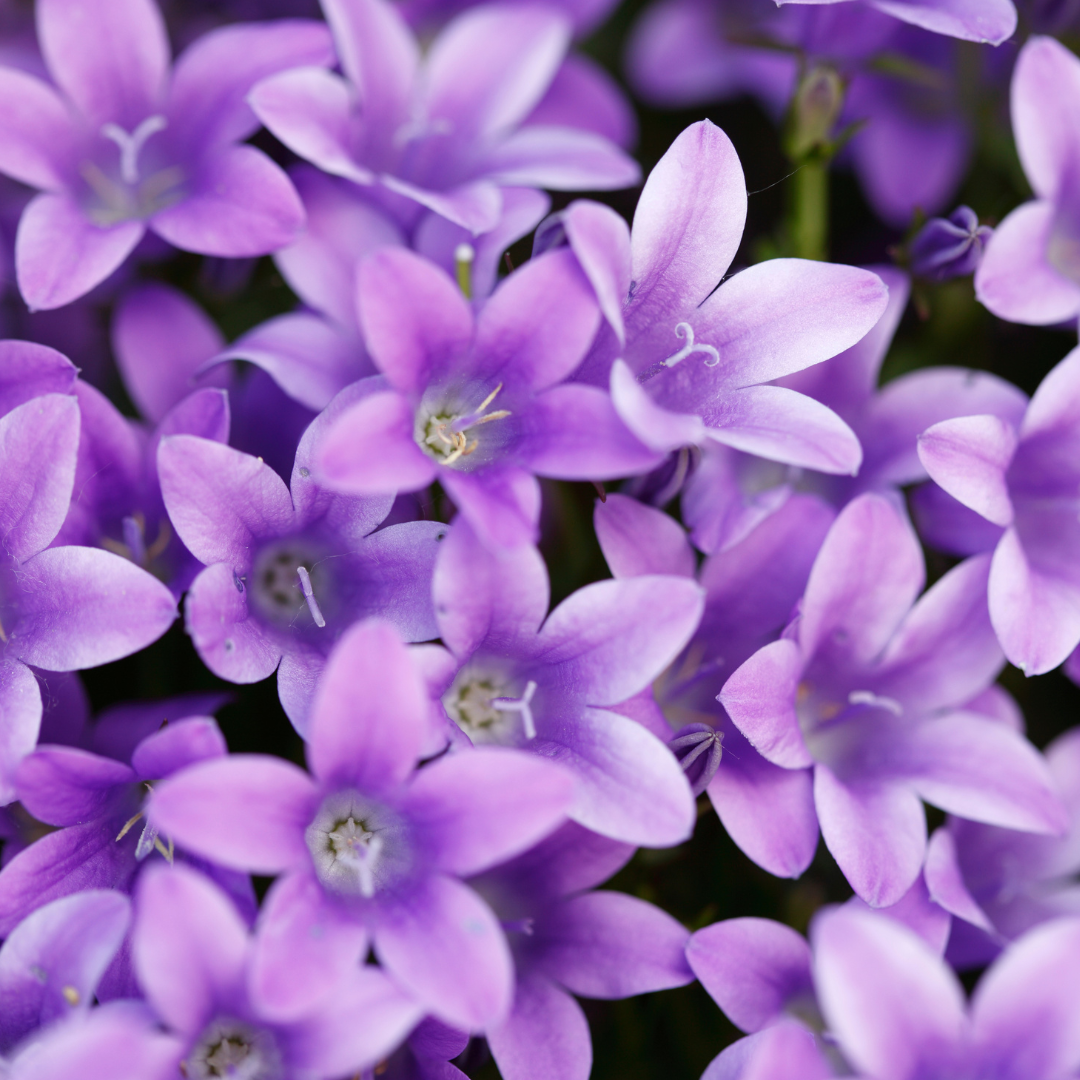 | Violet Viola odorata | Sweet | Violet, pink, white | Use candied or fresh. Leaves and flowers can be used in salads. Flowers can embellish desserts and iced drinks. Leaves can be cooked like spinach. | Candies well. |
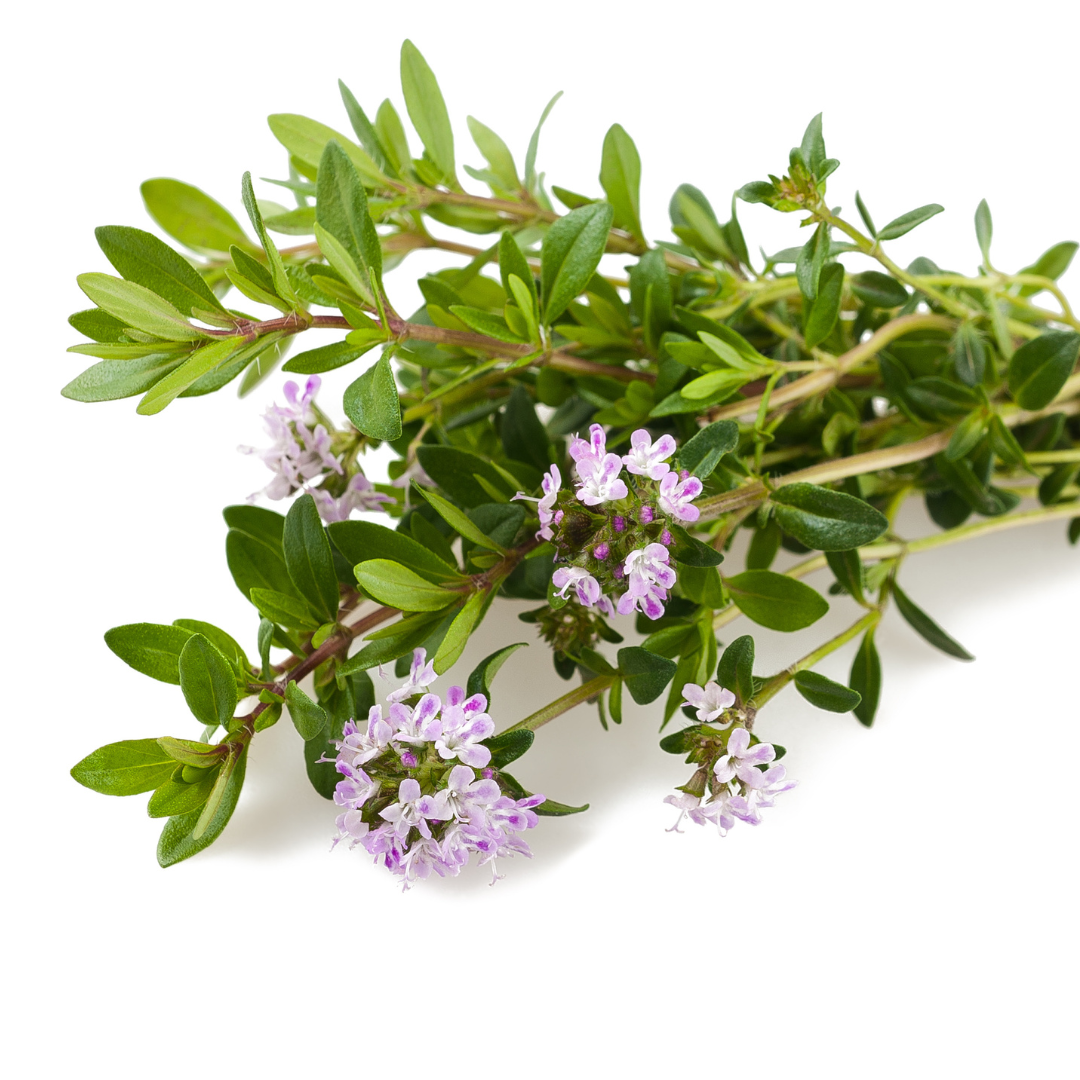 | Winter savory Satureja montana | Mildly peppery, spicy | Pale blue to white | Use fresh in savory dishes like chicken, fish, and pork. | |
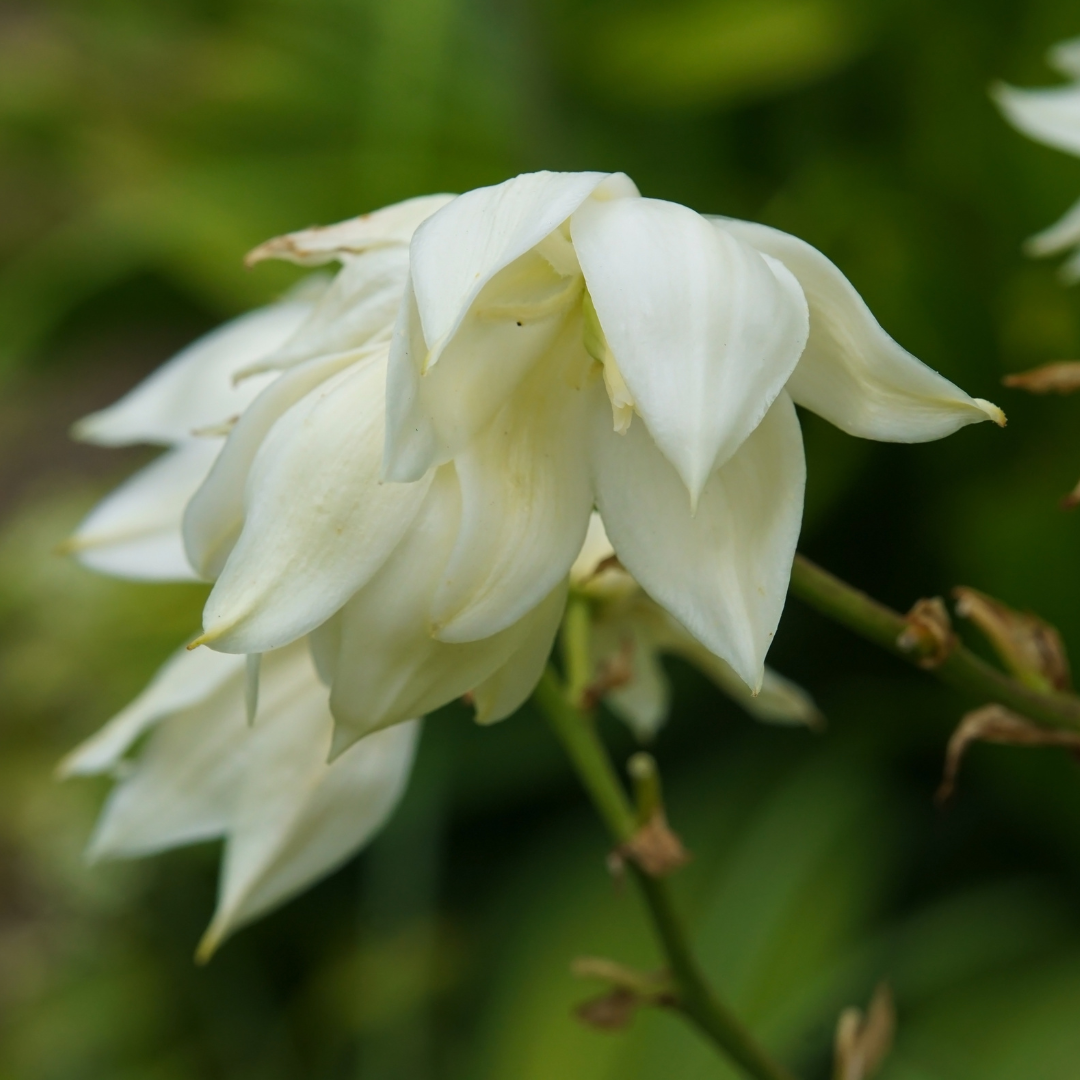 | Yucca Yucca filamentosa | Hint of artichoke, slightly bitter | Creamy white with purple tinge | Use in salads or cook in soups or stews. Can be roasted. | Try one petal, not entire blossom, if using raw to ensure there is no reaction. |
Important Considerations
Before foraging for your own edible flowers, there are some things you need to be aware of. Mainly that proper identification of edible flowers is extremely important and that you need to test your boundaries before fully indulging. So with that being said, here’s some quick advice:
- Identify your flower before consuming it.
- Contact and trust the advice of your local extension office.
- Only consume flowers that have been grown without pesticides (unless they are labeled as safe for edible crops).
- For safest consumption, grow them yourself or purchase “certified organic” flowers.
- Never pick flowers near the road.
- Never “casually experiment” with eating random flowers unless you’ve properly identified them as safe to eat.
- Only eat the edible part of the flower (more on that below).
- Pay special attention how you react (more on that below).
Not All Parts Are Edible: While some plants have both edible flowers and edible leaves (or something else), you should never assume that you can eat the entire flower, as more often than not, the ‘petals’ are the only part safe for consumption. It’s recommended that you remove both the stamen and the pistil before eating the flower.
Allergic Reactions: Like a lot of food out there, flowers may cause allergic reactions in some people. It’s important that you slowly introduce new varieties into your diet to see if you react to them. When in doubt, start small and screen yourself for reactions.
Some Flowers Should be Avoided: Just to reiterate one more time, not all flowers are edible. To avoid eating poisonous flowers, follow the table above and pay attention to the ‘important considerations’ column.
Using Edible Flowers: As stated above, in most cases (and to be on the safe side), it’s important to remove everything but the petal. The other parts of the flower have high pollen levels which can increase chances of having an allergic reaction (not to mention that they can affect overall flavor). Common uses can be found in the chart/table above.
Harvesting Flowers: Before harvesting, conduct a taste test (only if you’ve properly identified the flower of course), and pick during the coolest part of the day after the dew has evaporated. It’s best to avoid flowers that are past their prime, have signs of wilting, or have not fully opened. Keep flowers cool after harvesting.
Preserving Edible Flowers: For preservation, edible flowers can be dried, placed in an airtight container, and stored in a cool dark place for later use.
Frequently Asked Questions (FAQS)
Where did this information come from?
This information, to include the table, is a compilation of information from the University of Minnesota Extension, the North Carolina State Extension (Choosing and Using Edible Flowers), and the Colorado State University Extension (S.E. Newman, Colorado State University Extension greenhouse crops specialist and professor, horticulture and landscape architecture; and A. Stoven O’Connor, Extension horticulture agent, Larimer County. 9/13. Revised 10/20).
Can you grow flowers hydroponically?
Absolutely! Hydroponics is an excellent way to grow edible flowers as most hydroponics setups (at least those that are indoors) don’t use pesticides. To learn more about hydroponics, you can visit our Hydroponics Hobby Center or sign-up for our online course – Hydroponics 101.
Disclaimer
The above table and information was complied from sources mentioned above. However, anyone consuming flowers from this list do so at their own risk. Always do additional research before consuming and always follow the guidance set by your local extension office.






